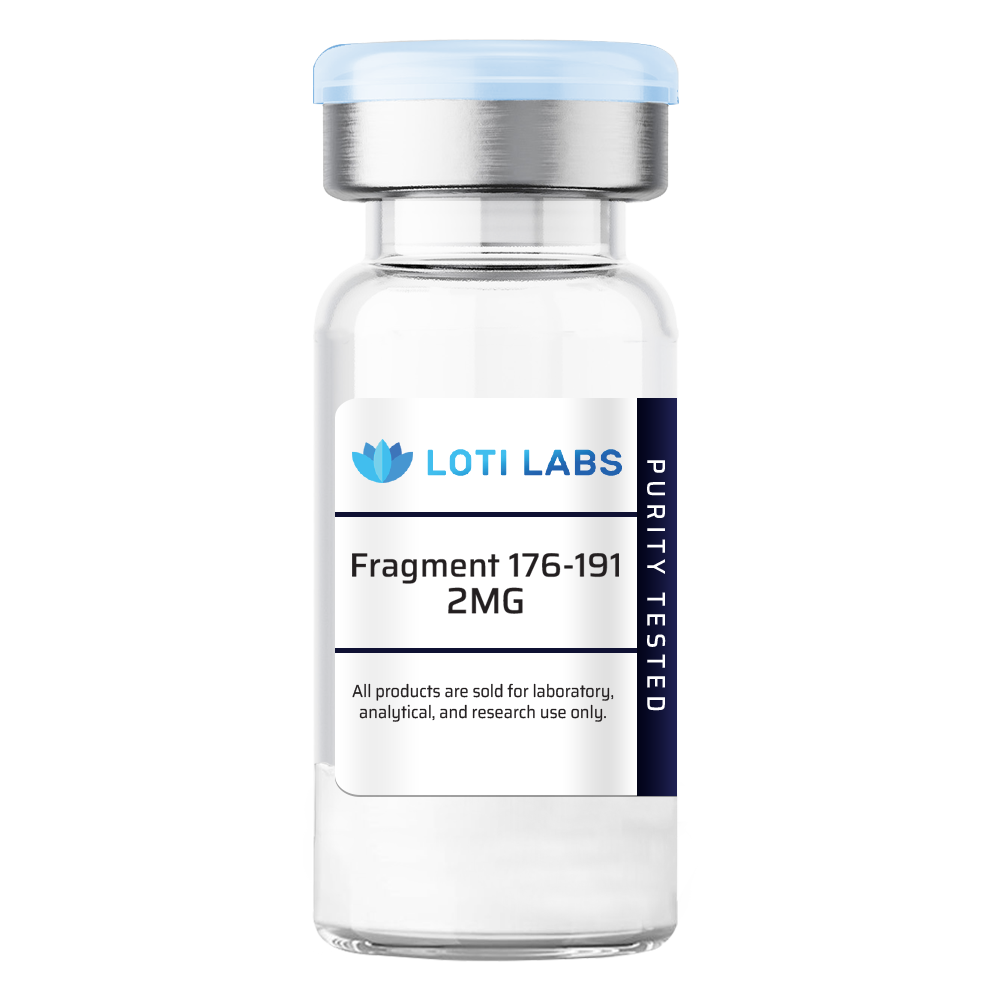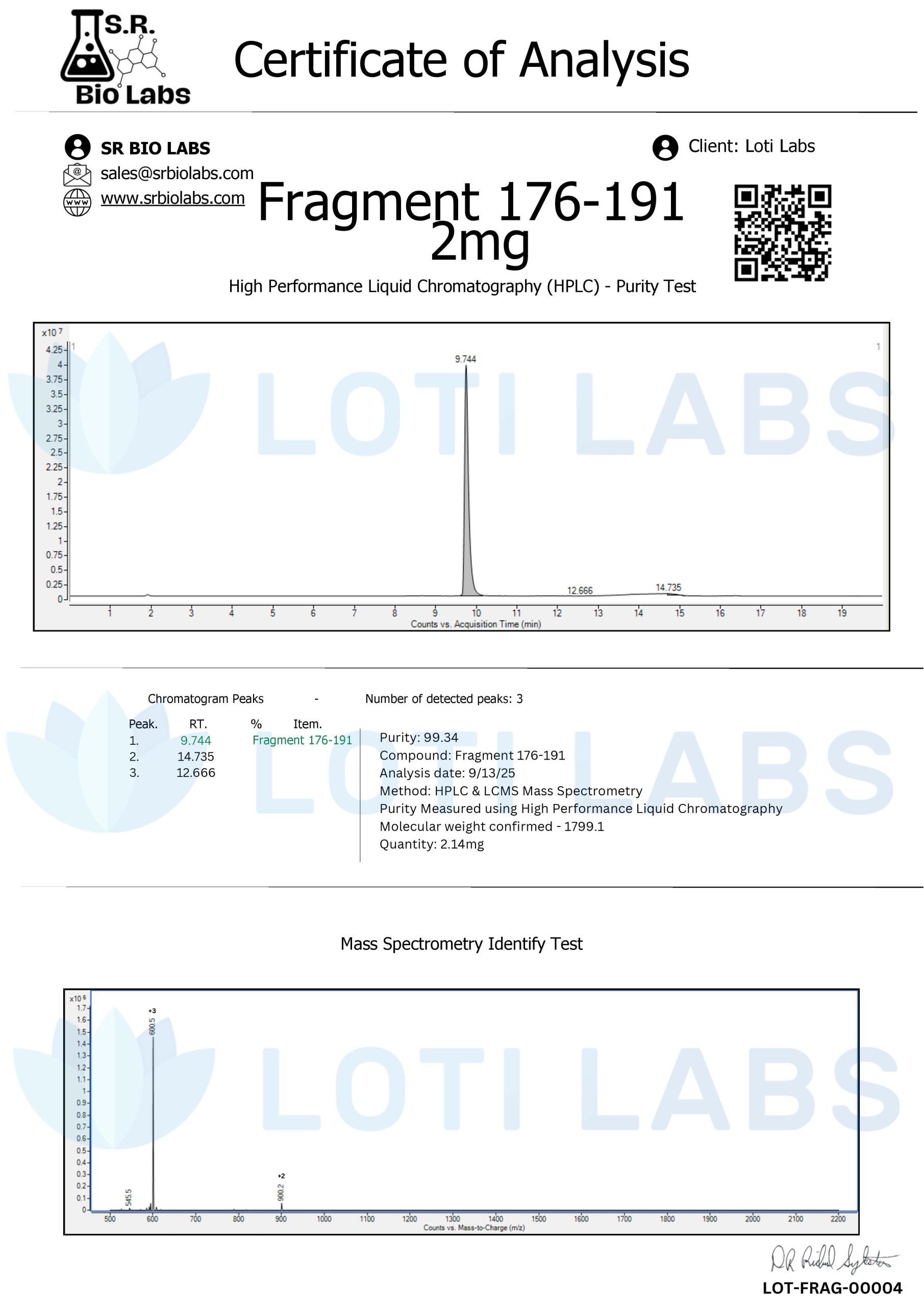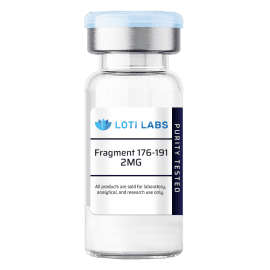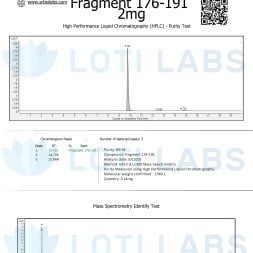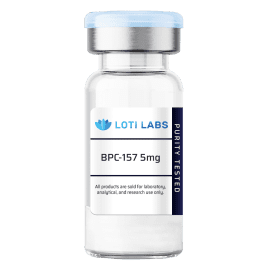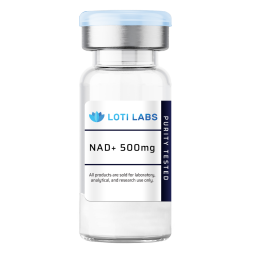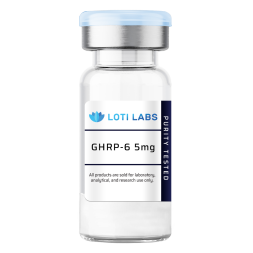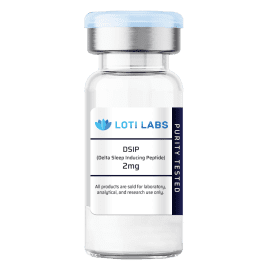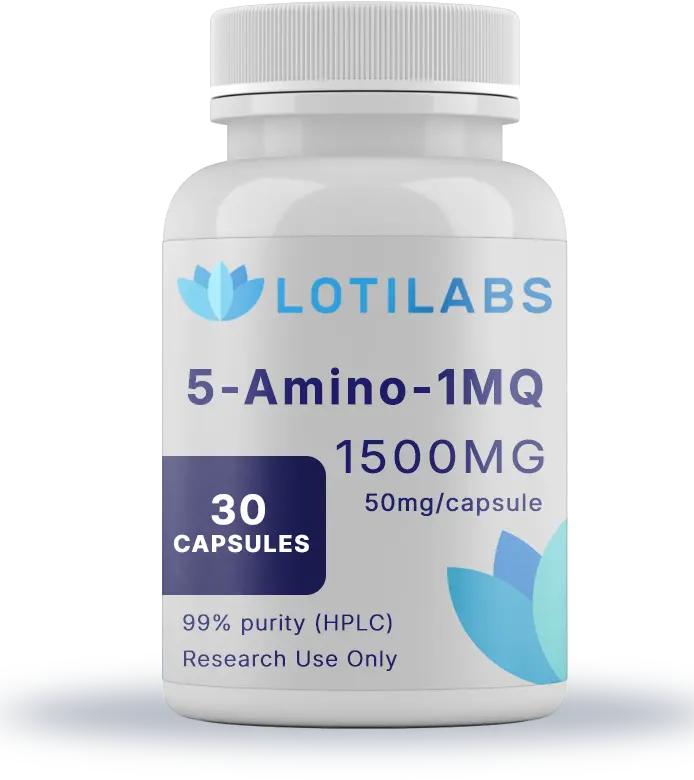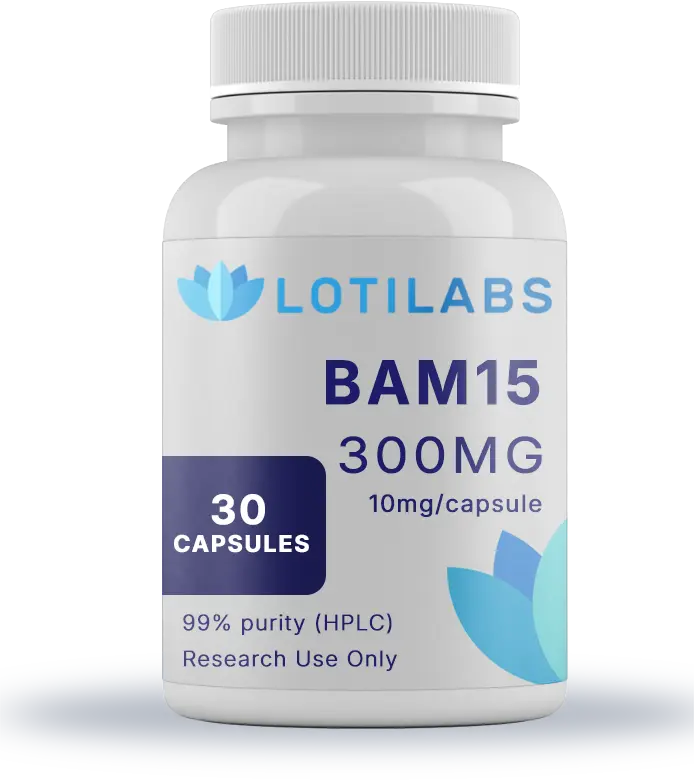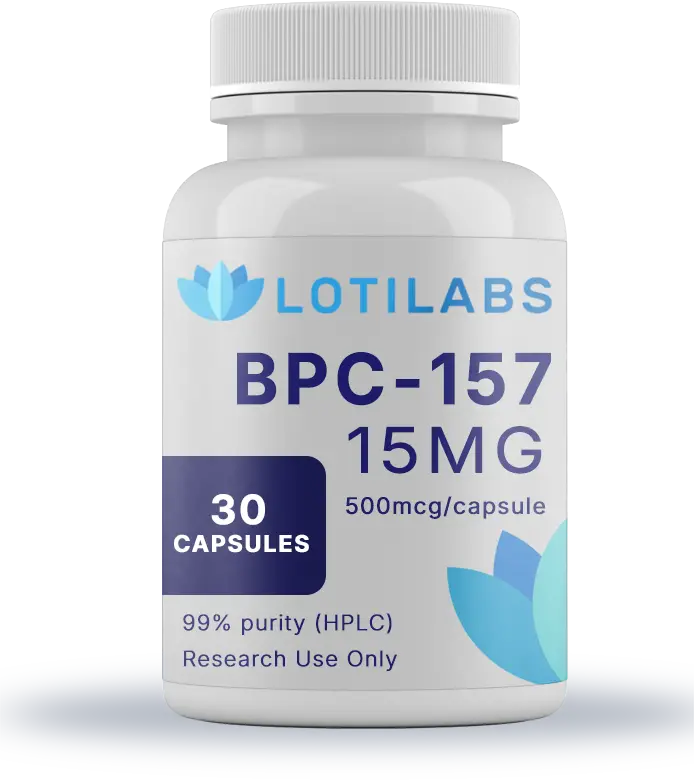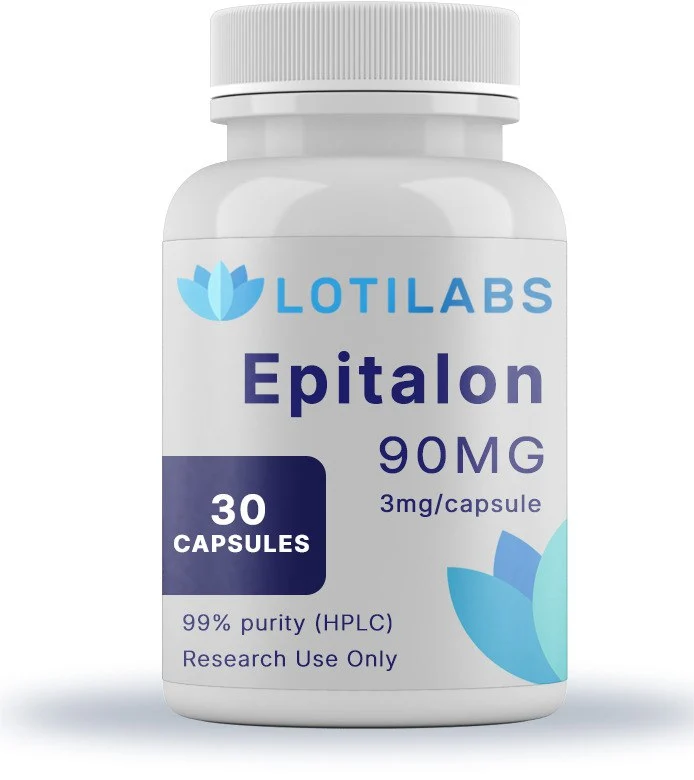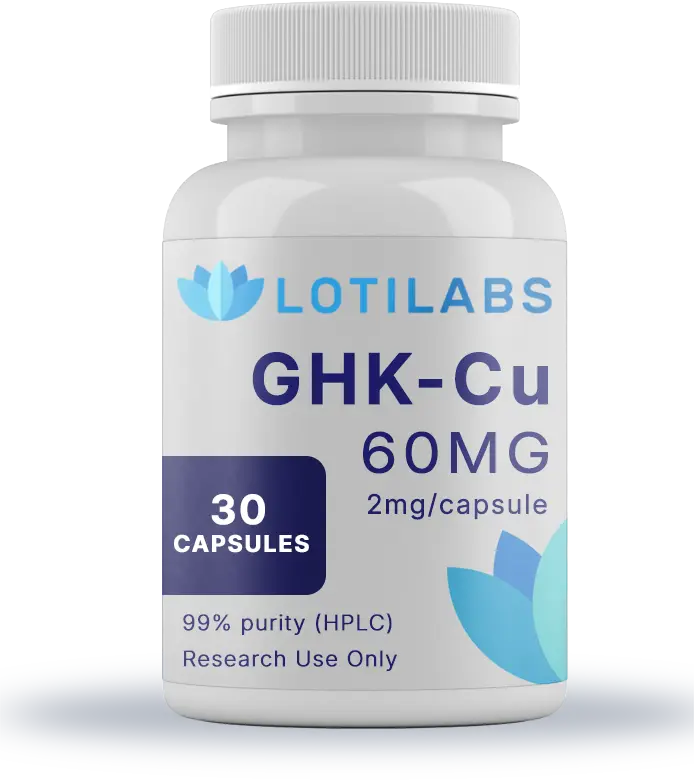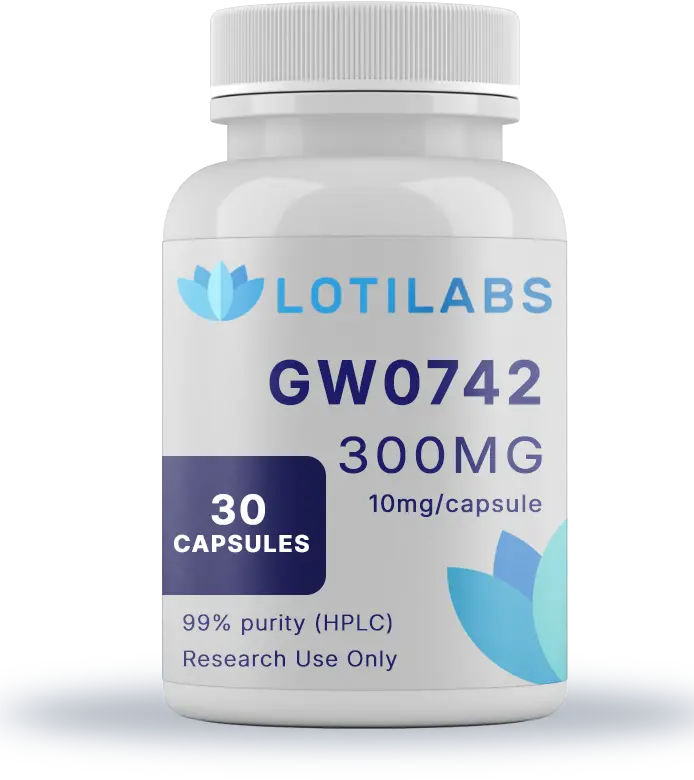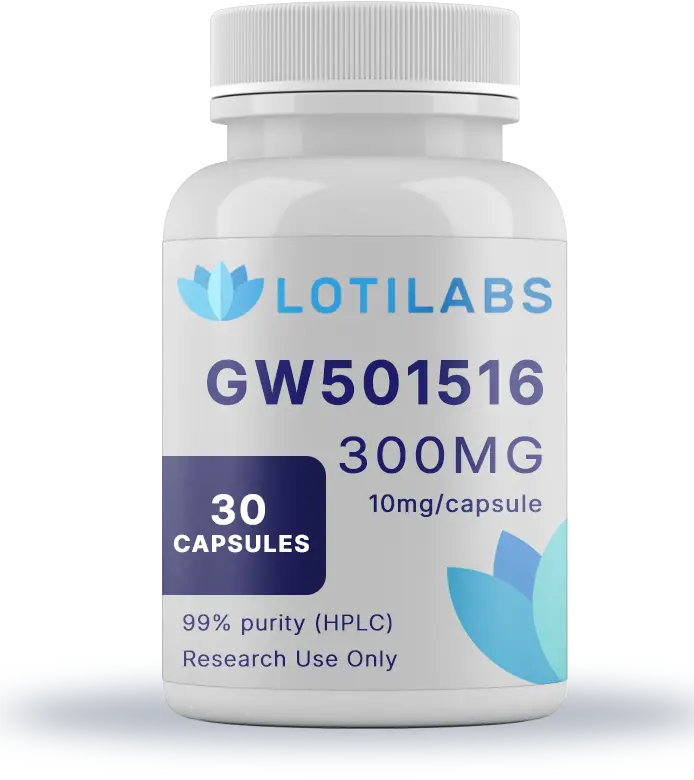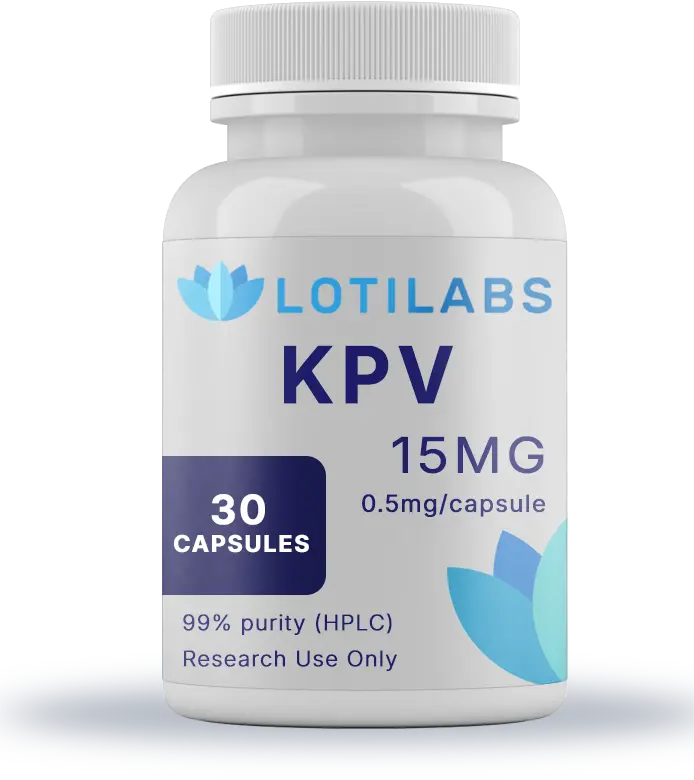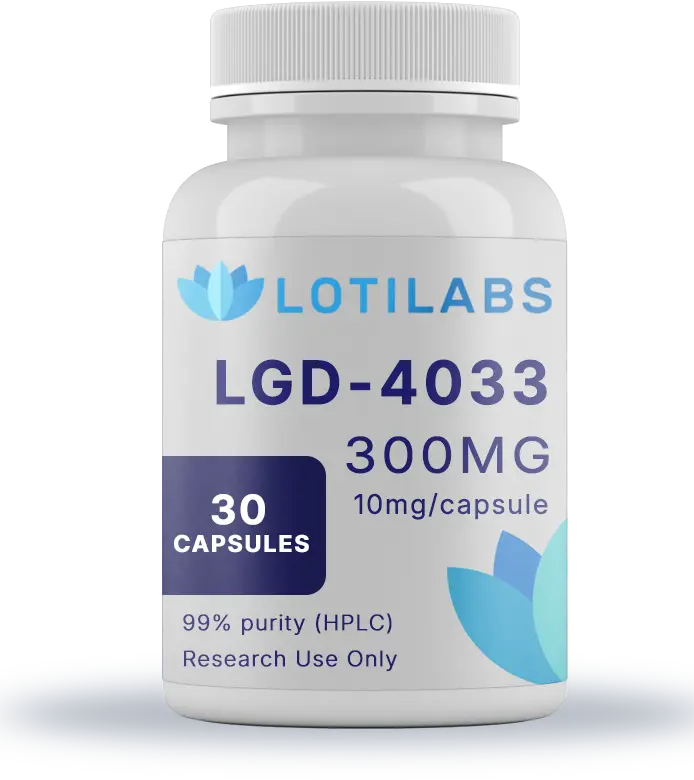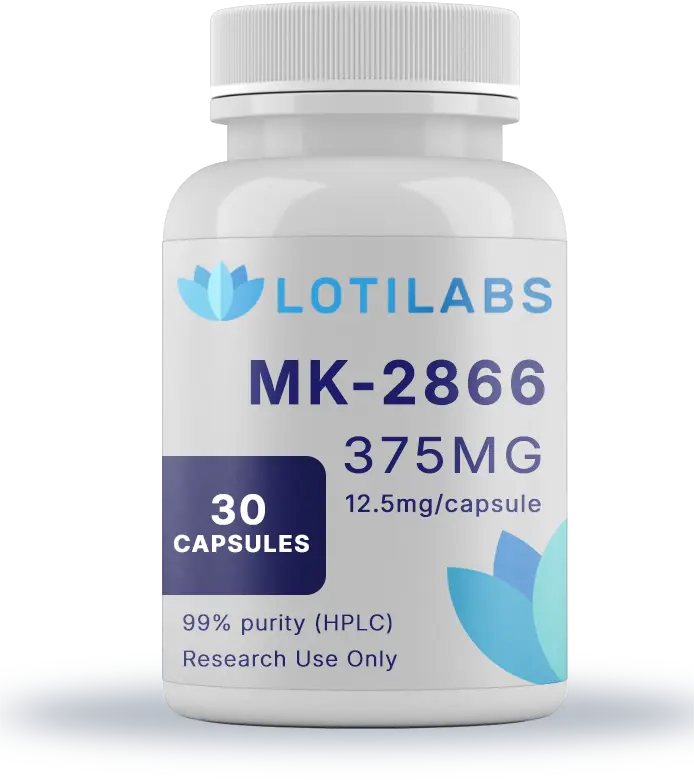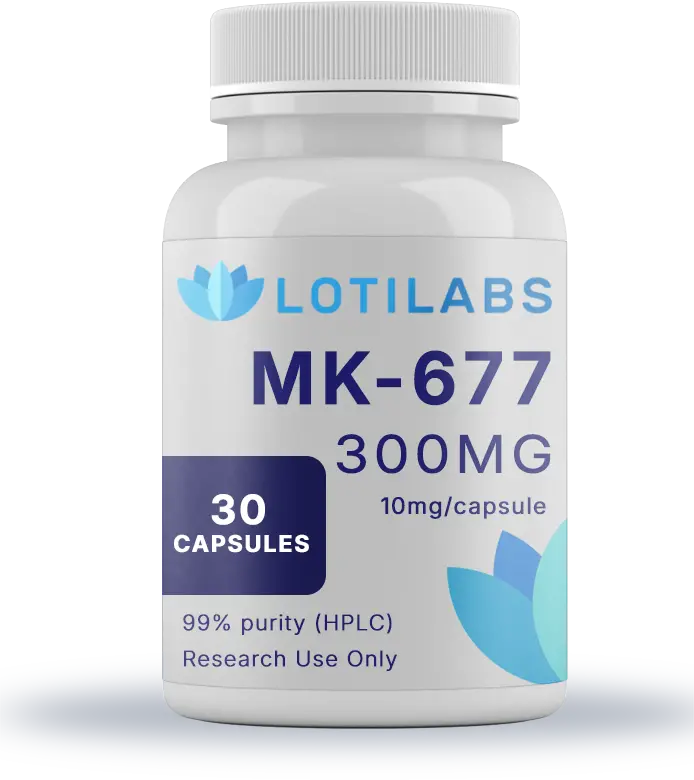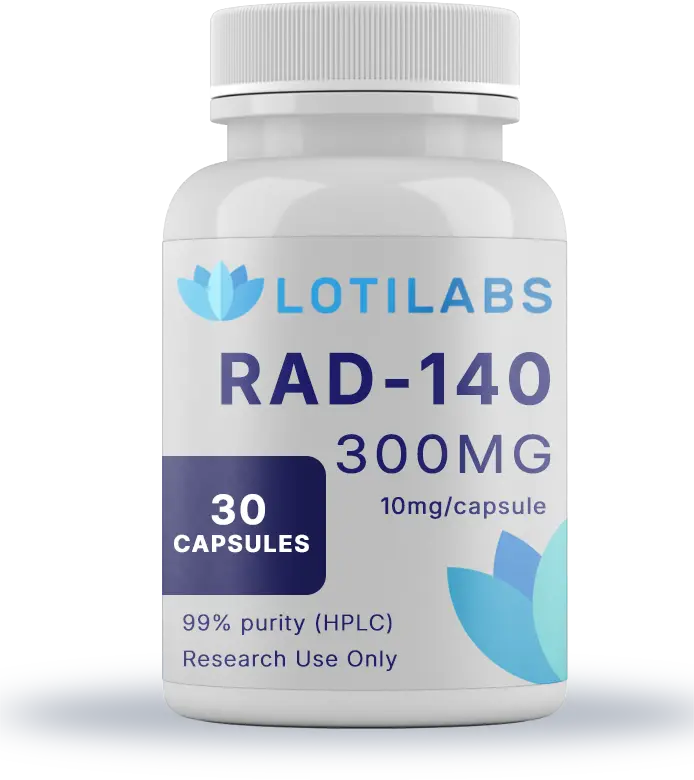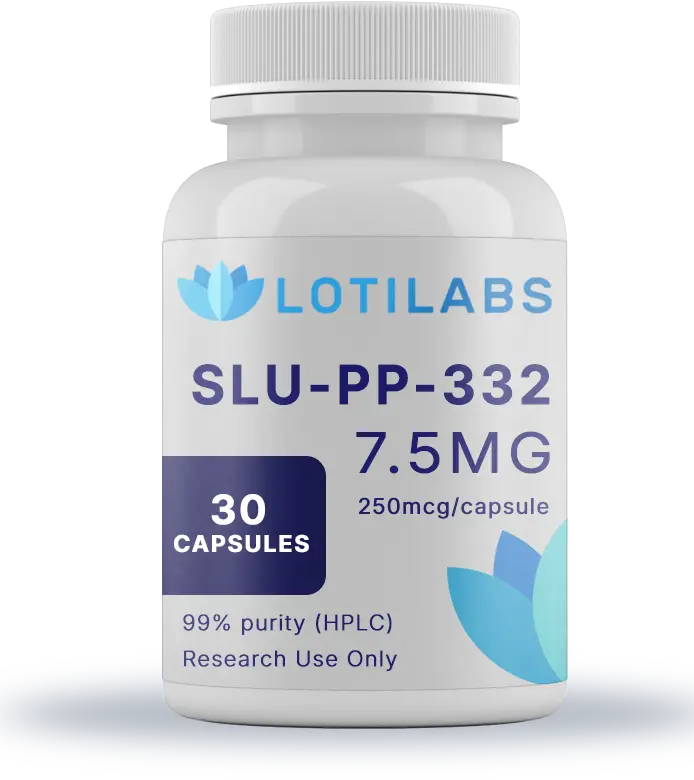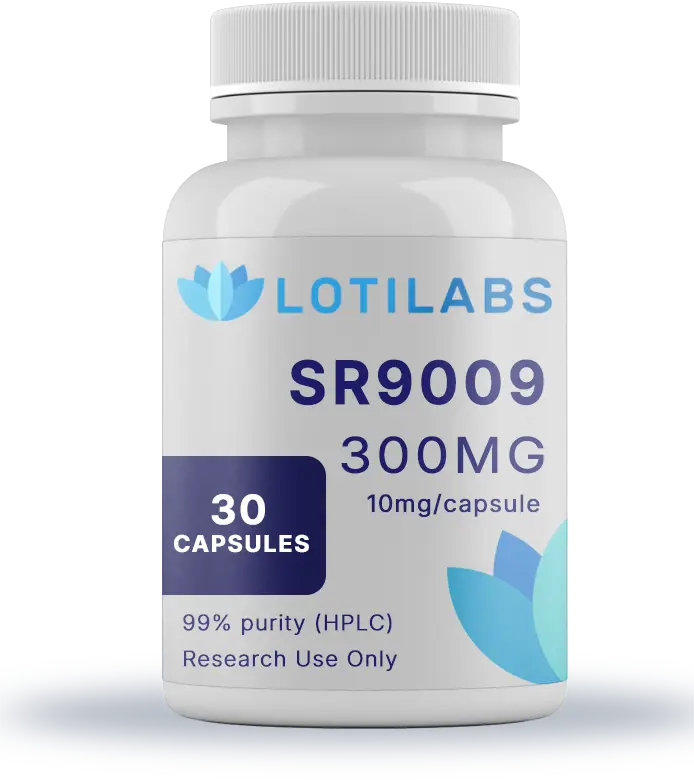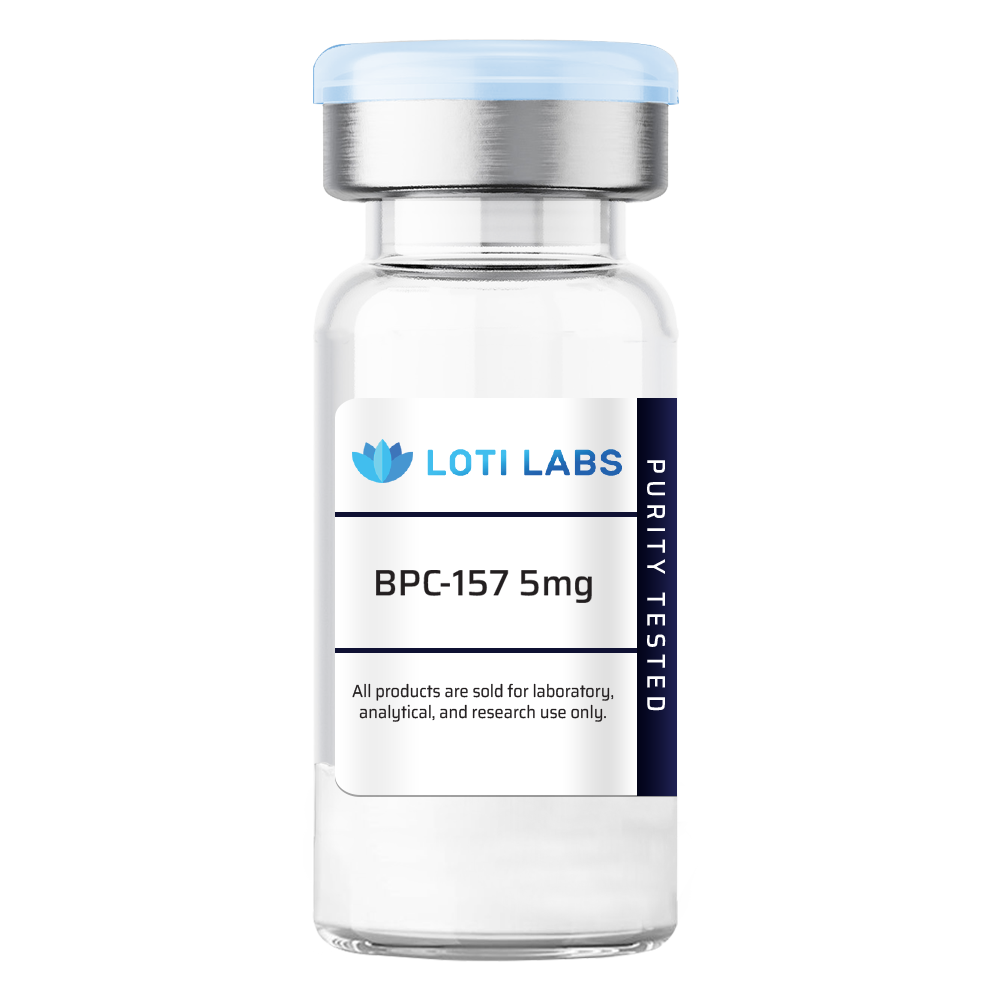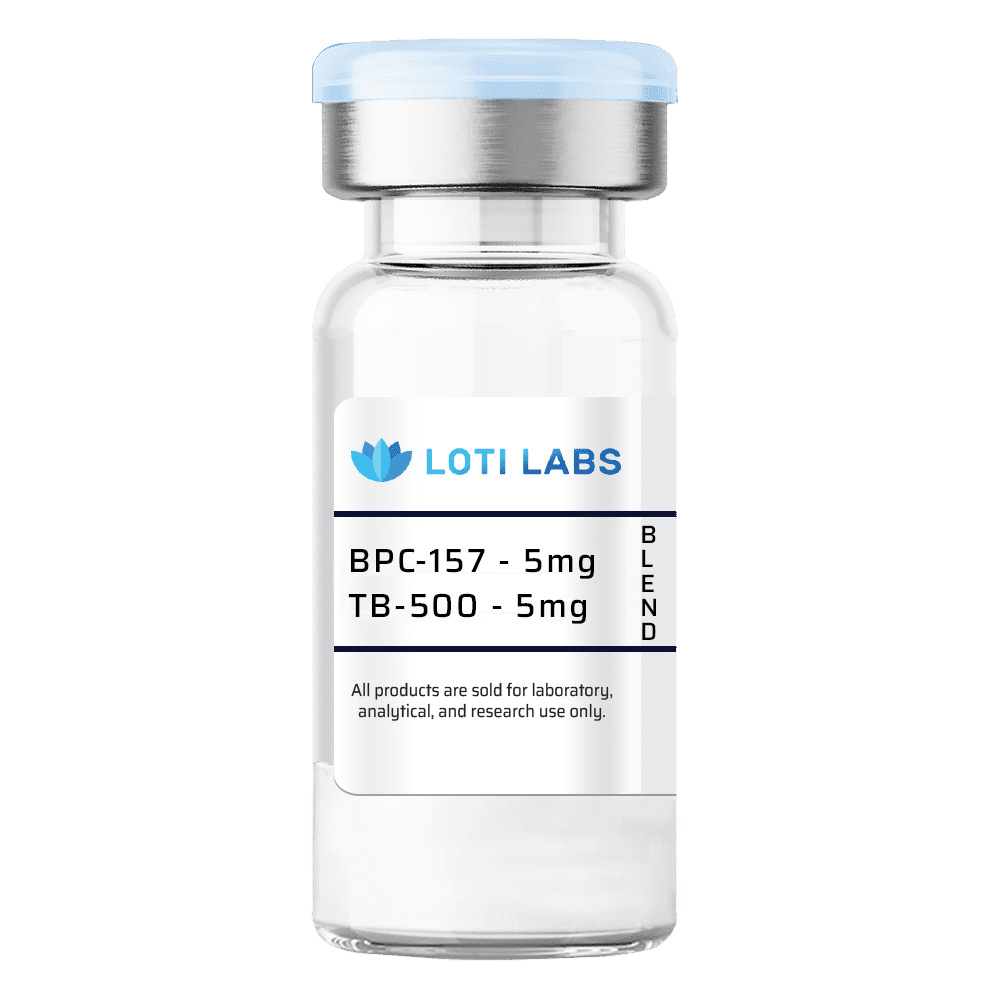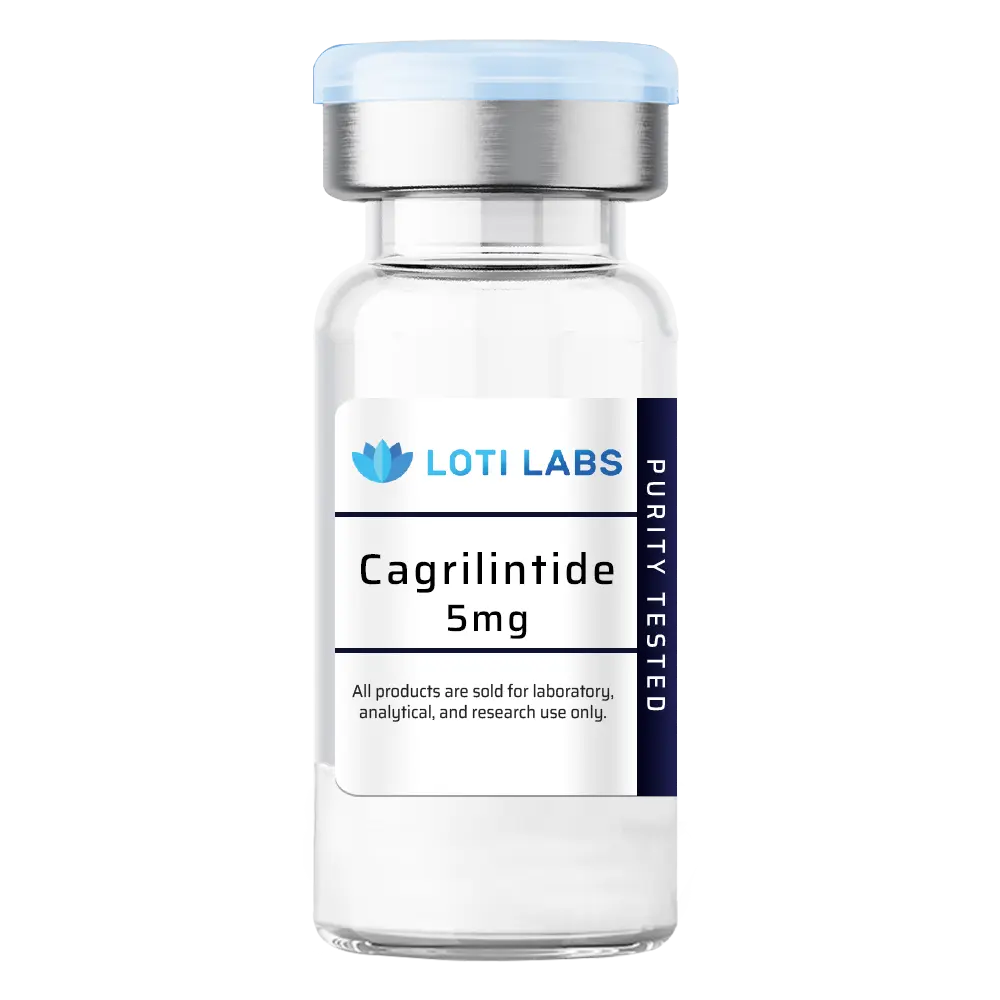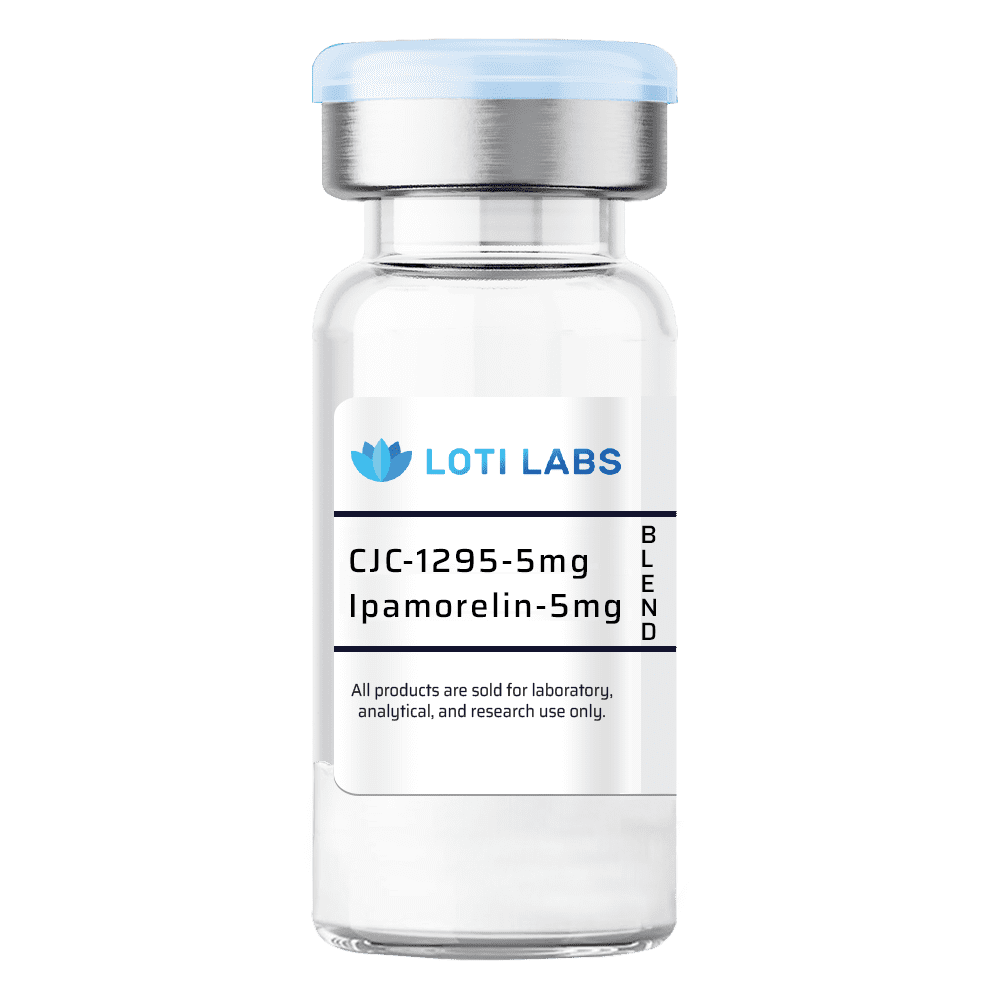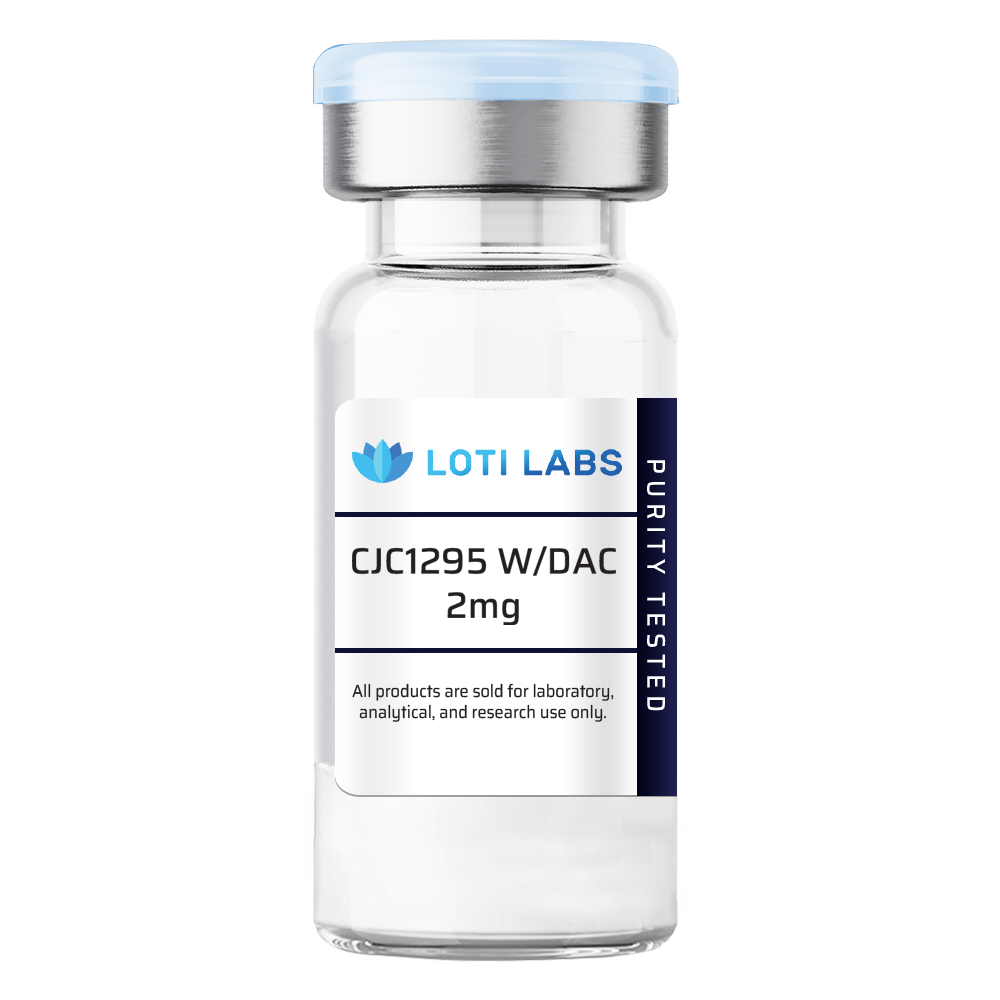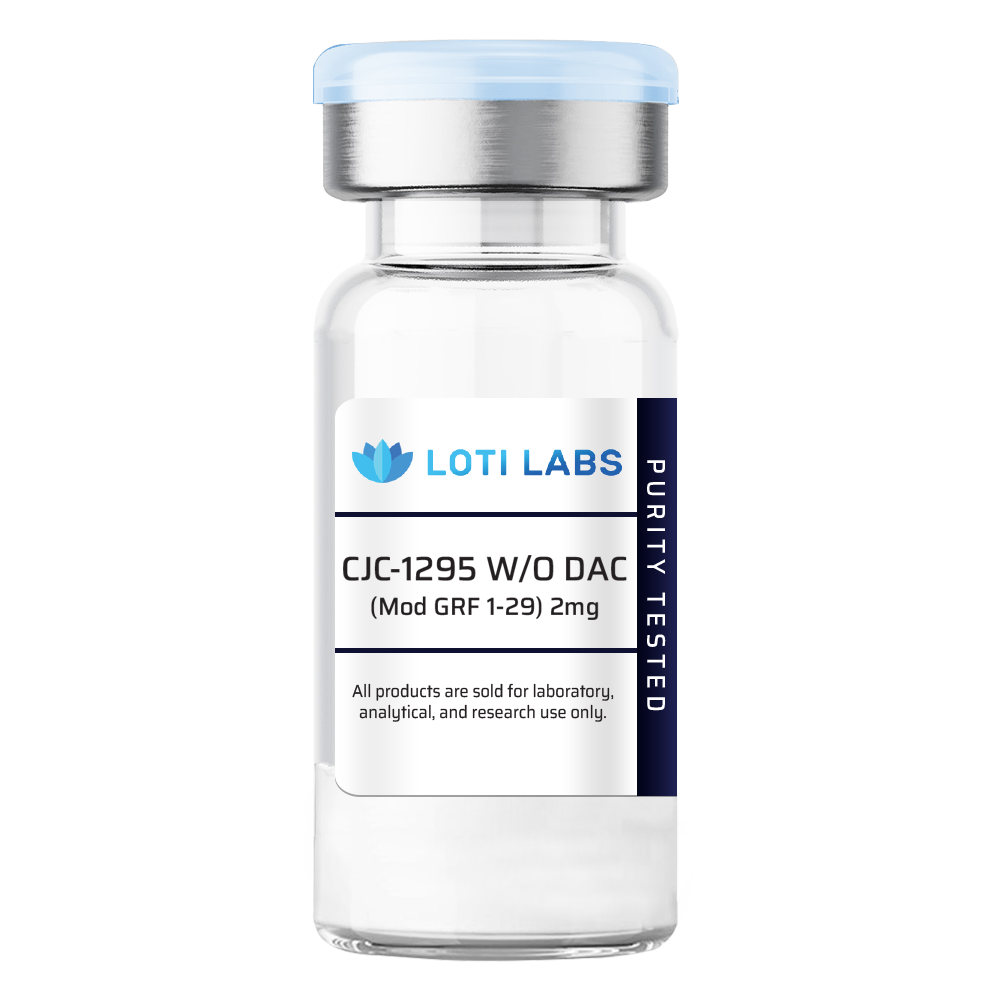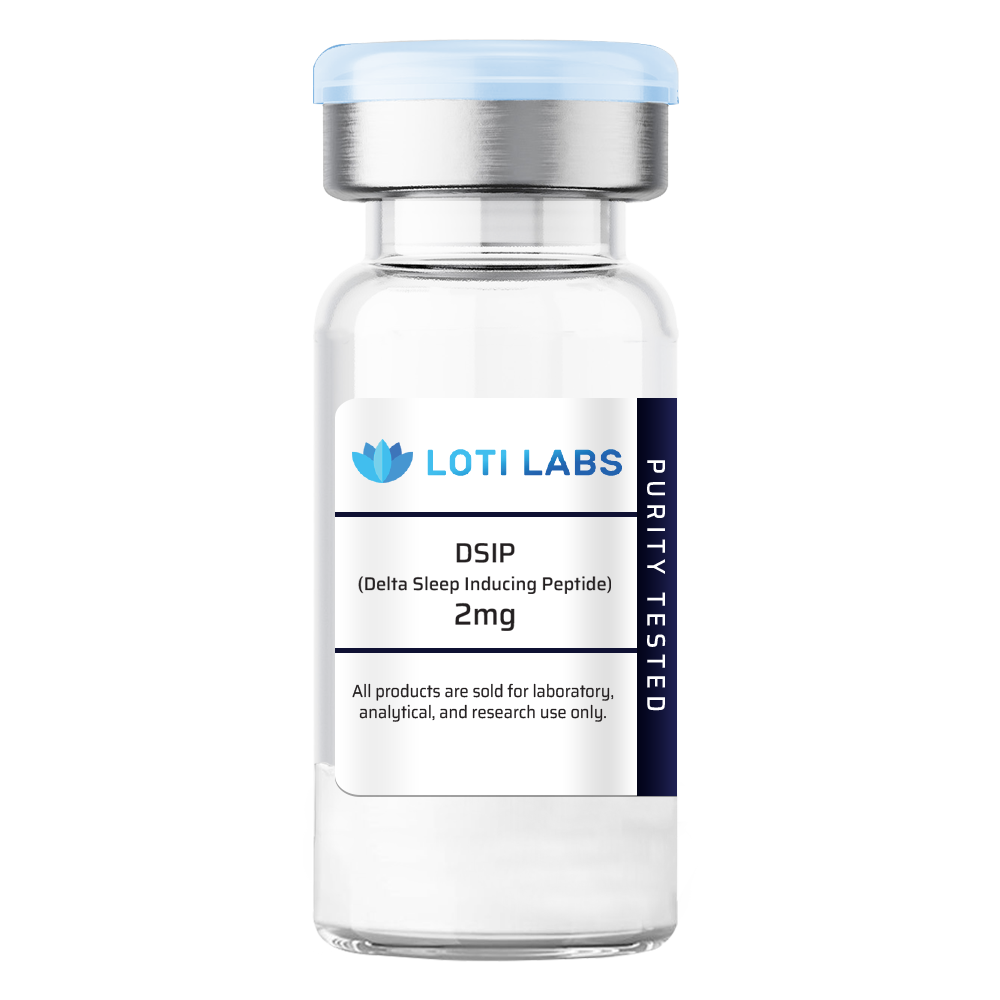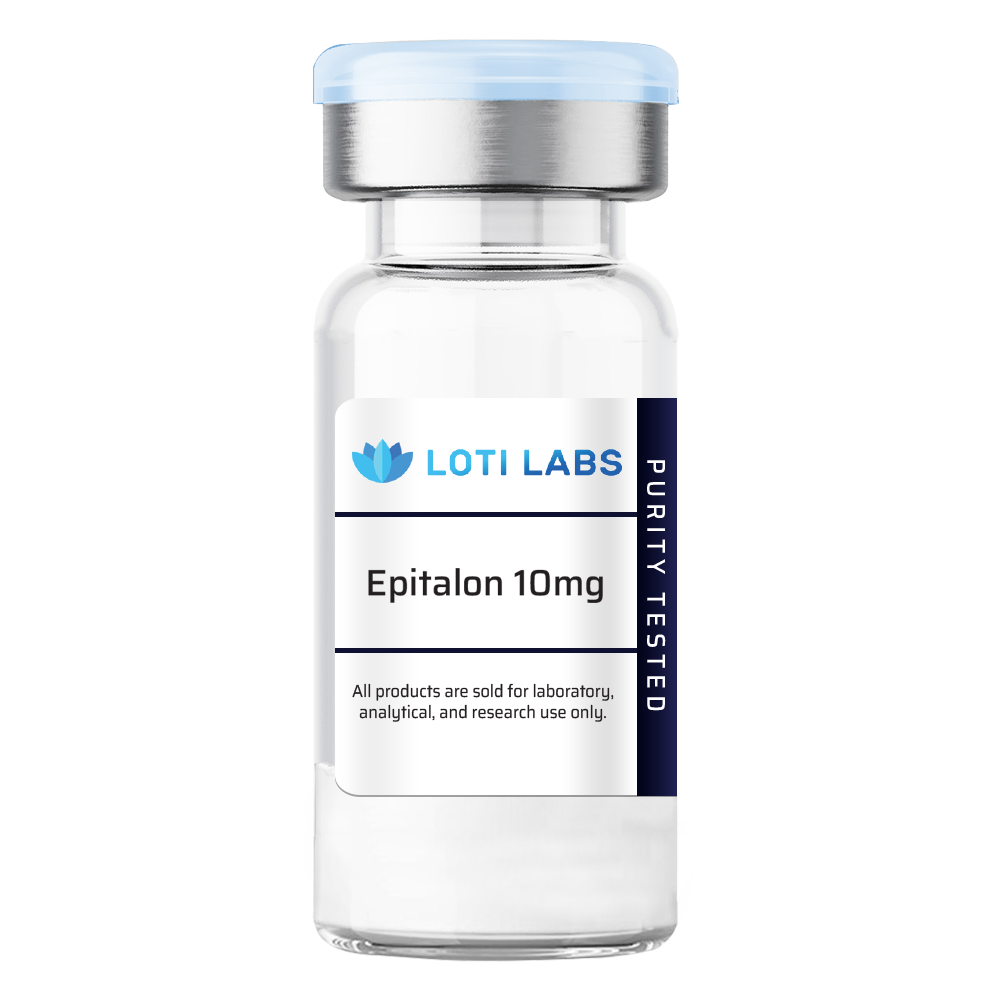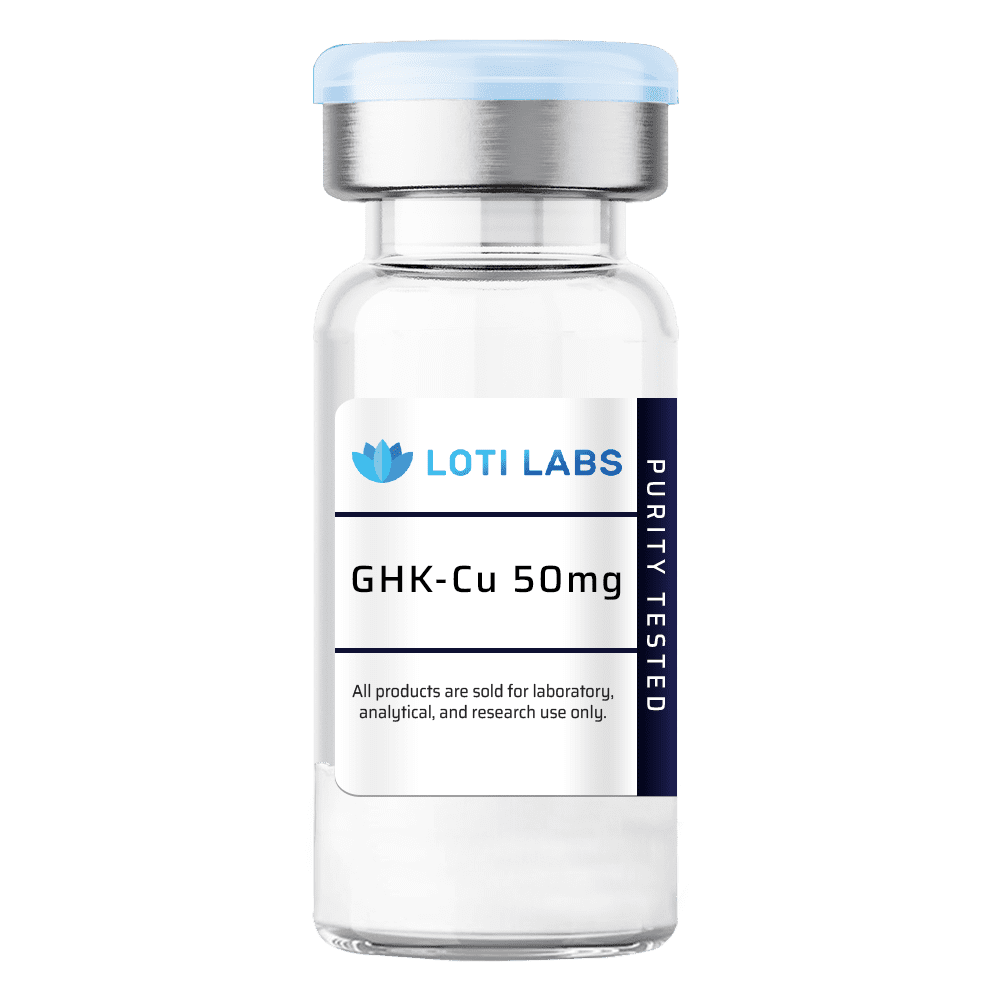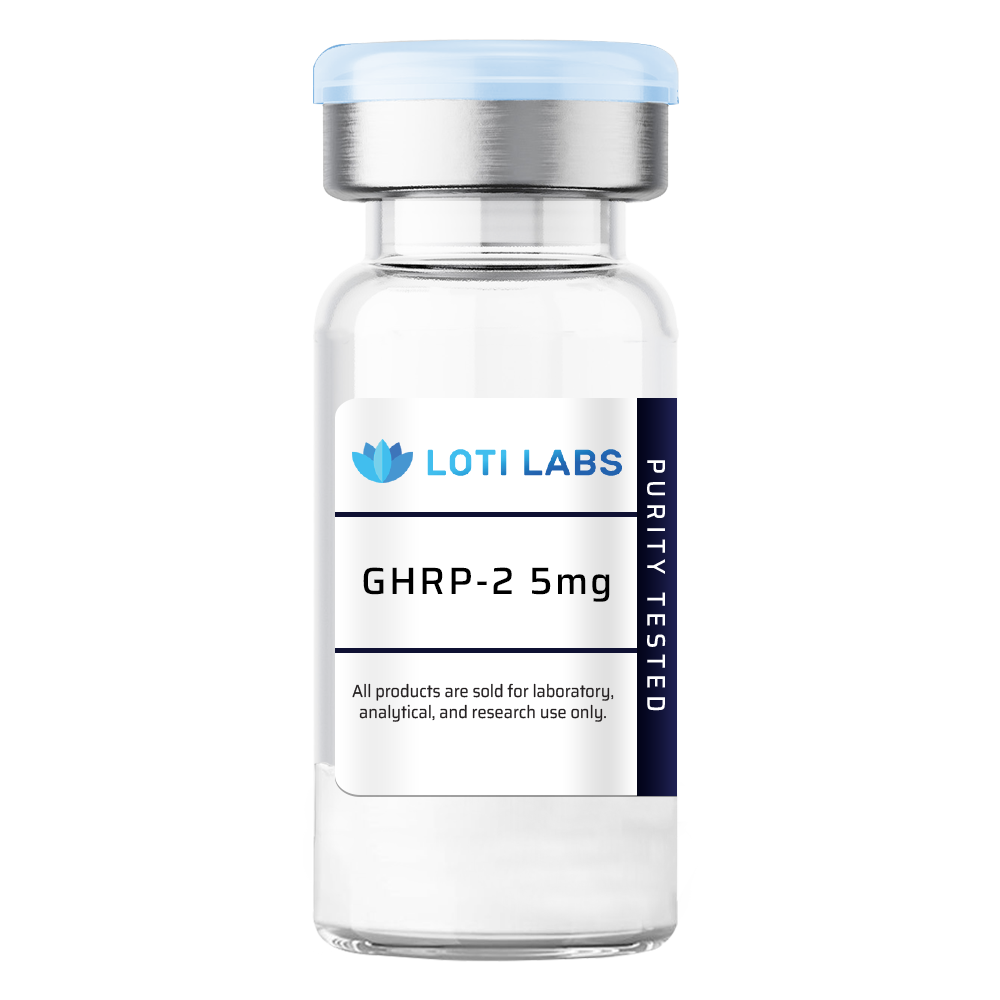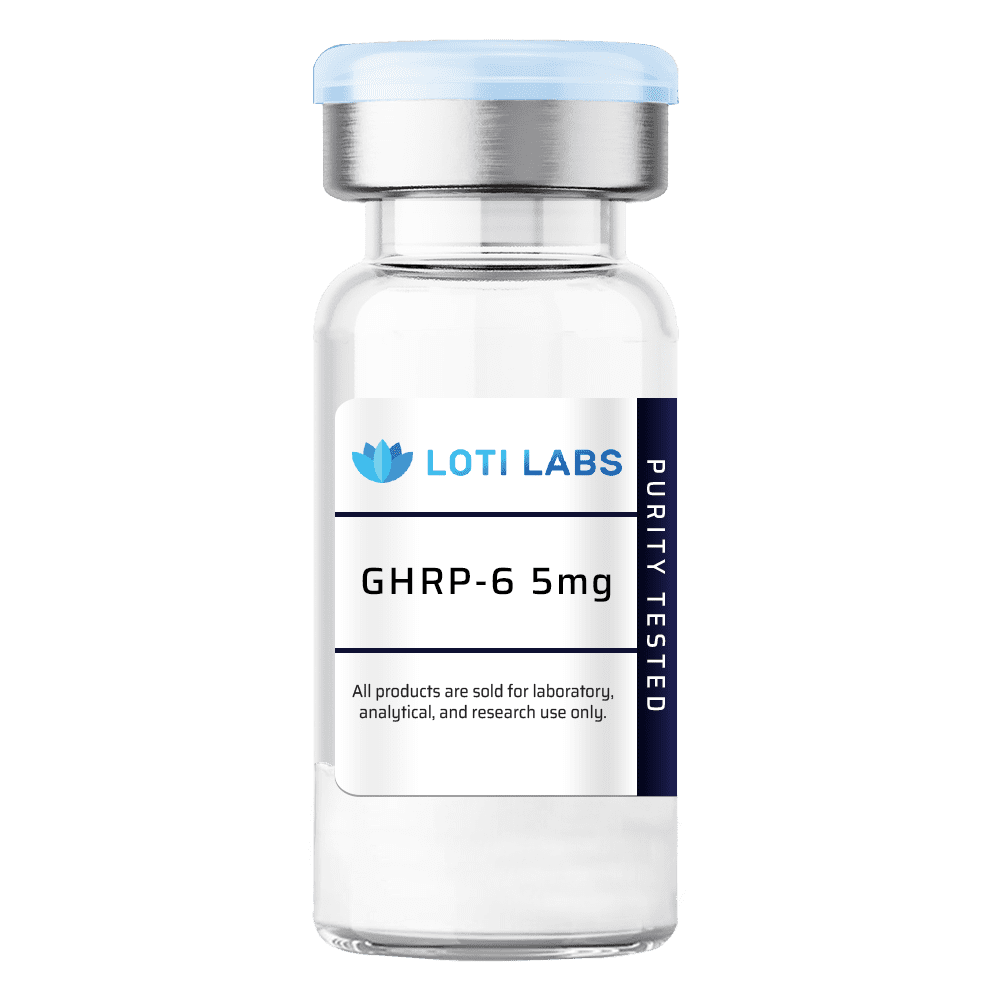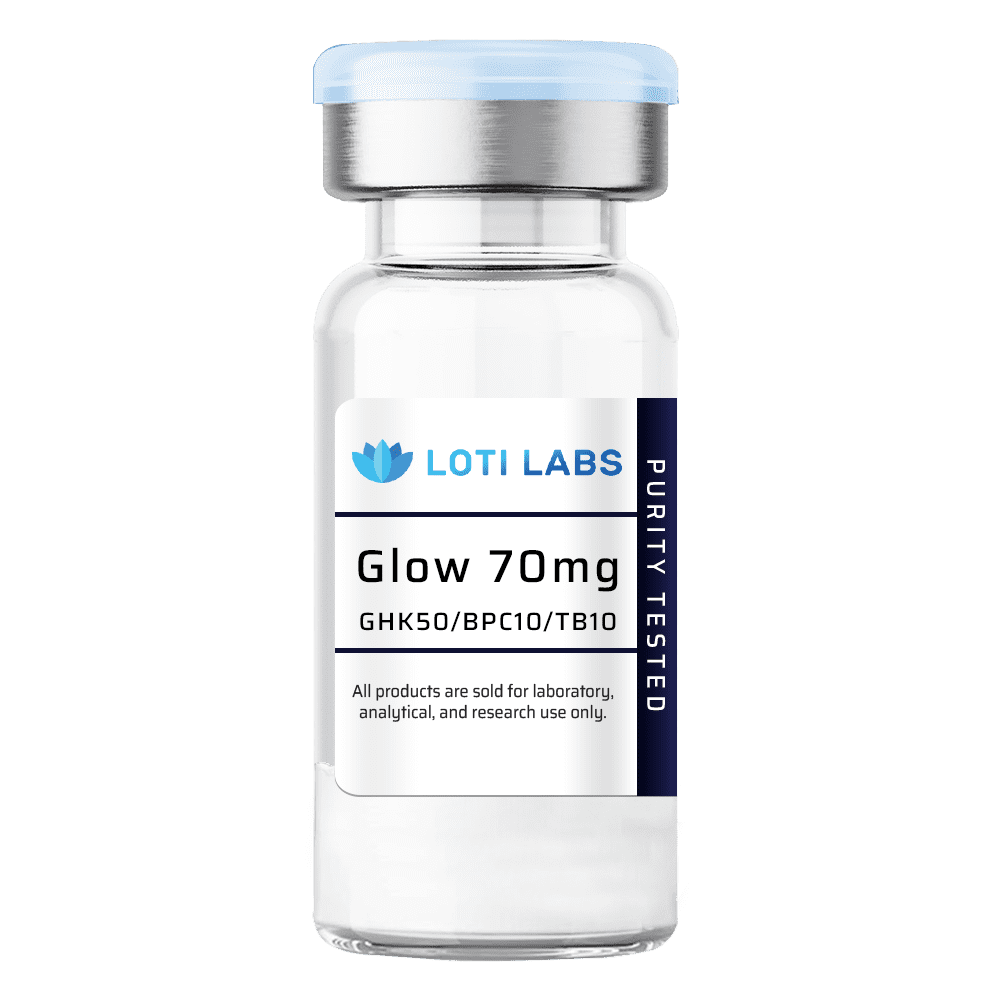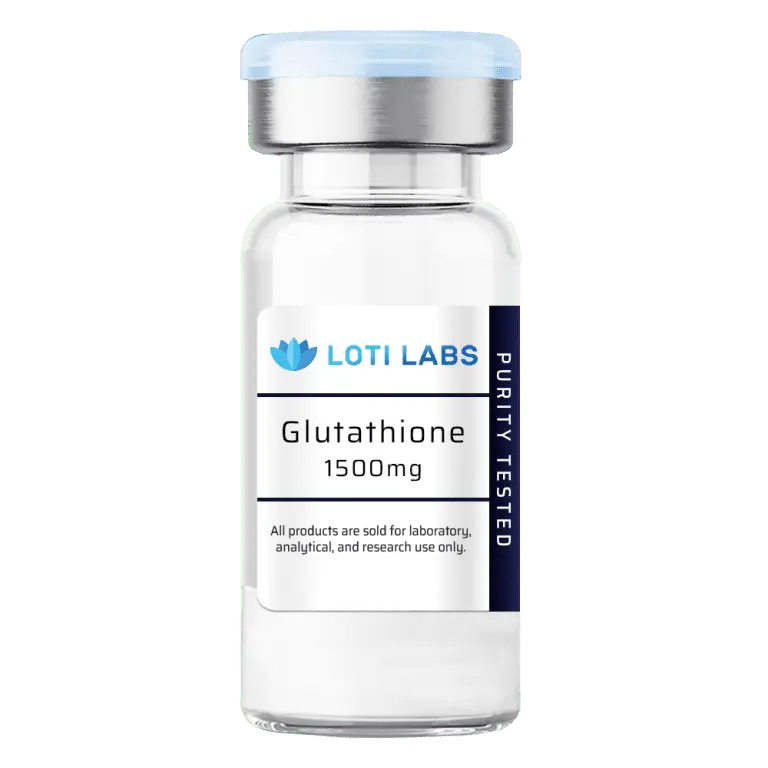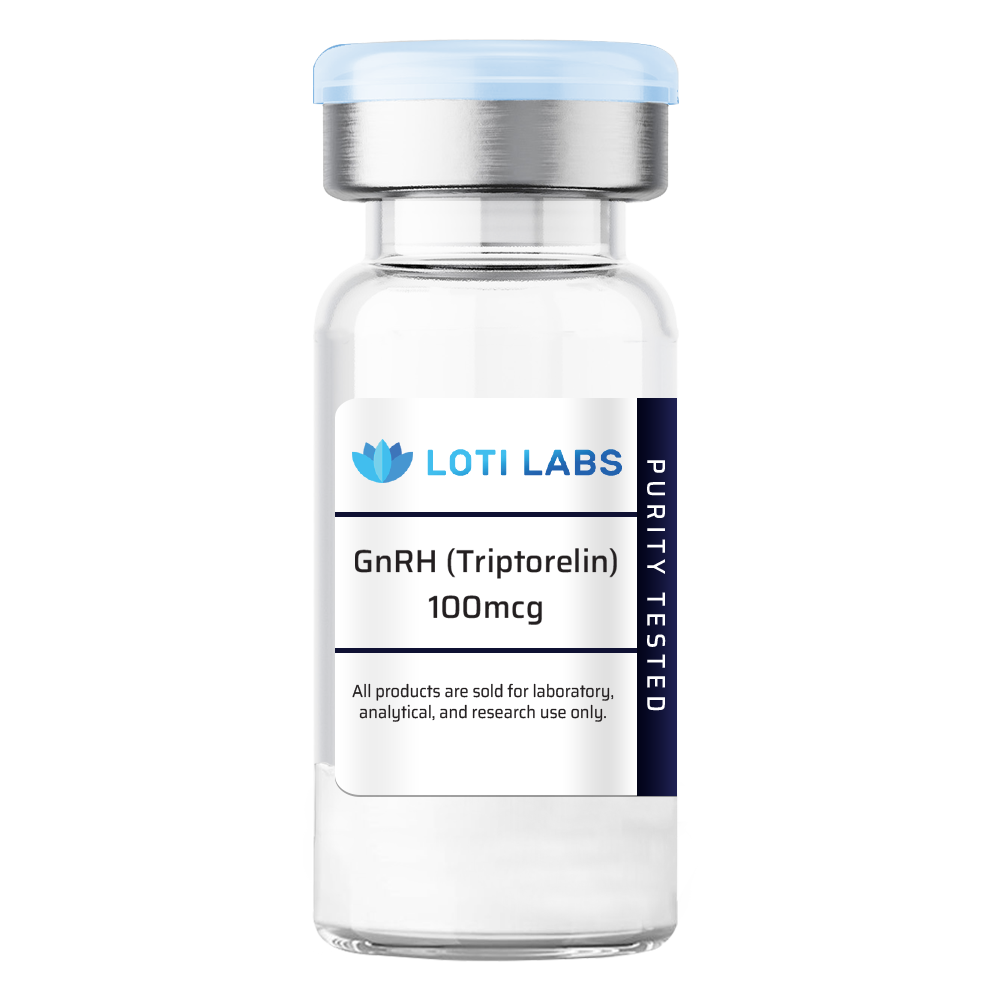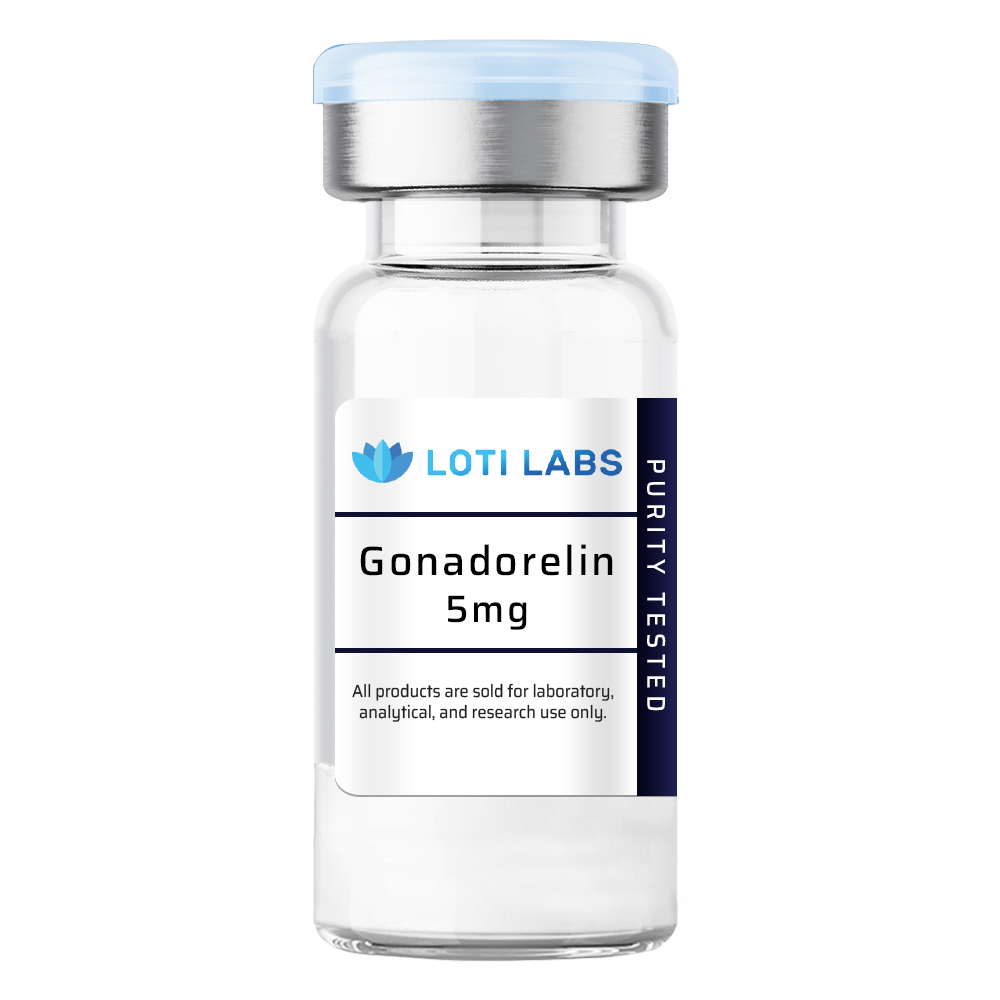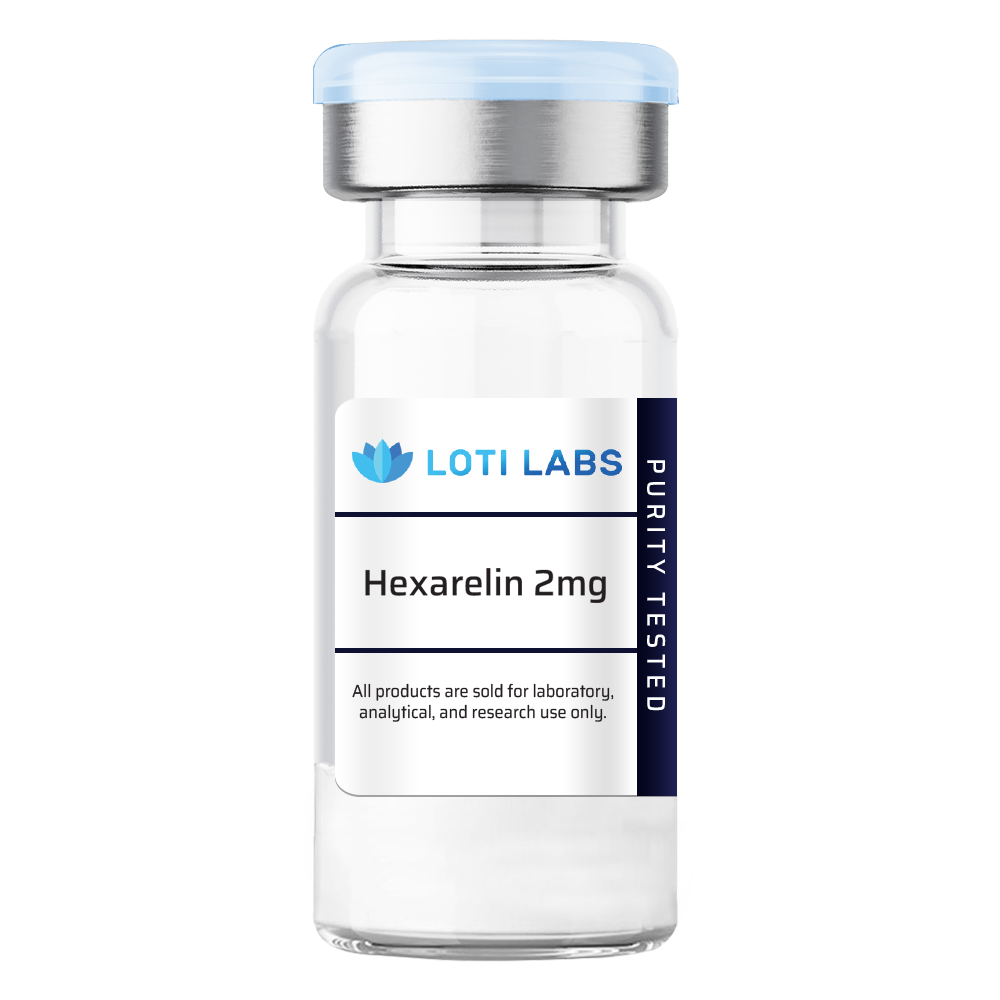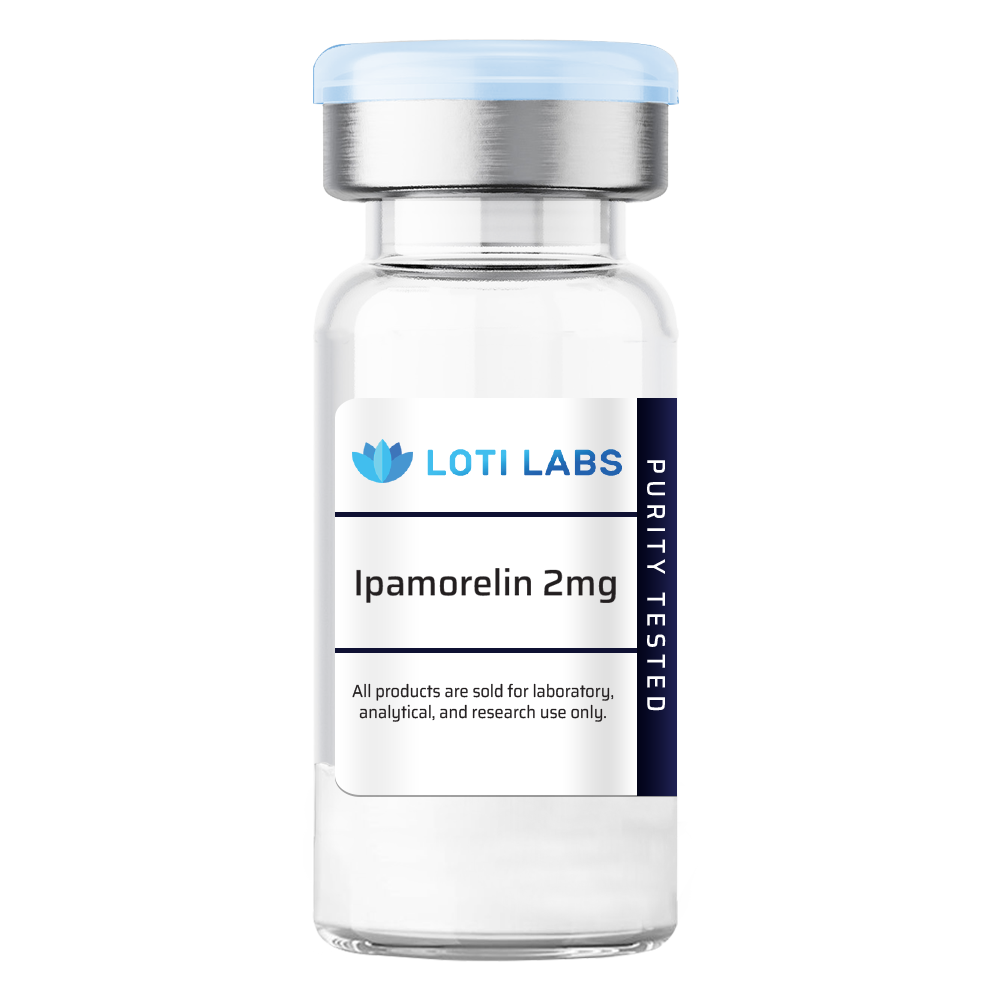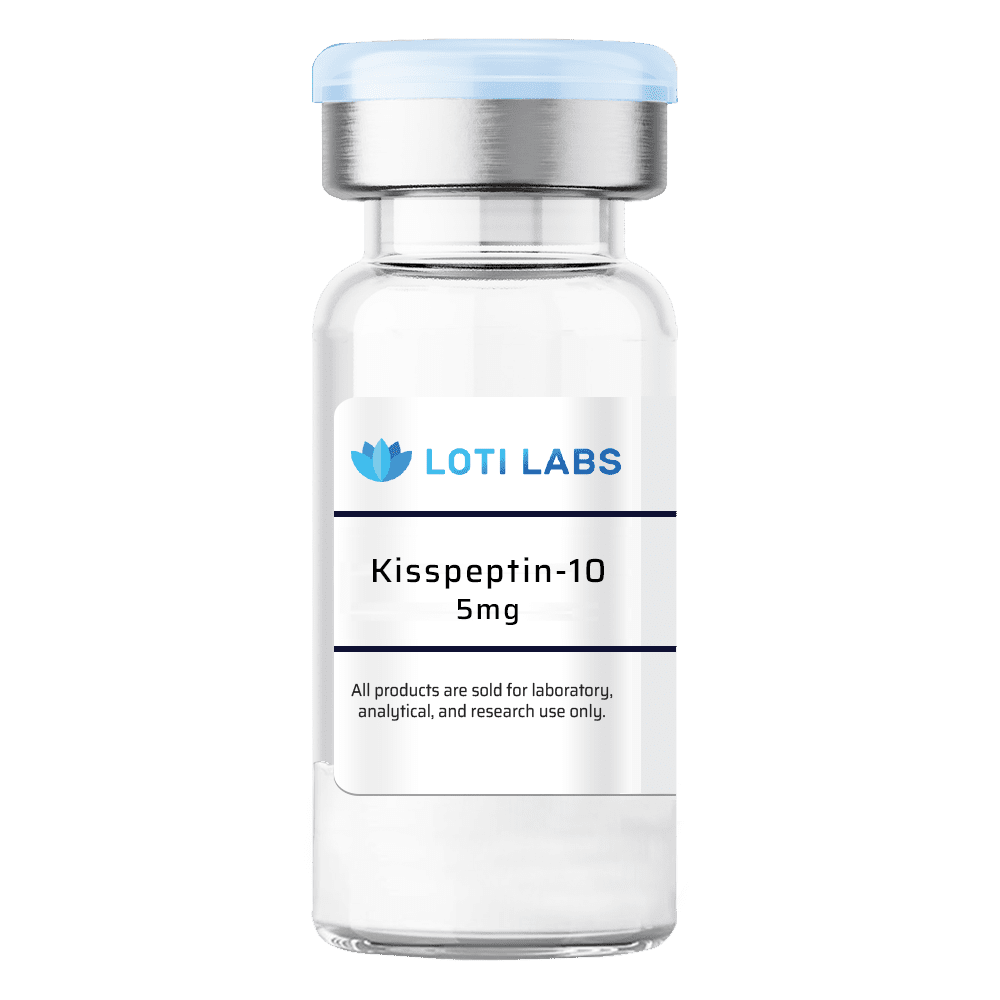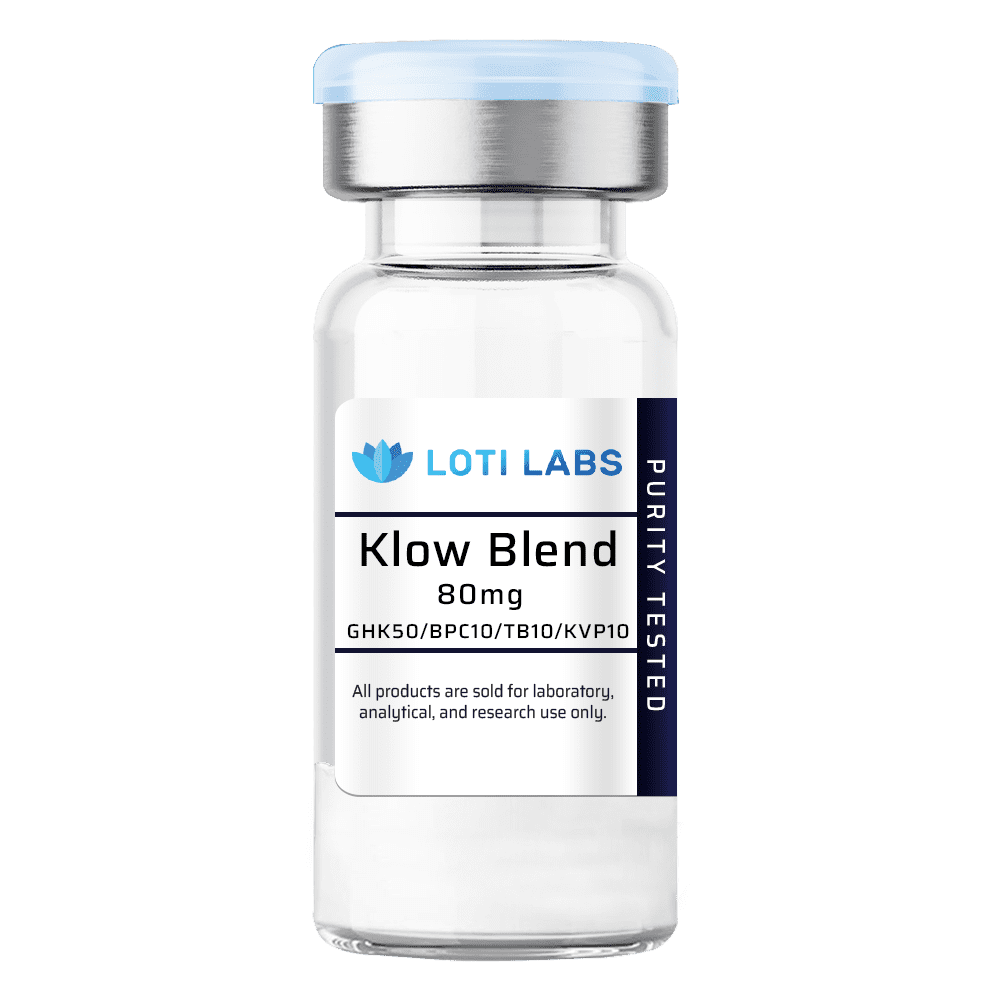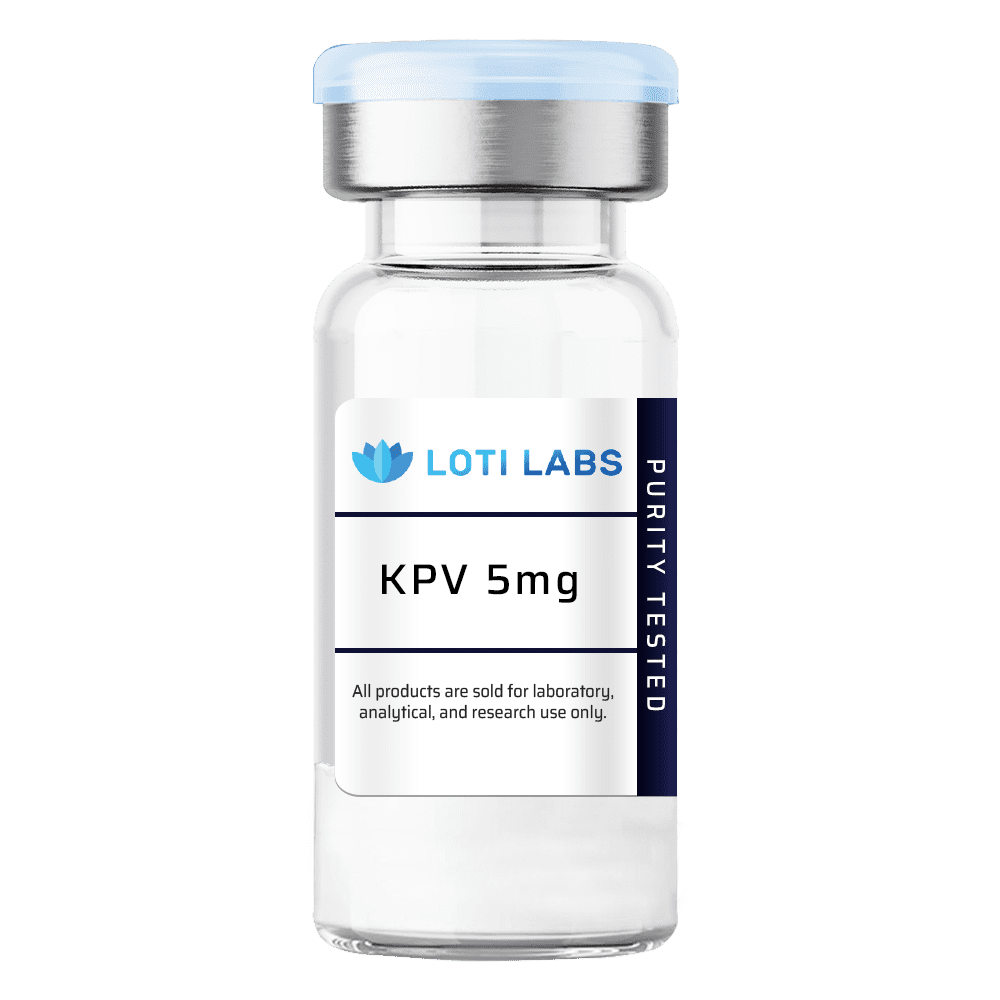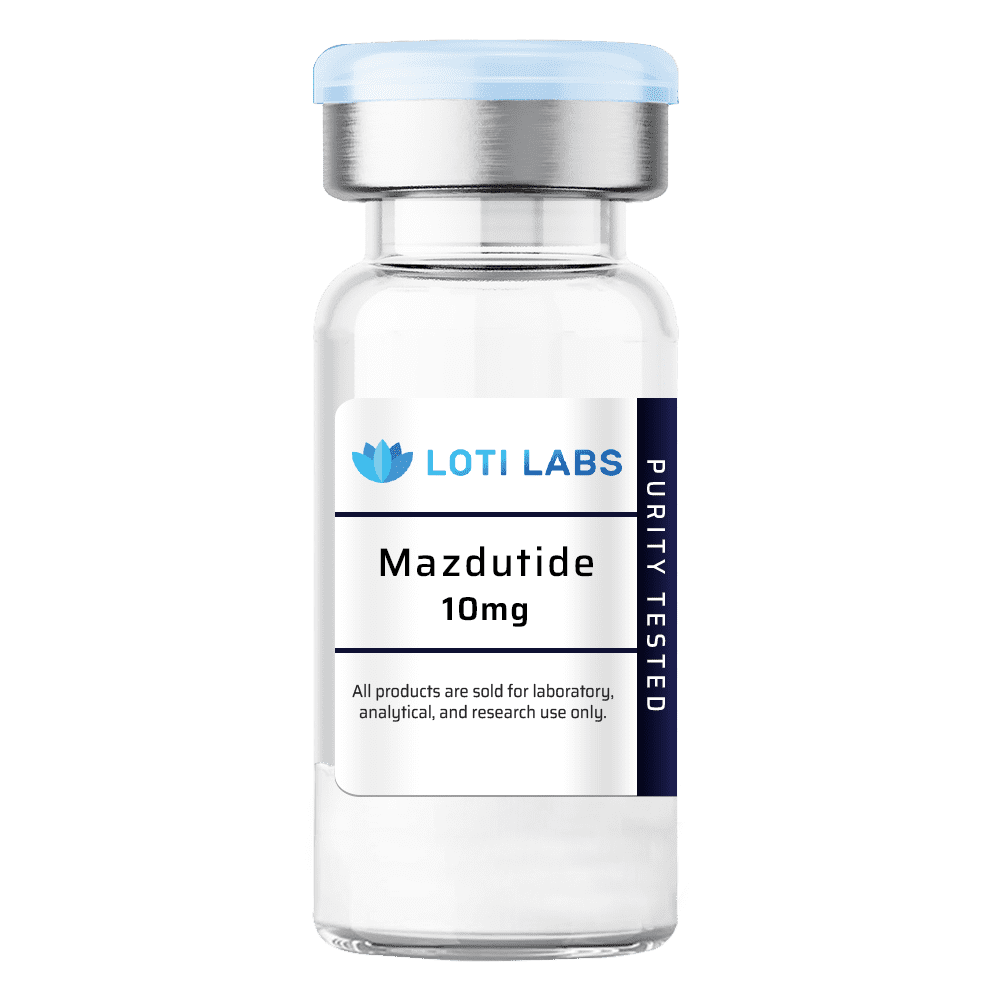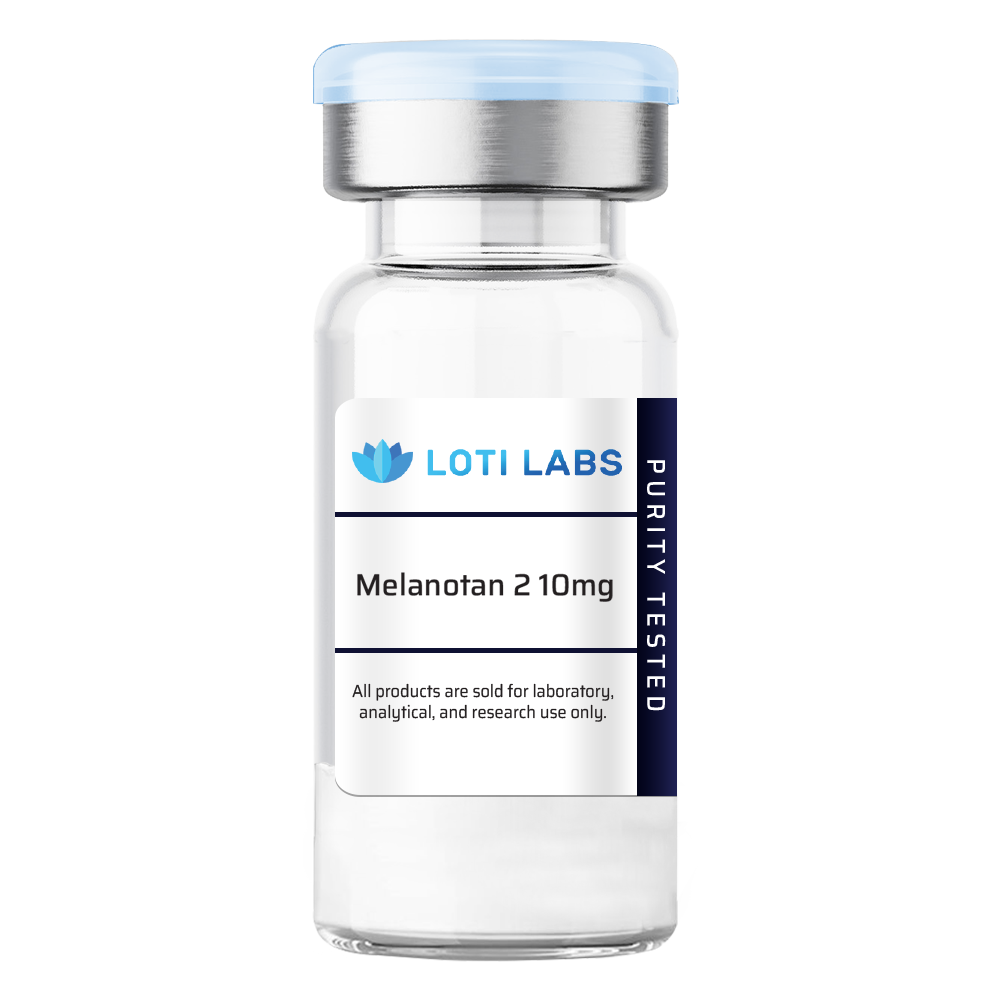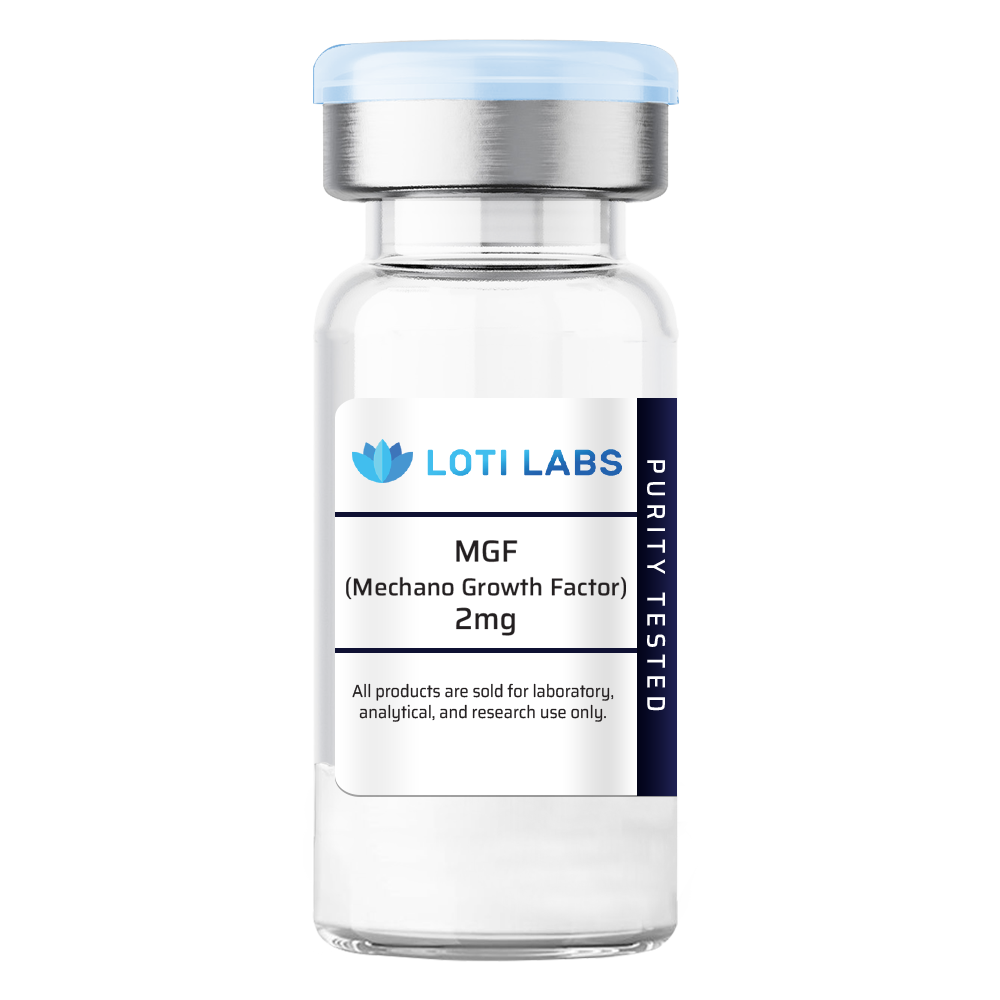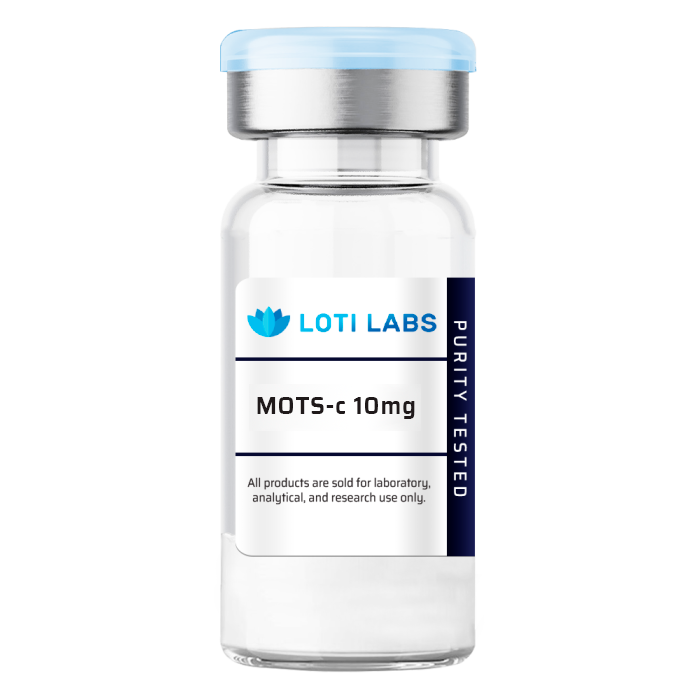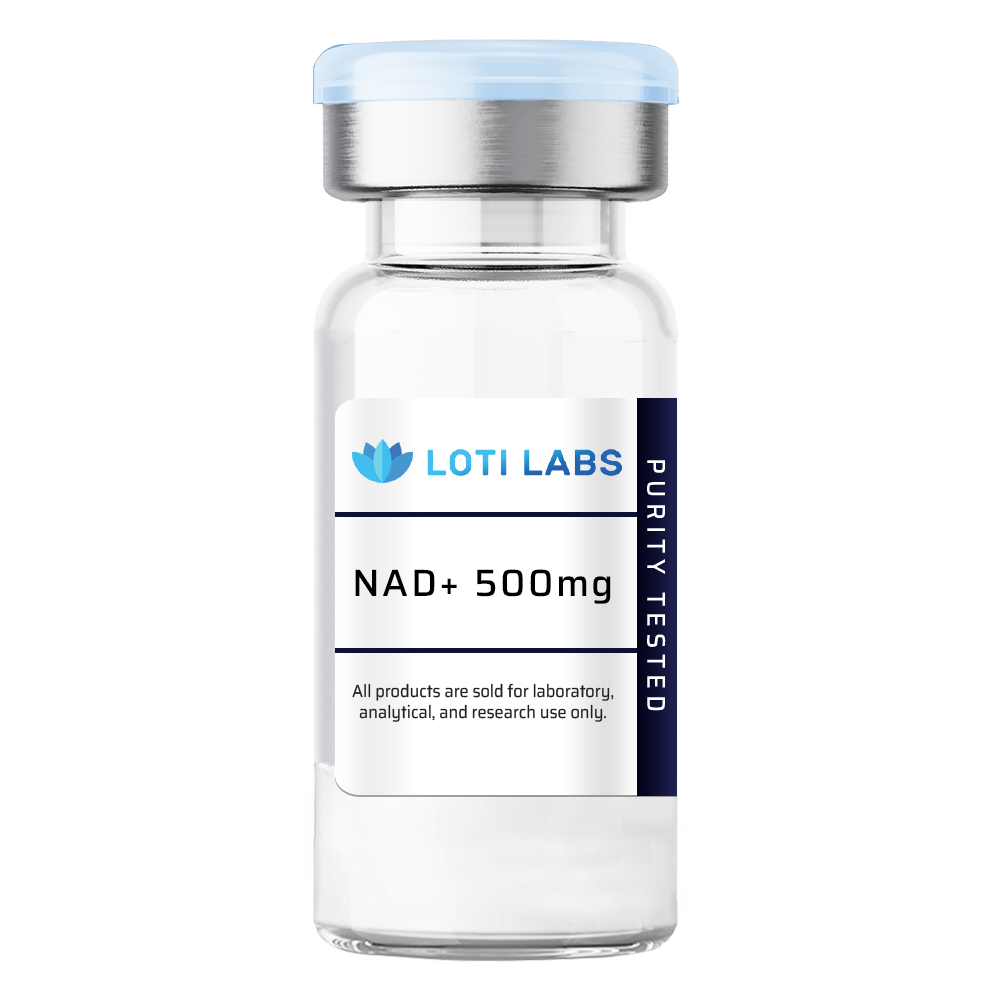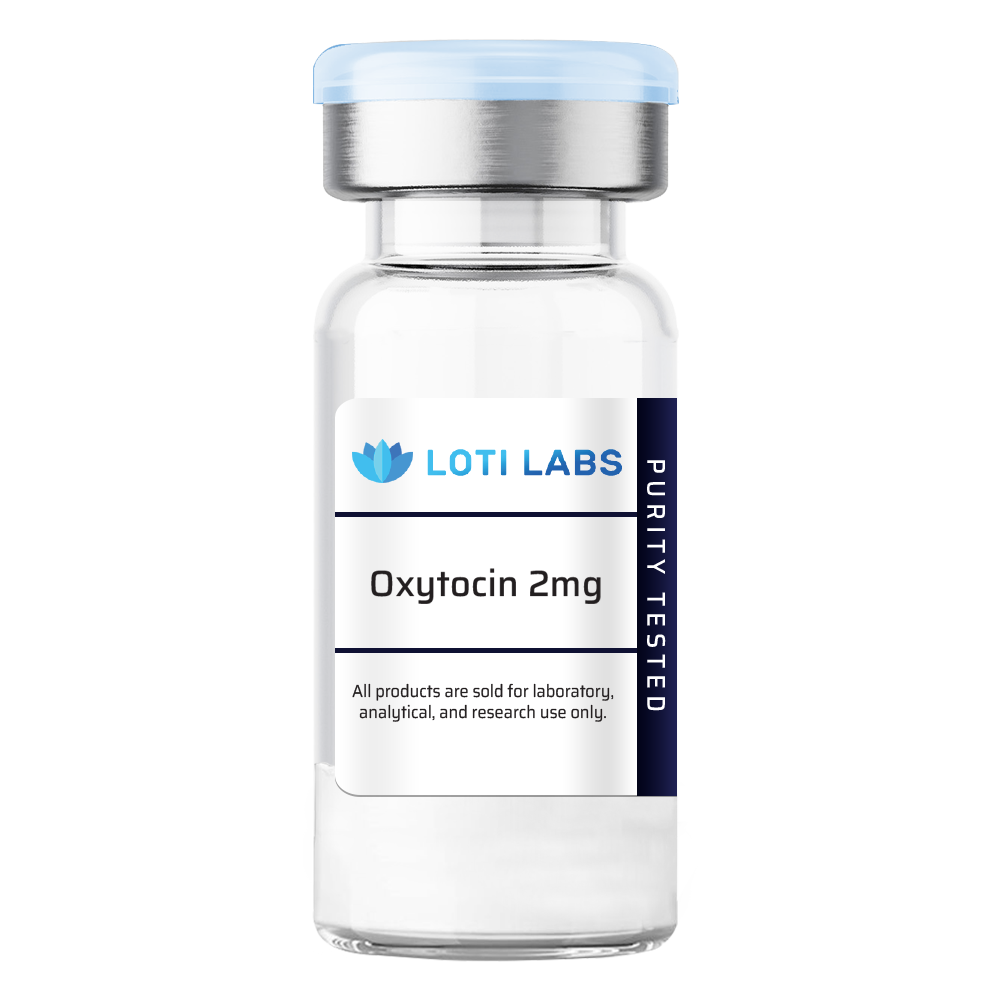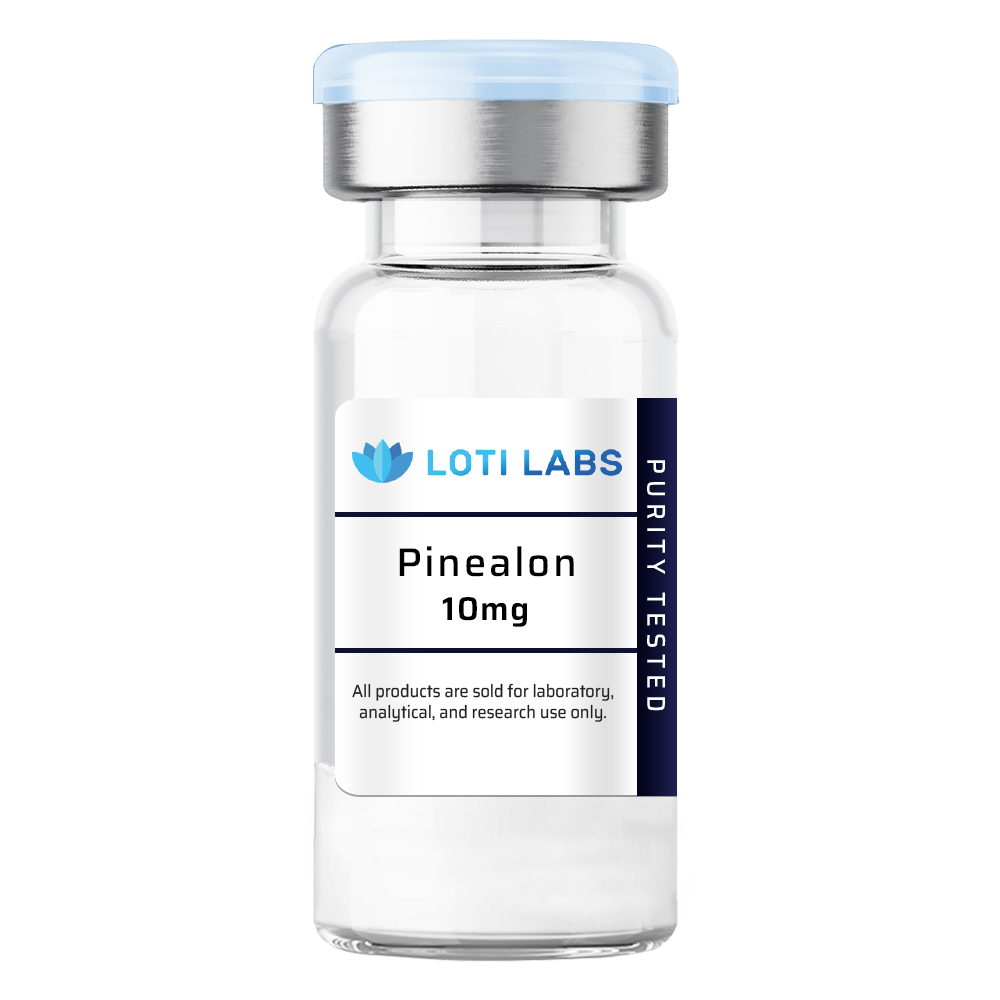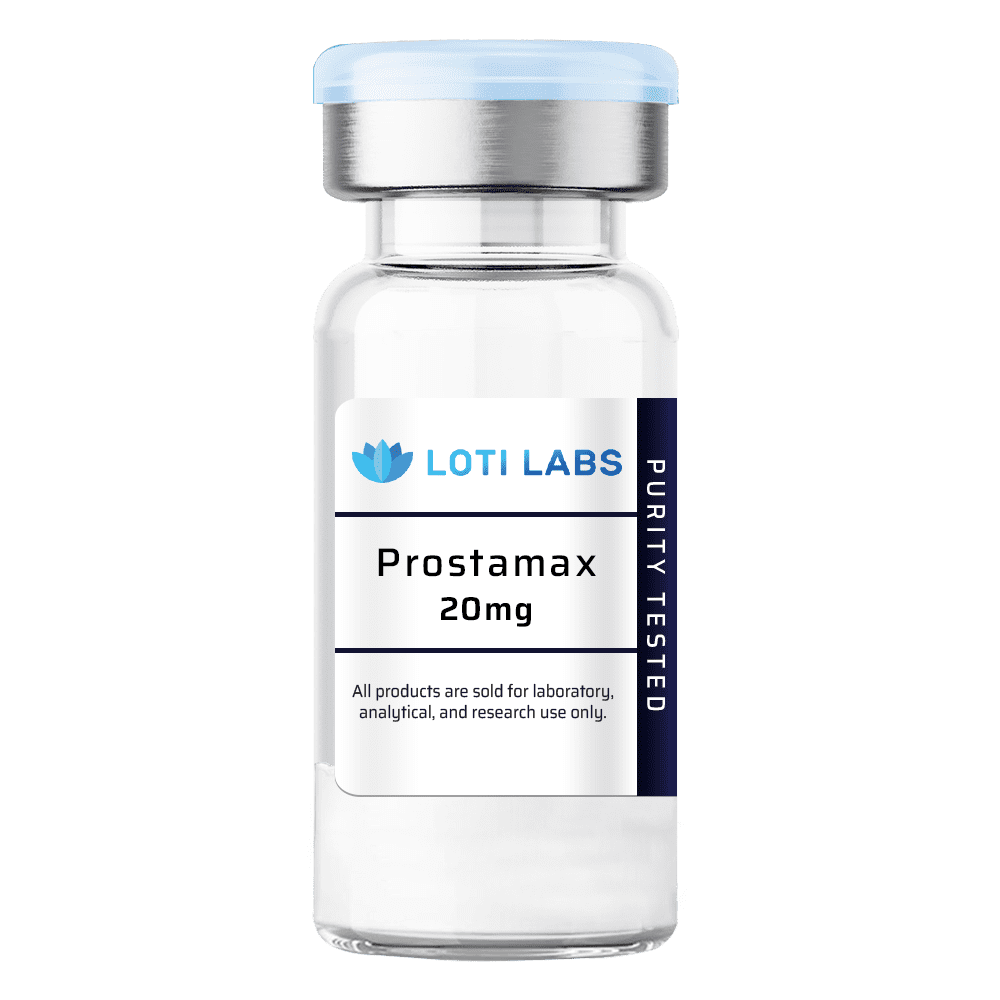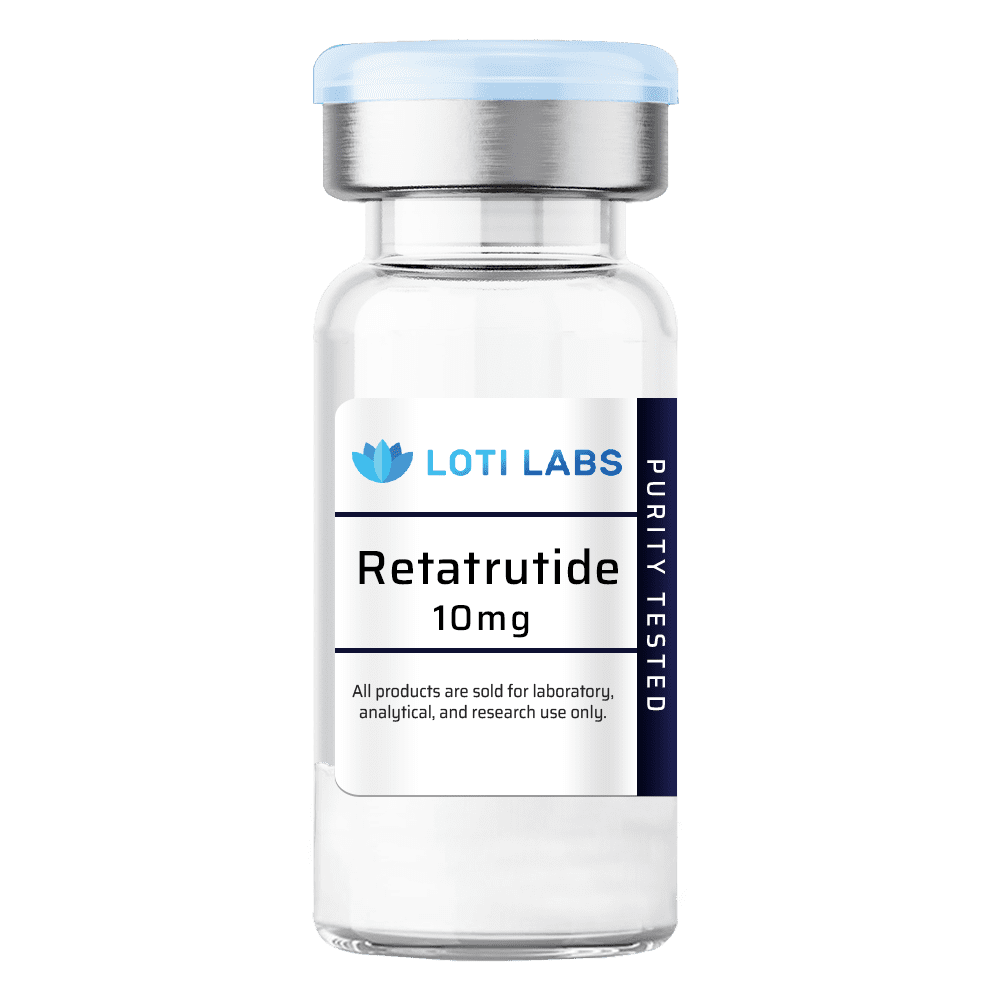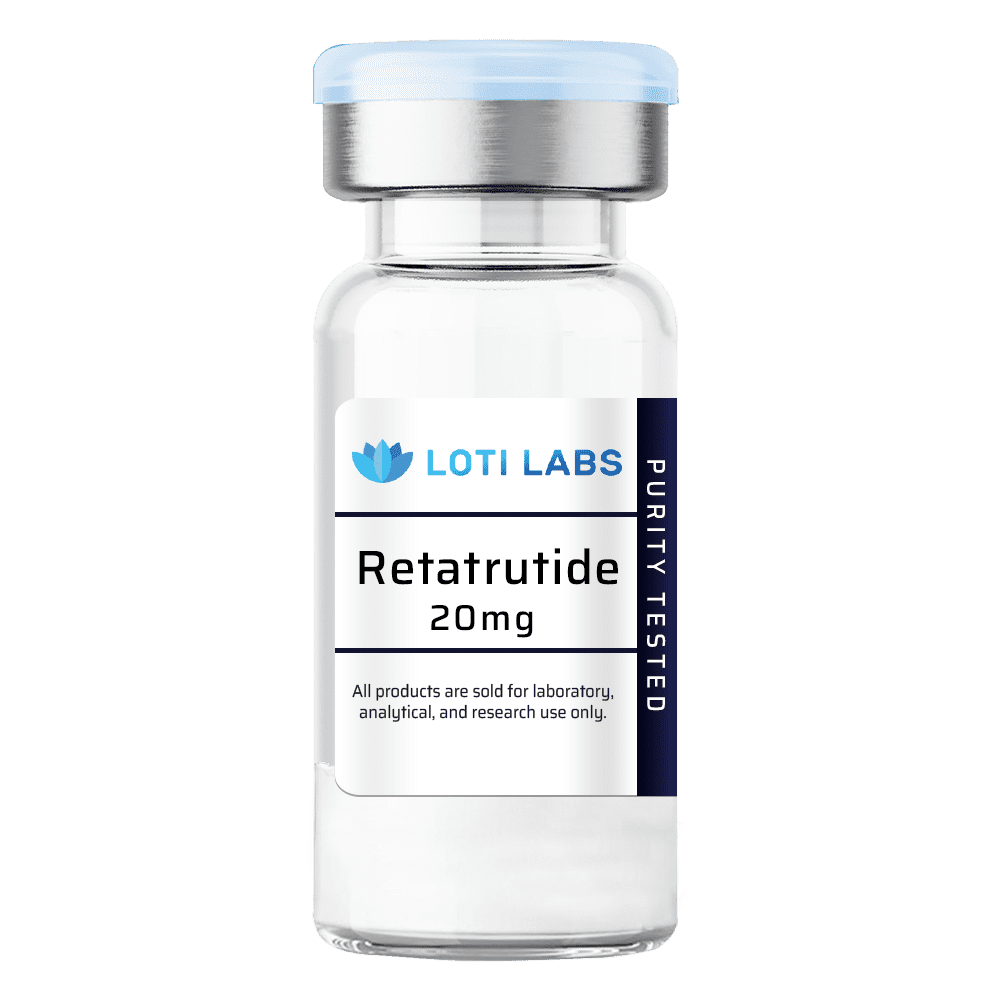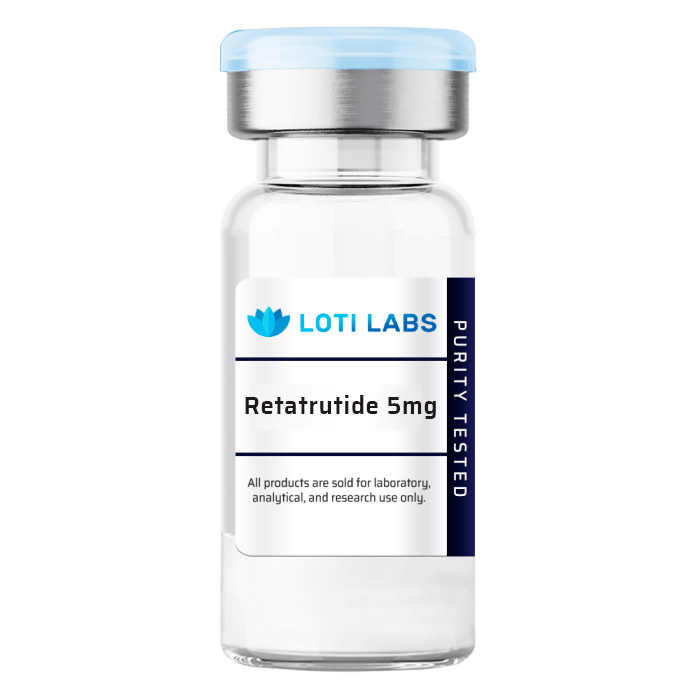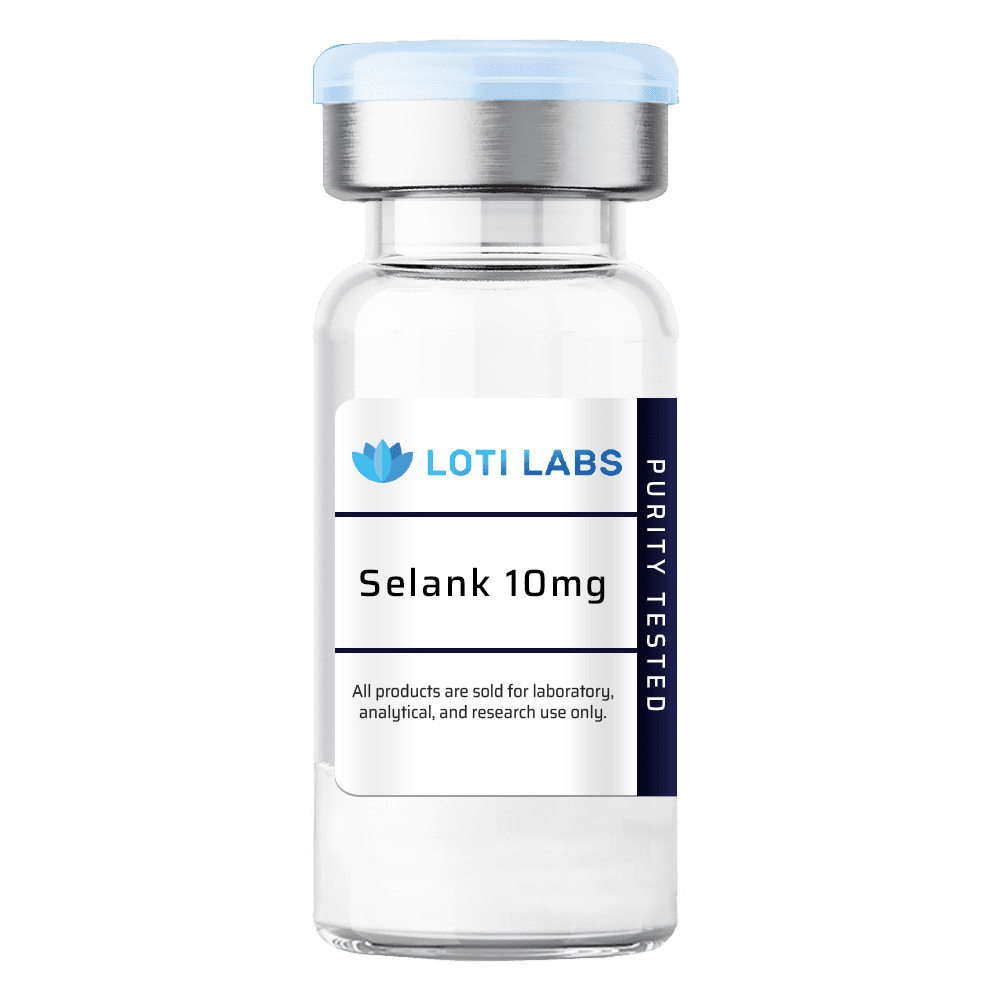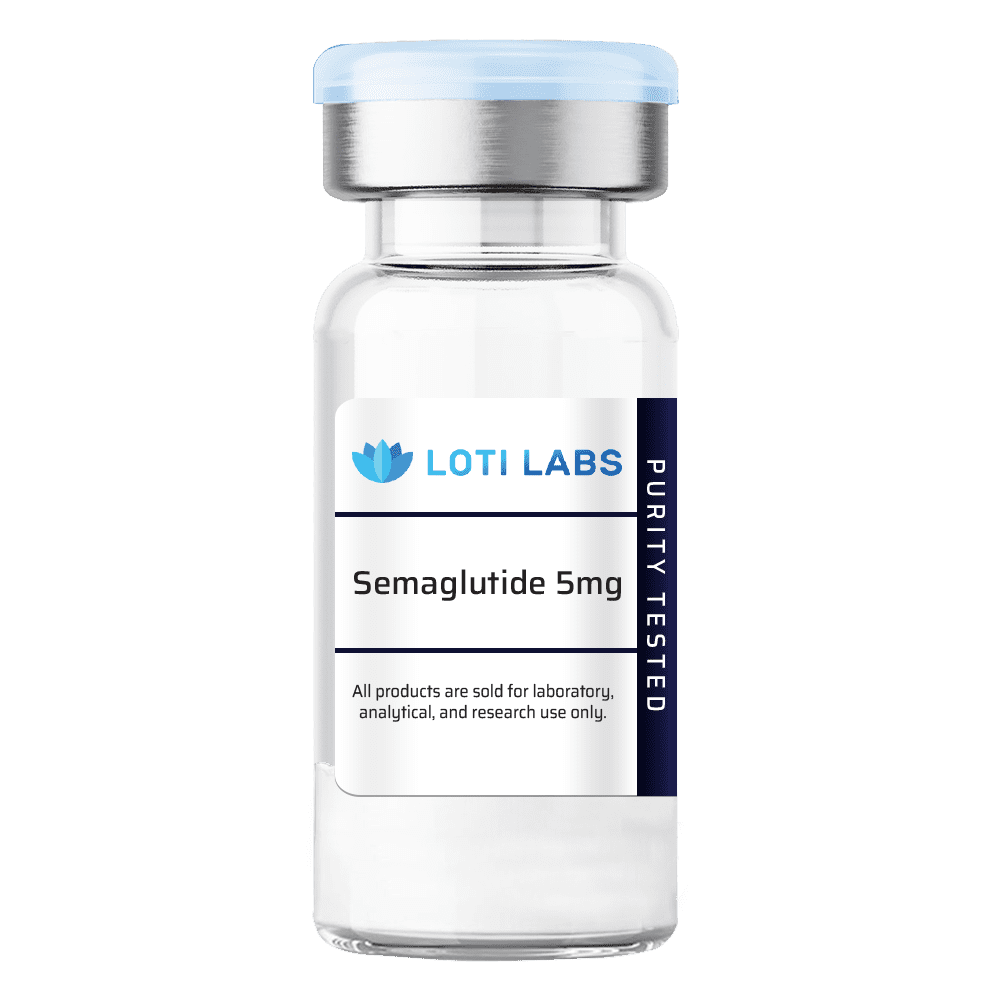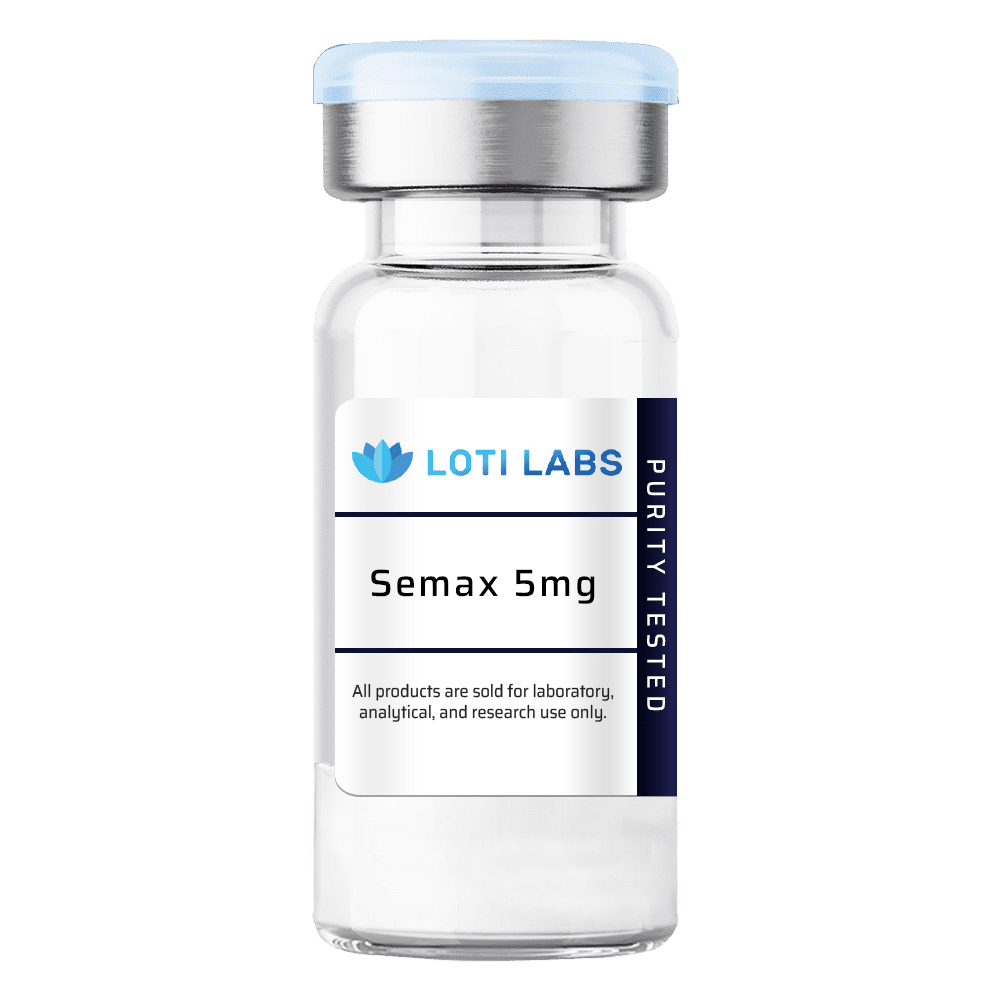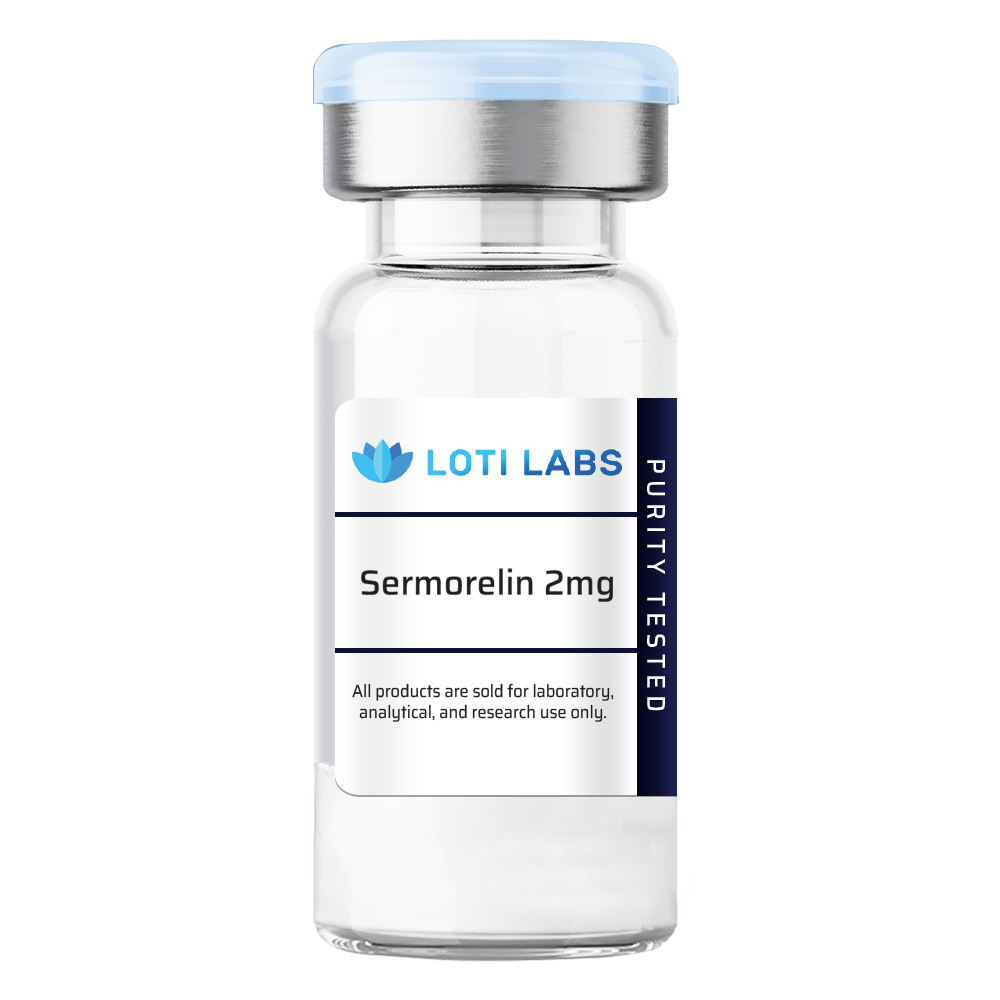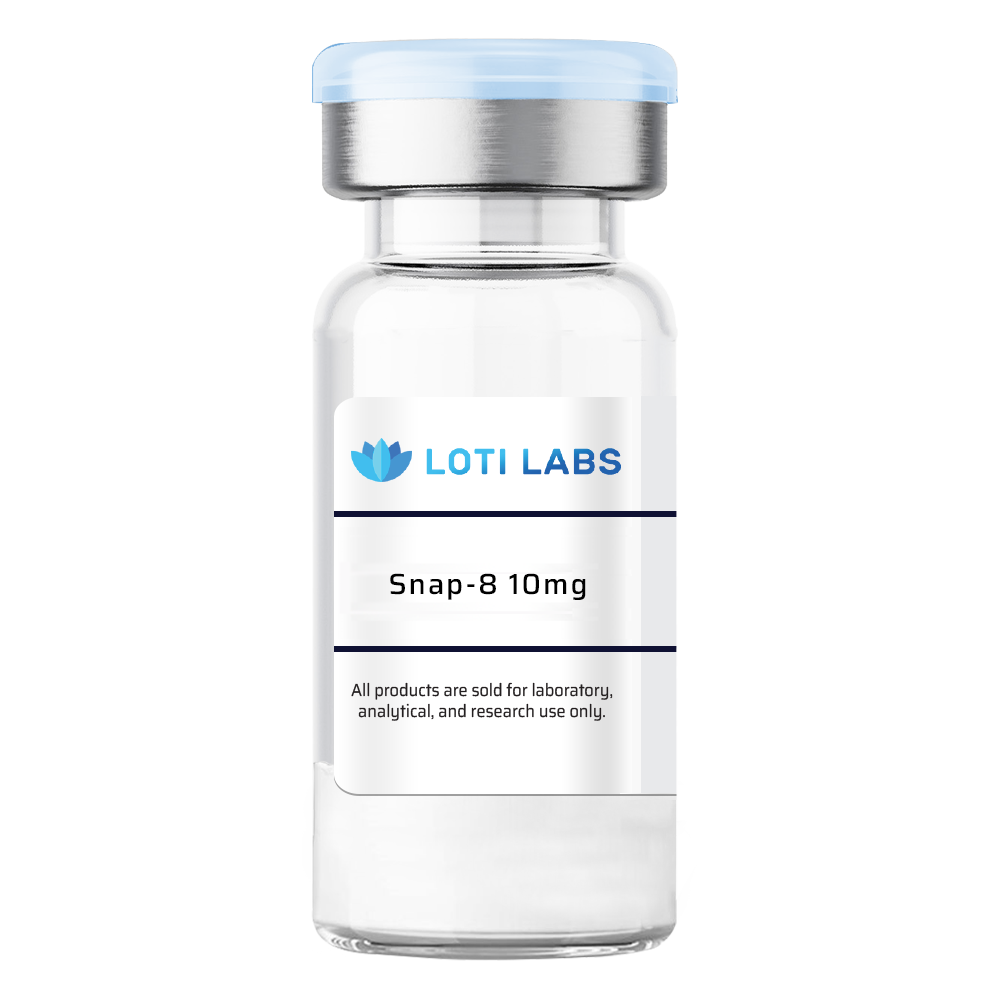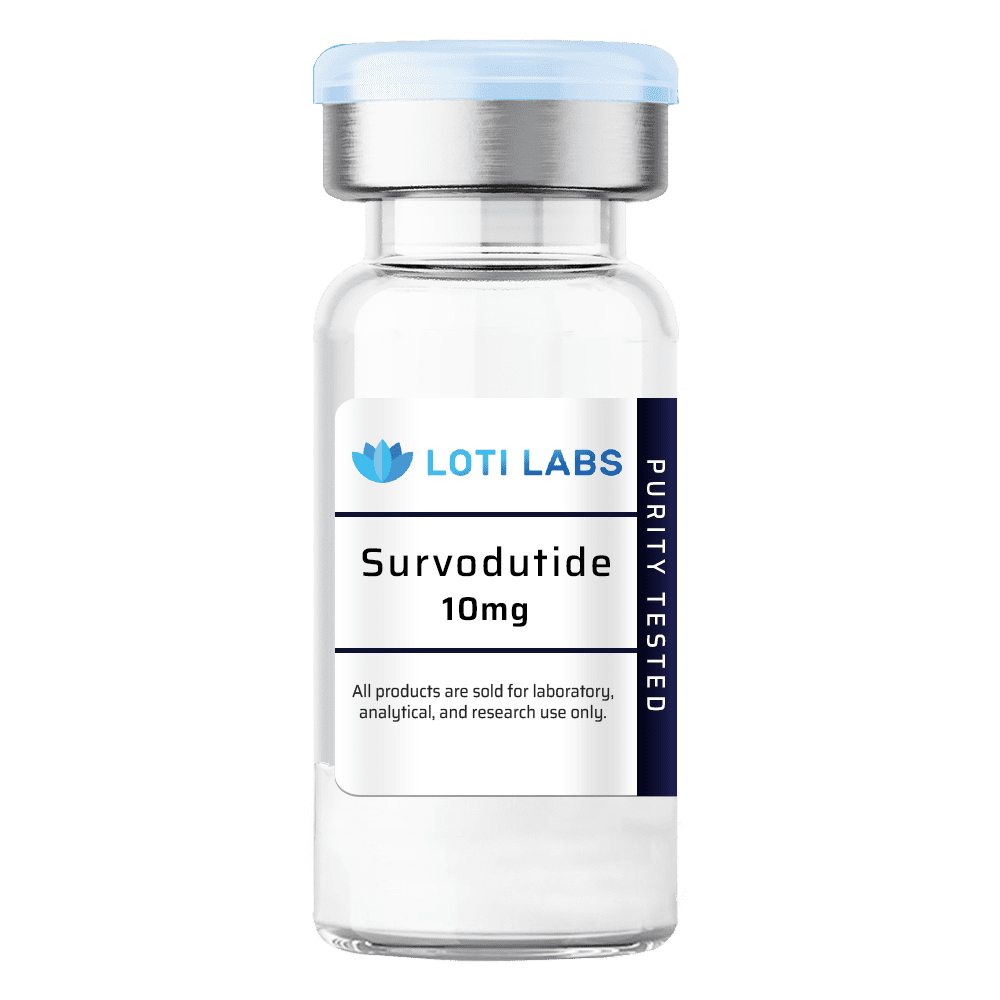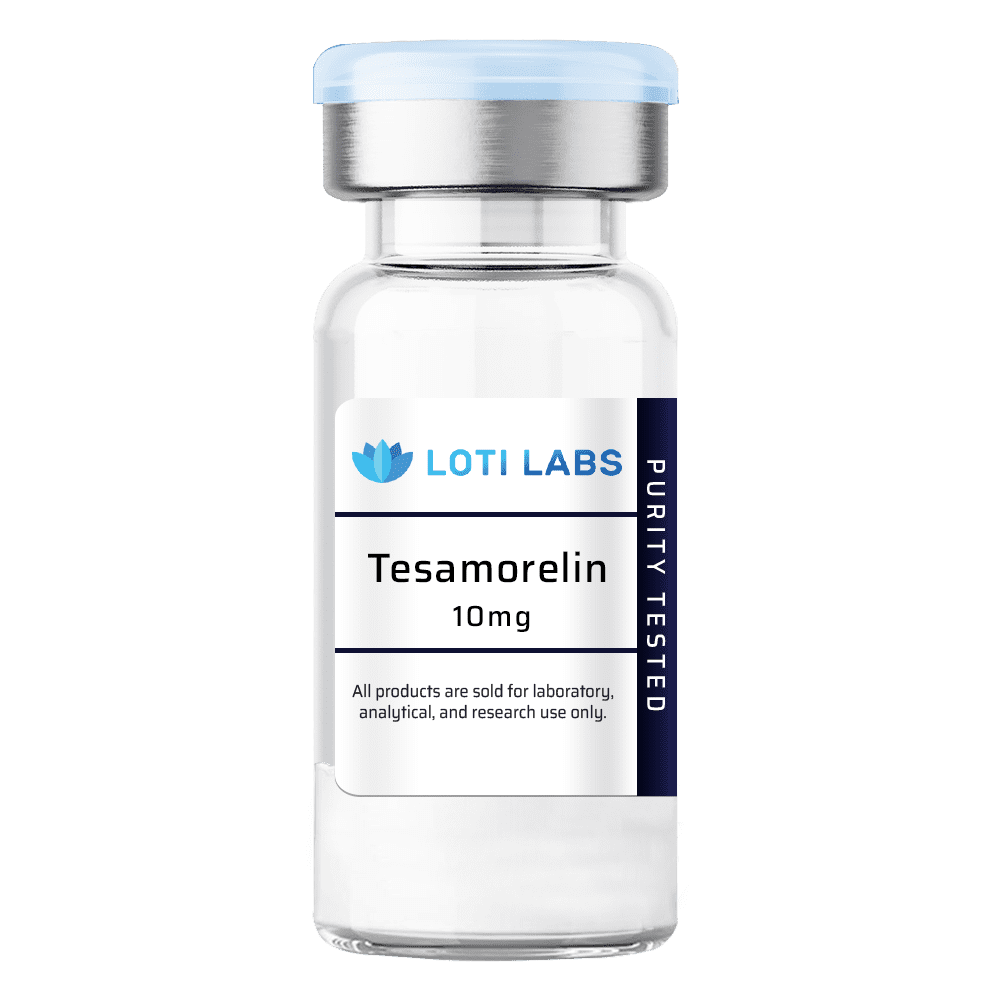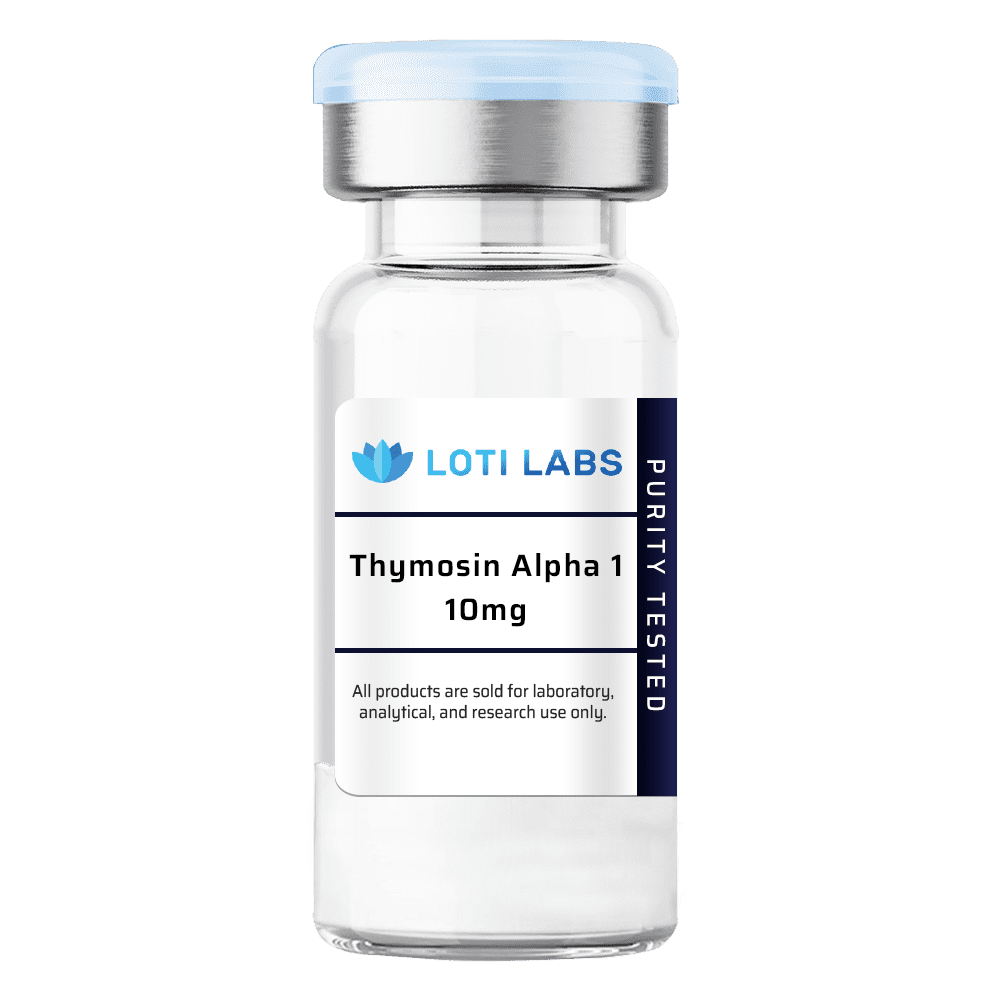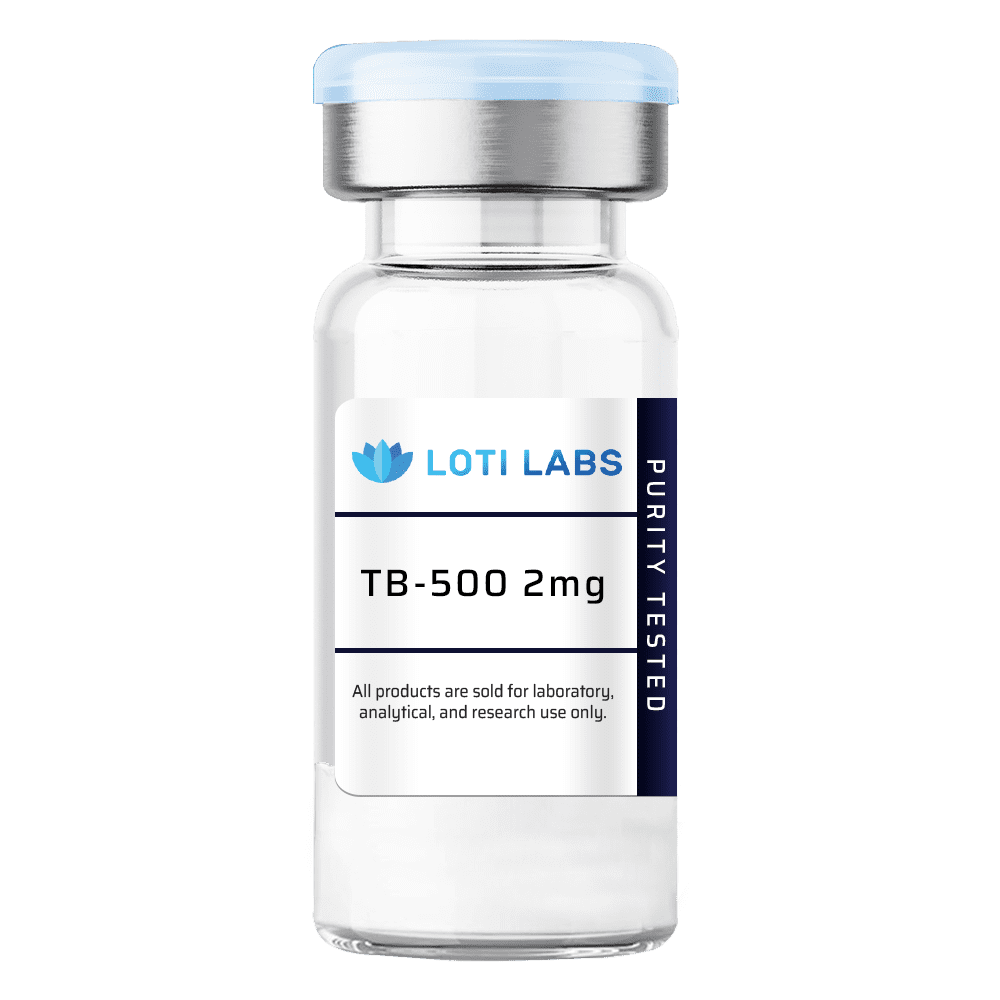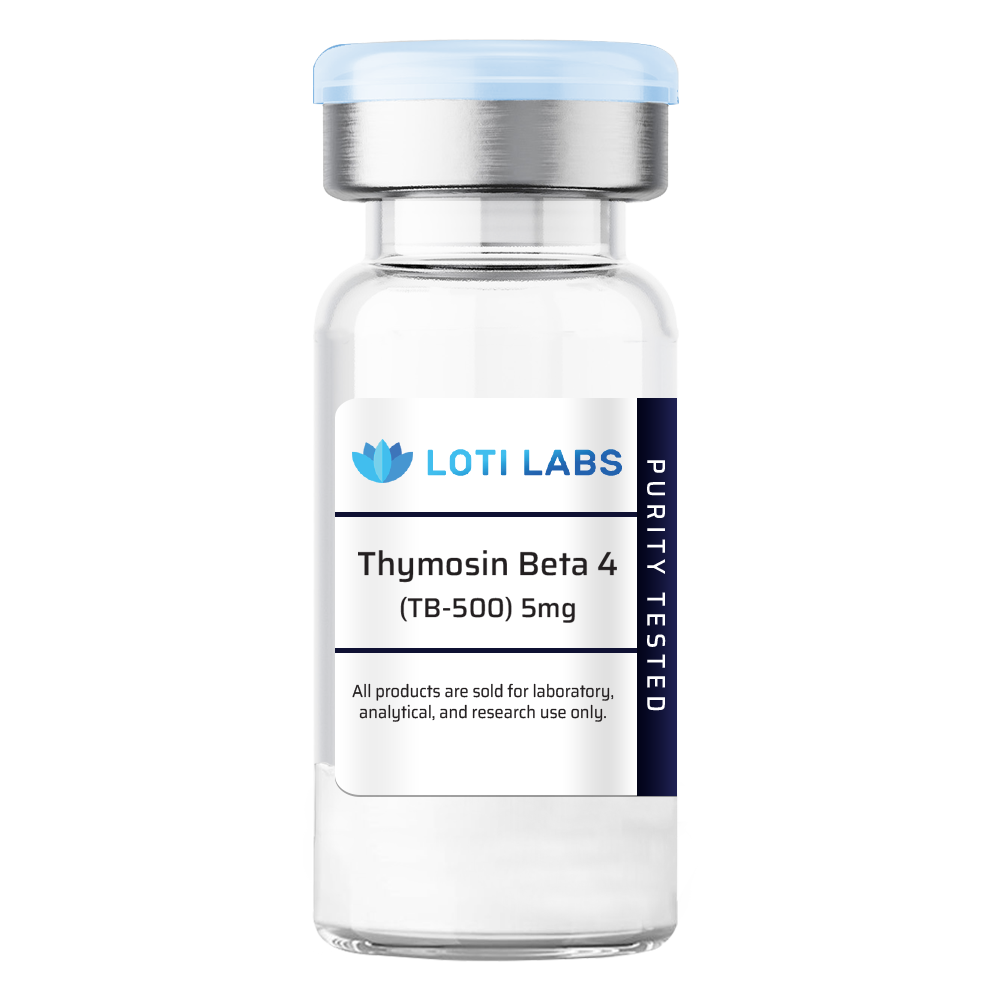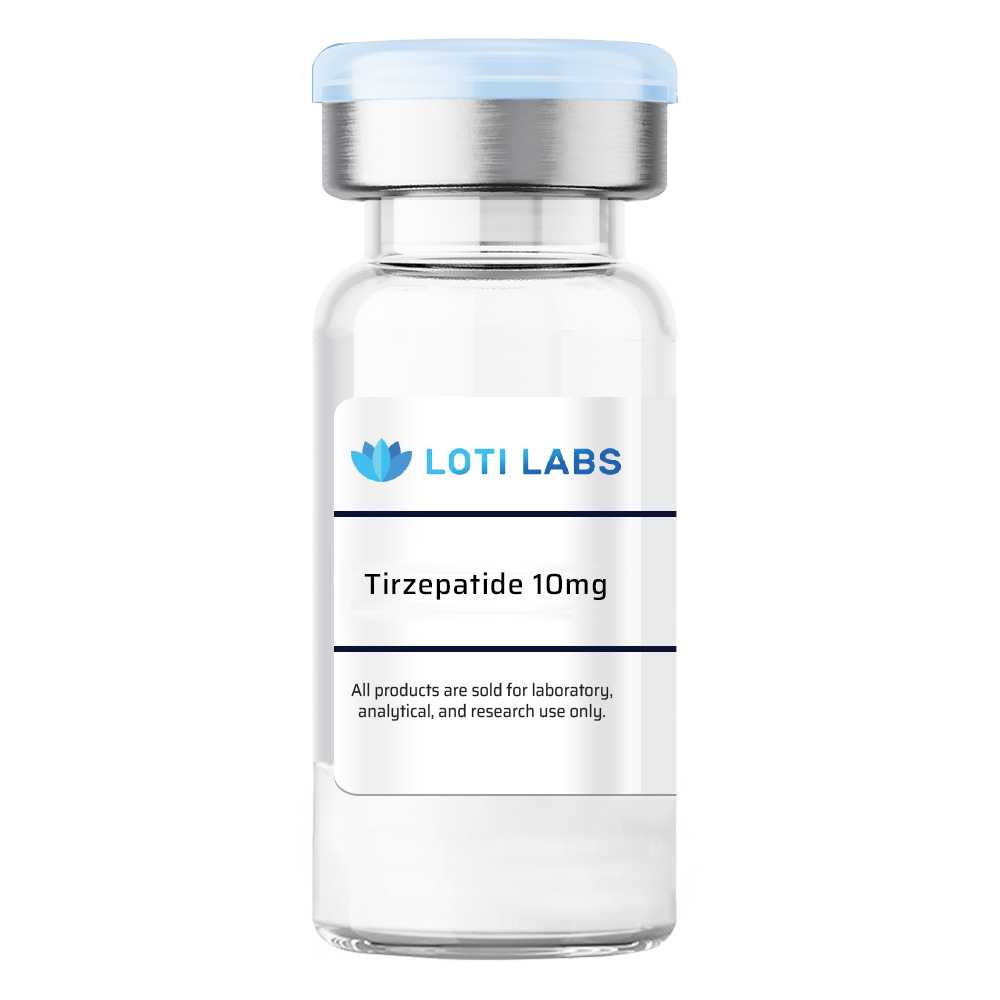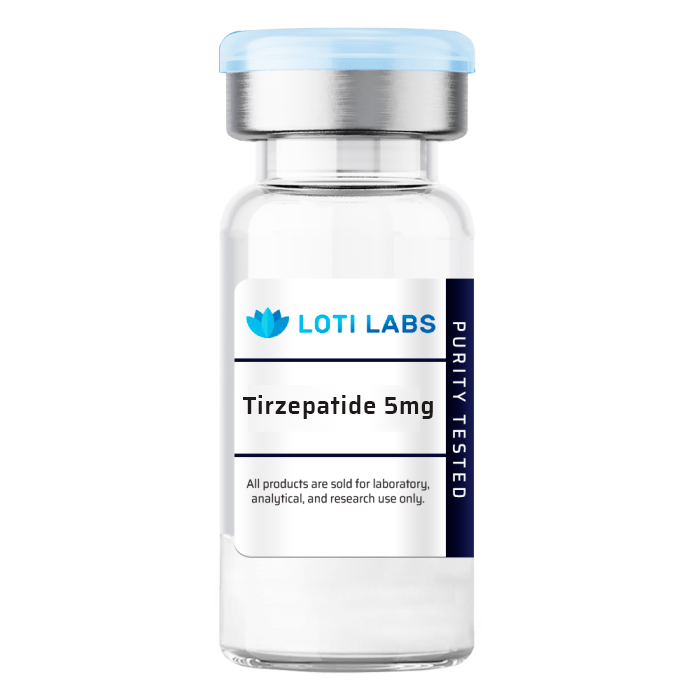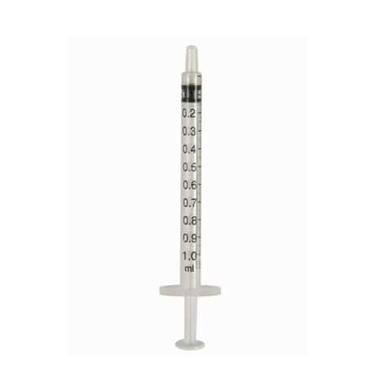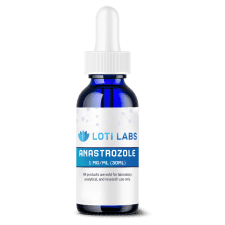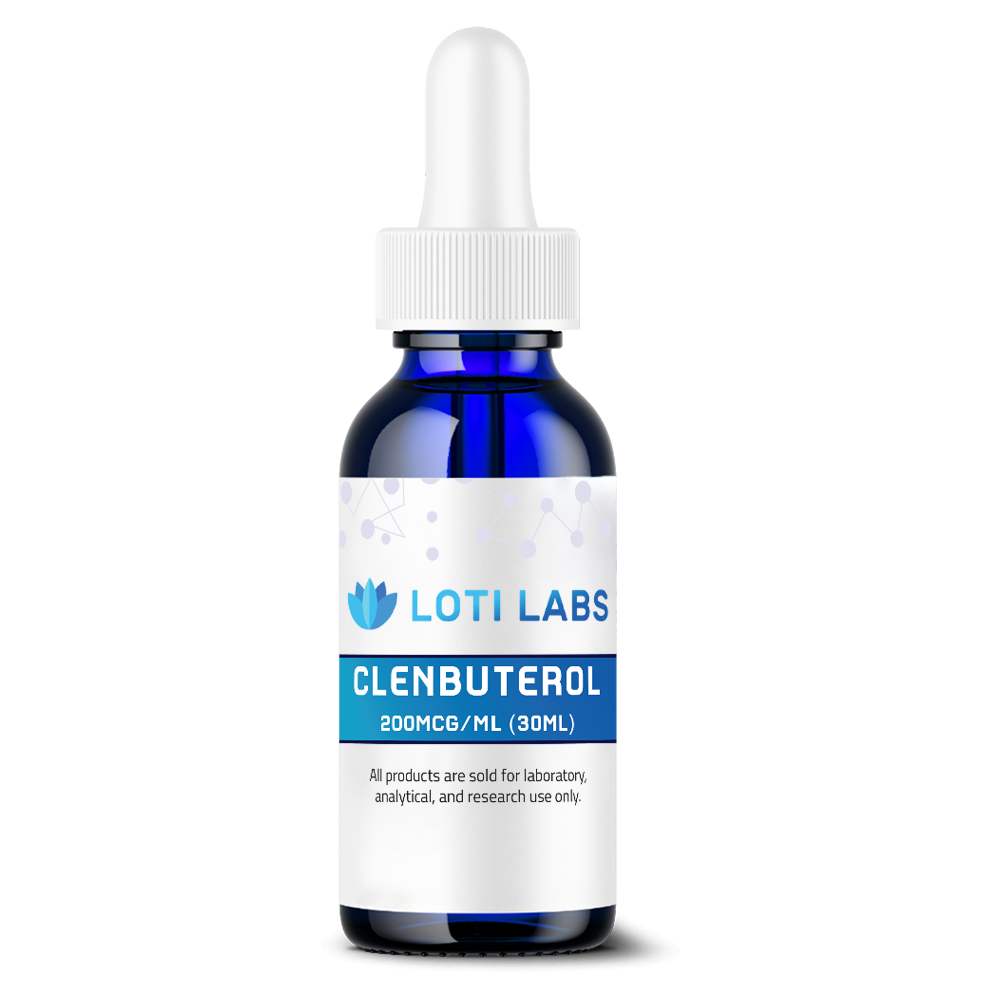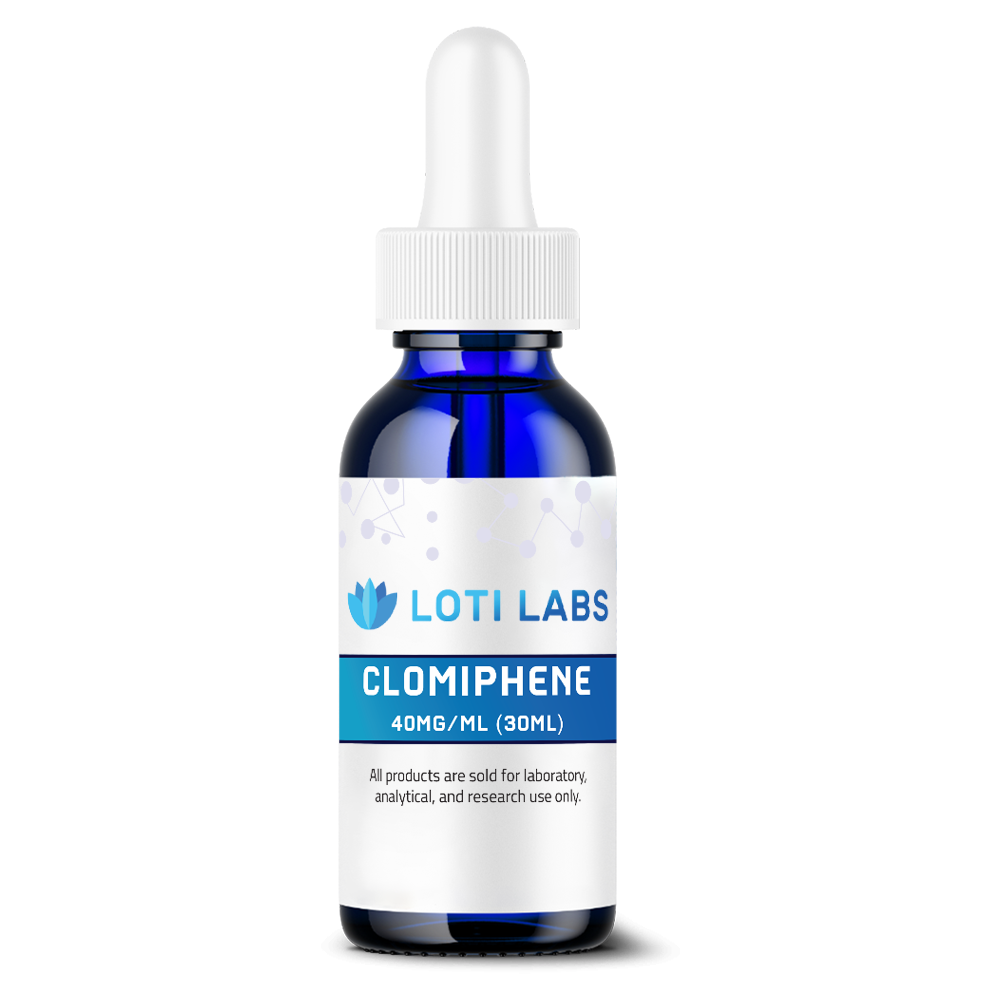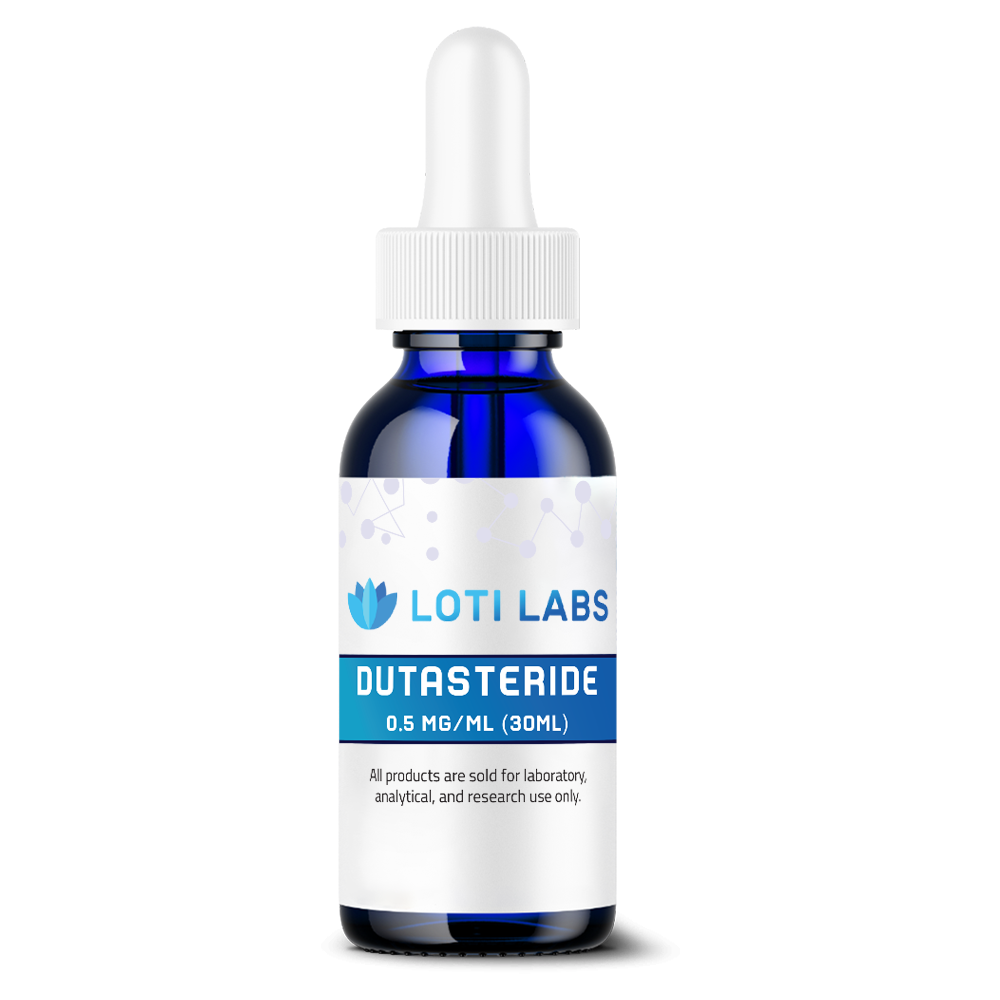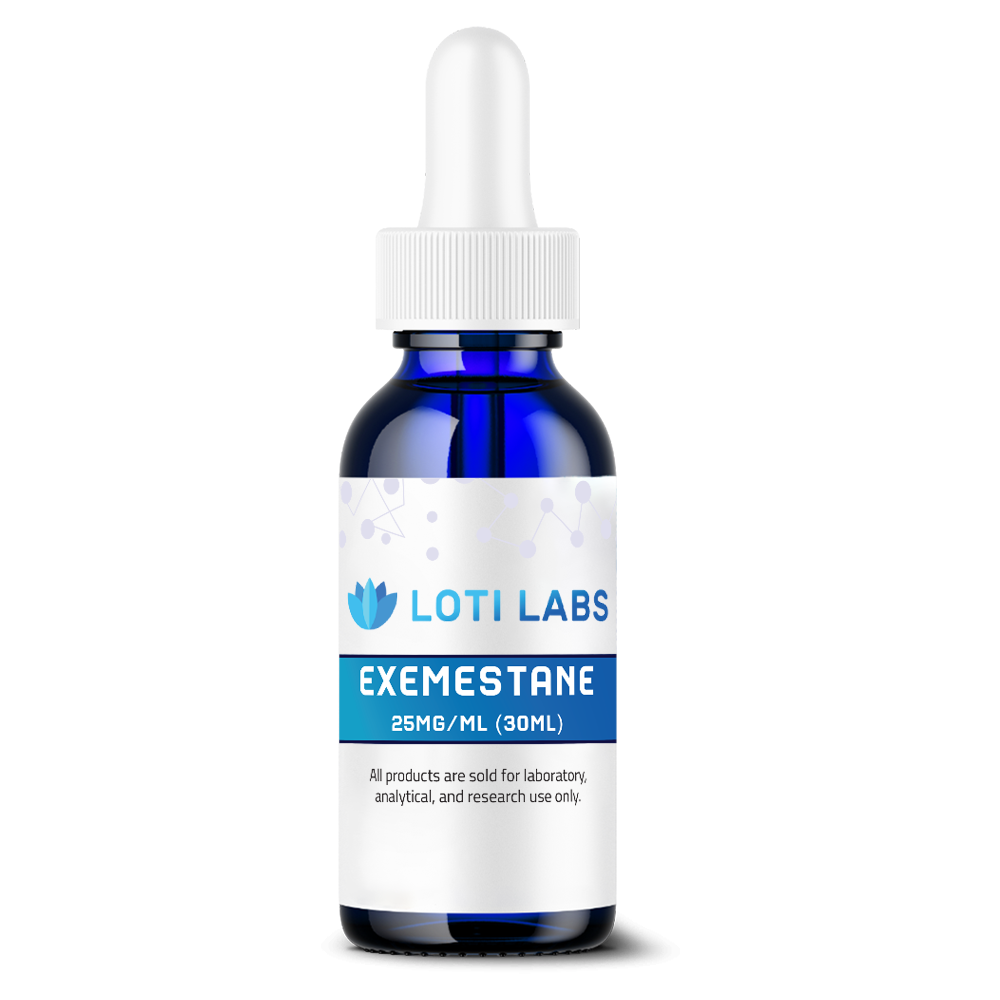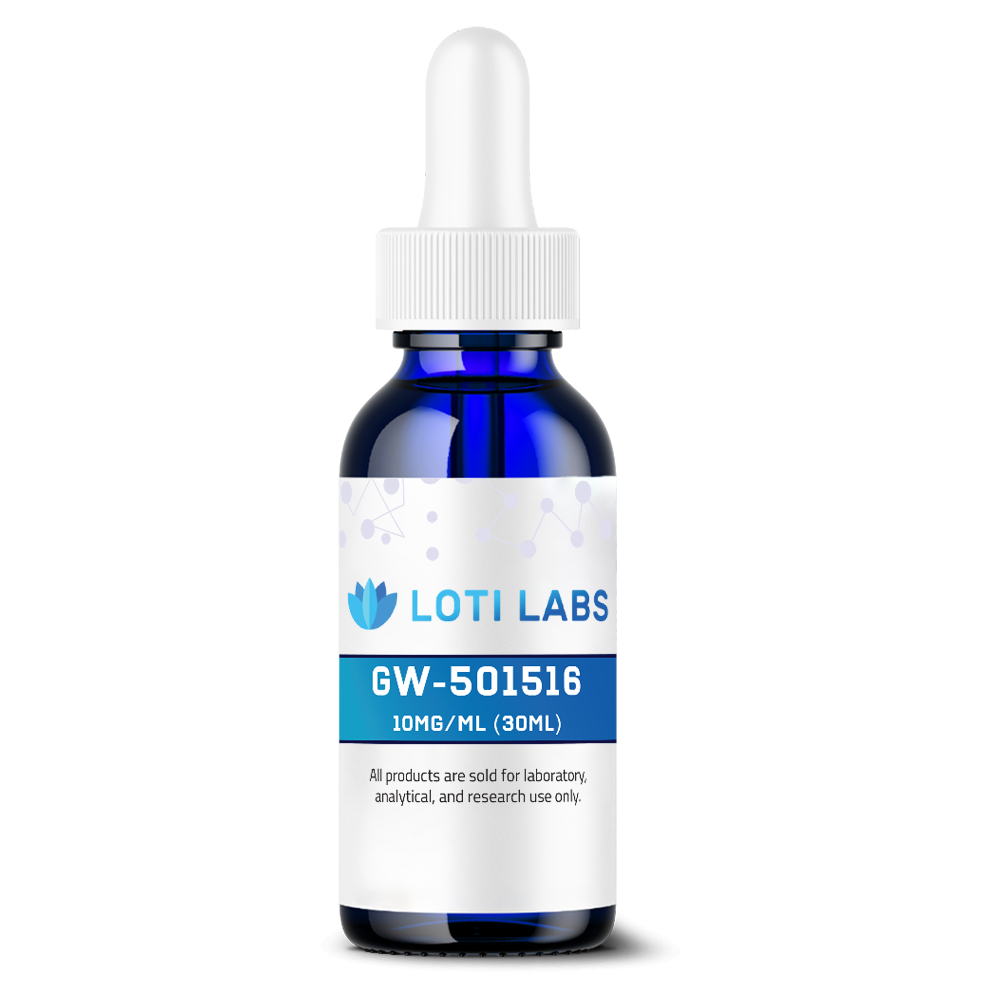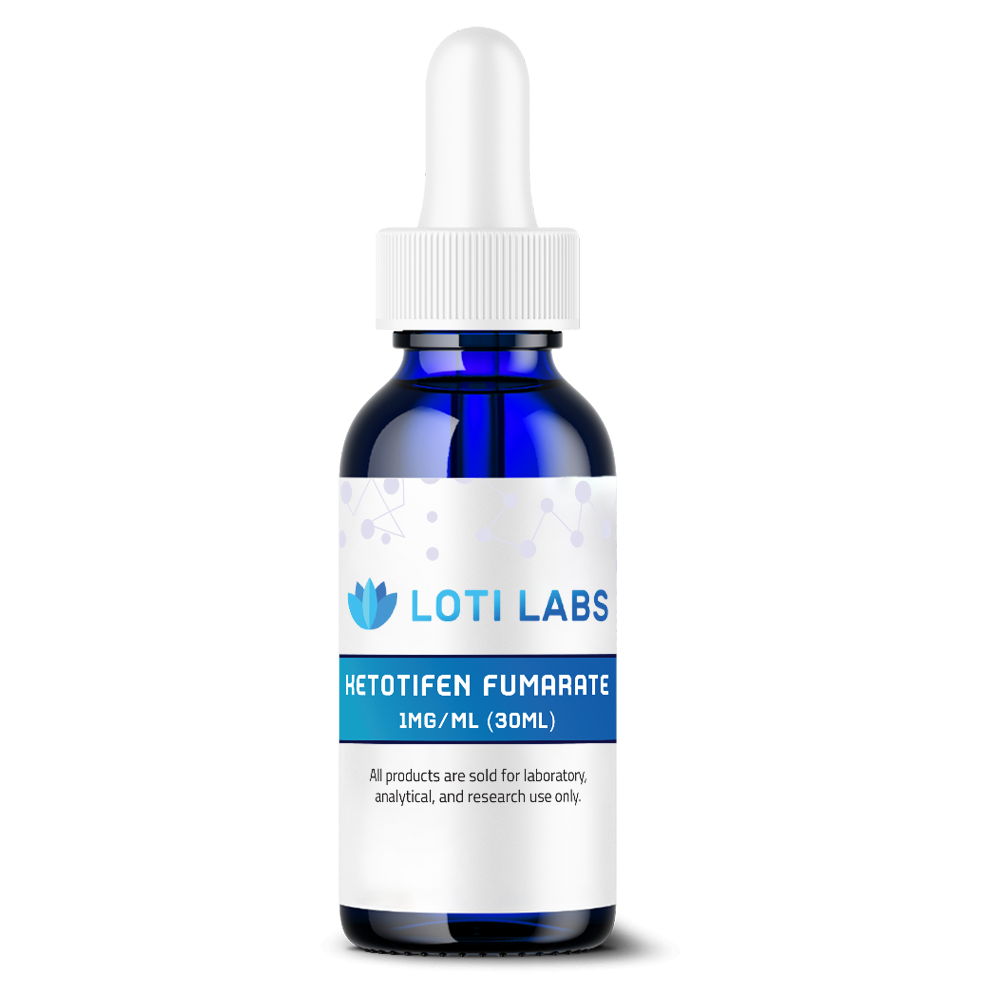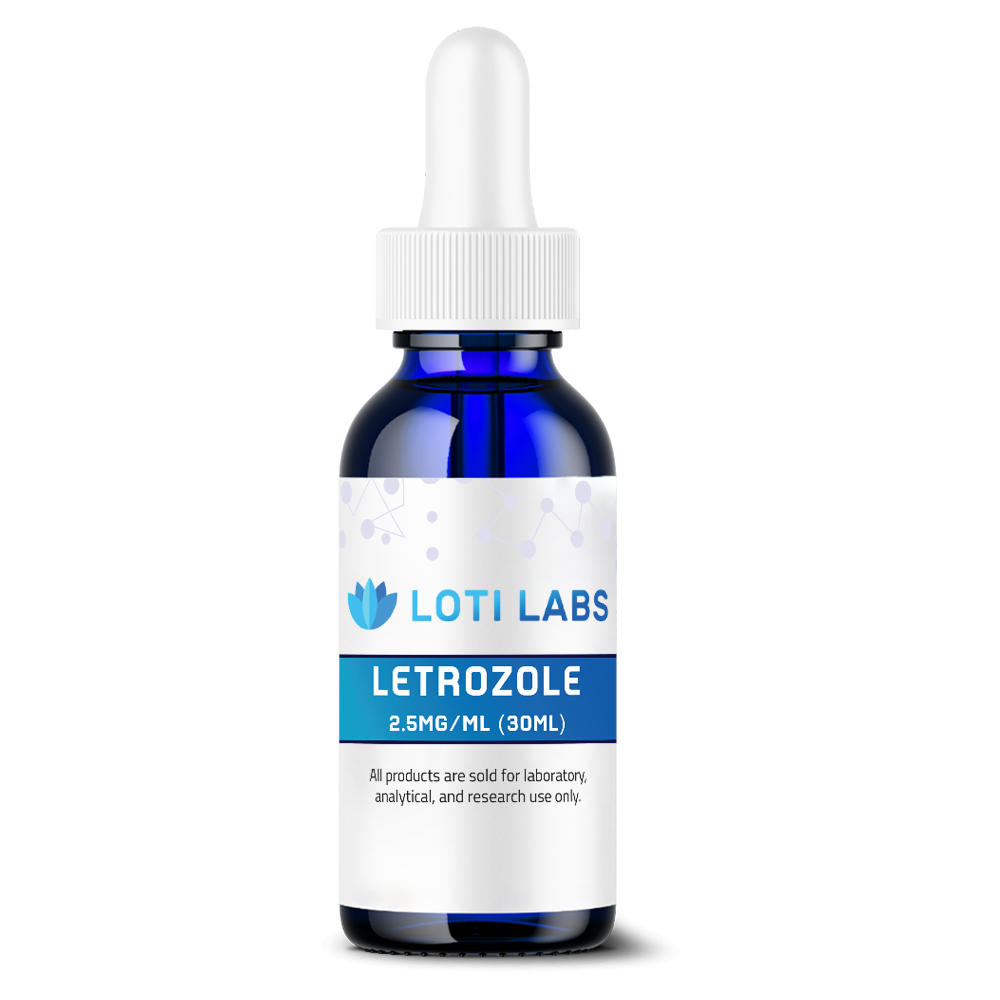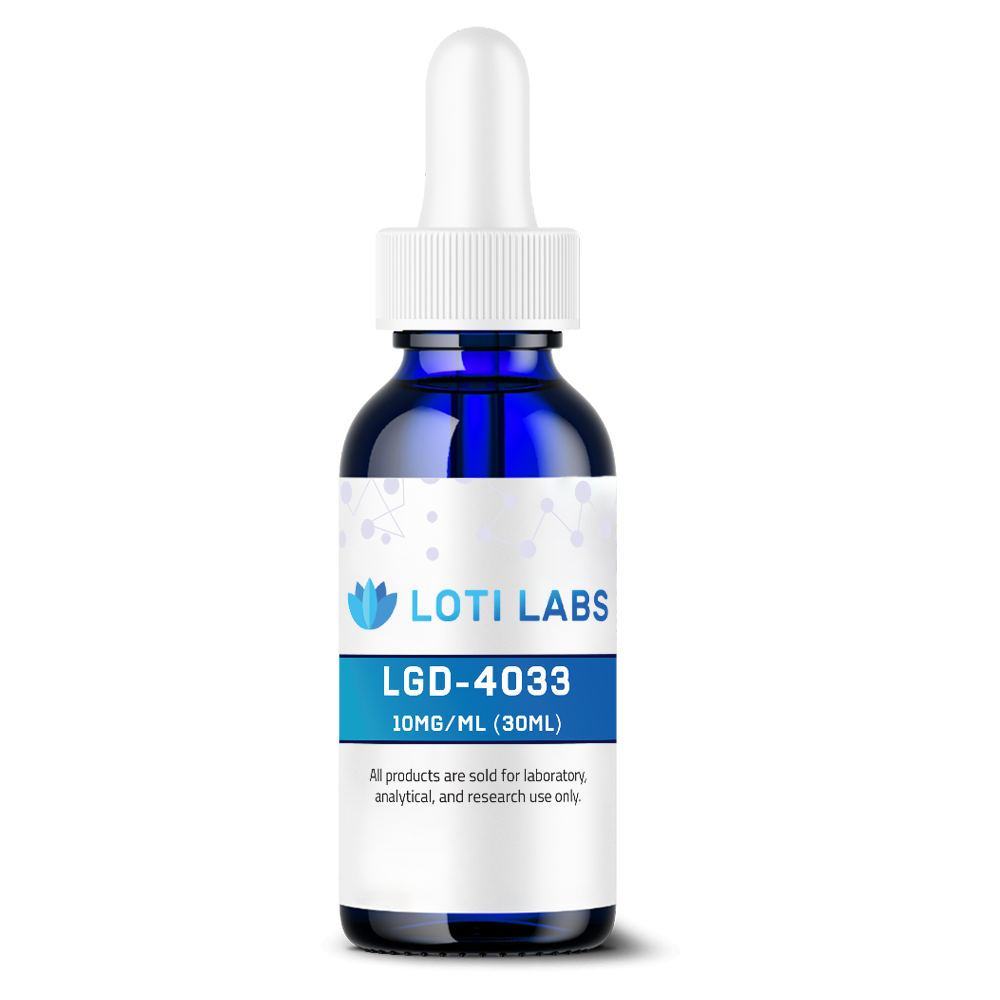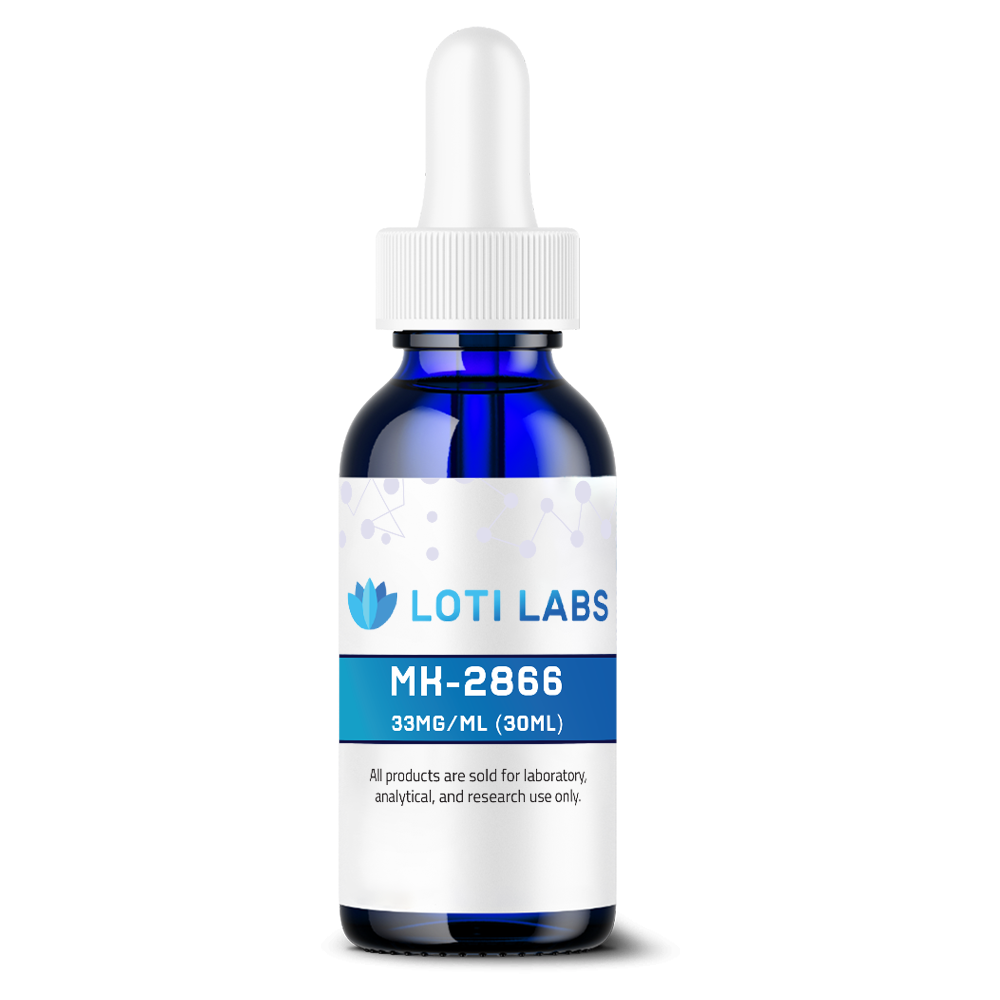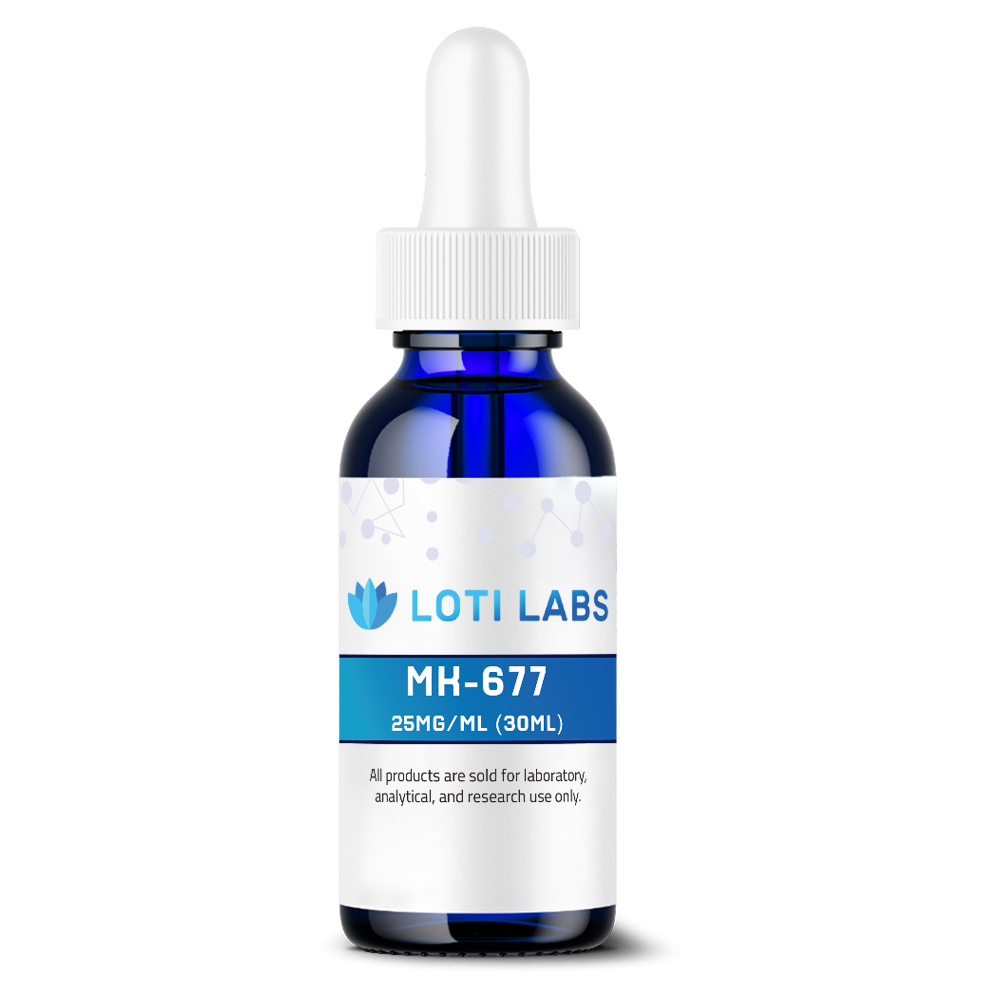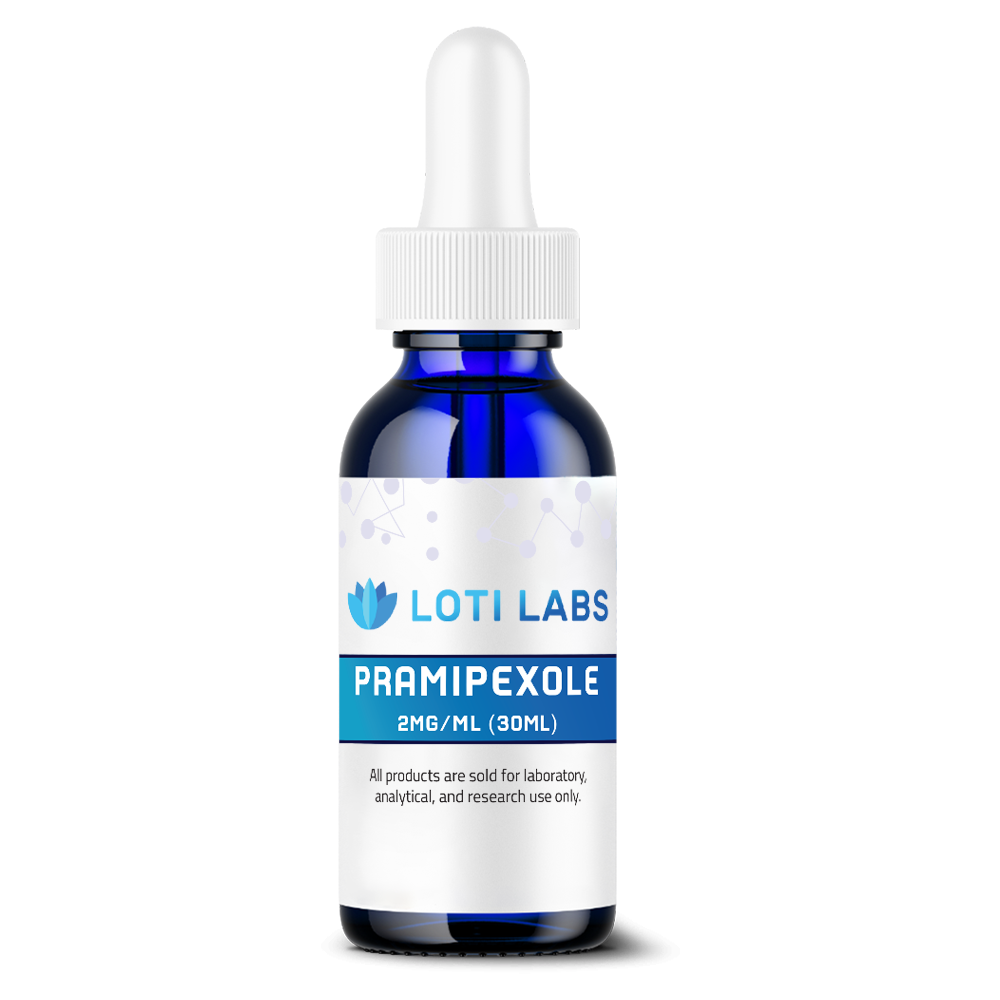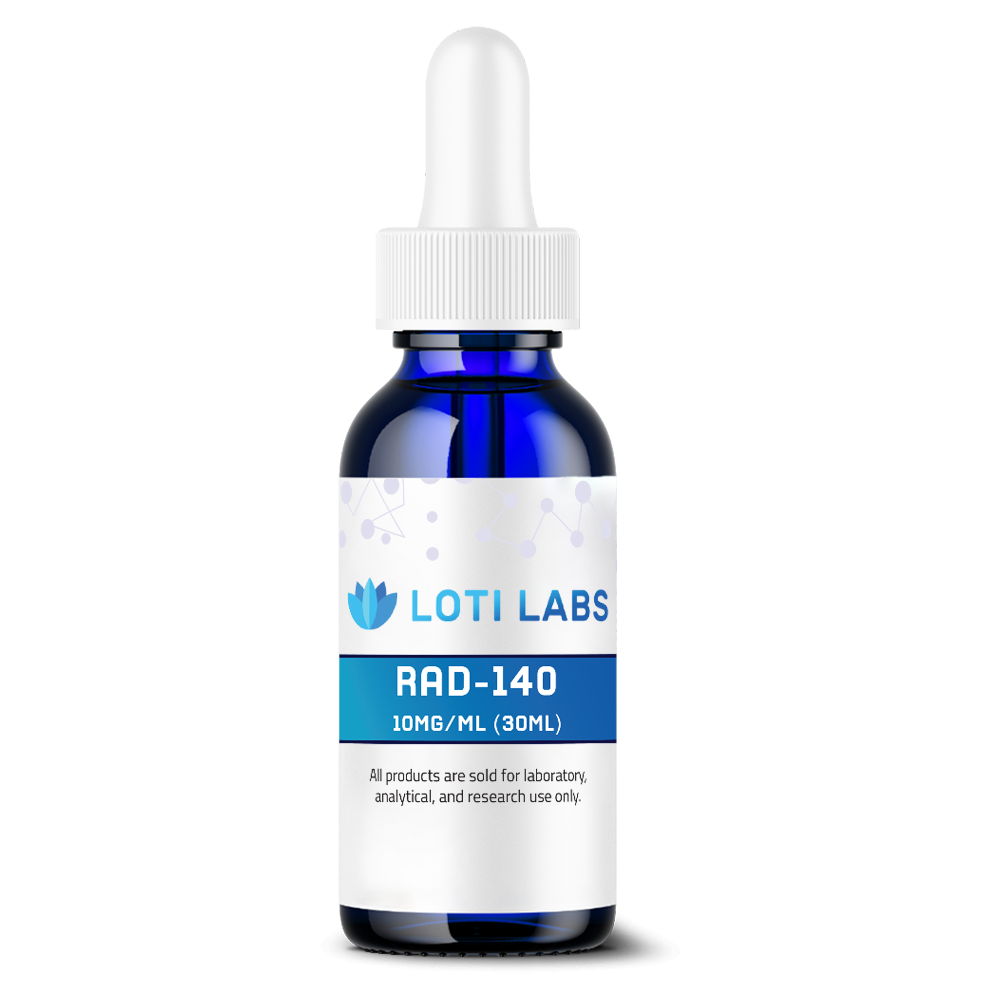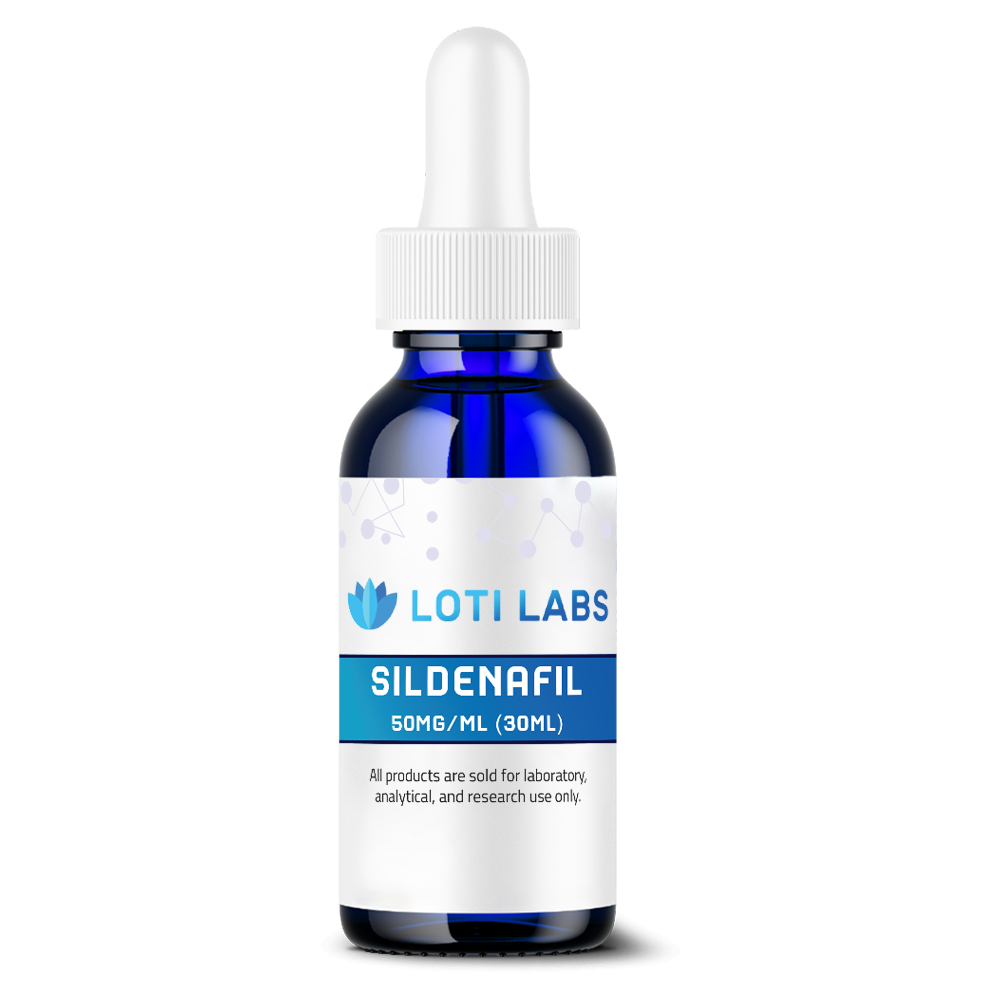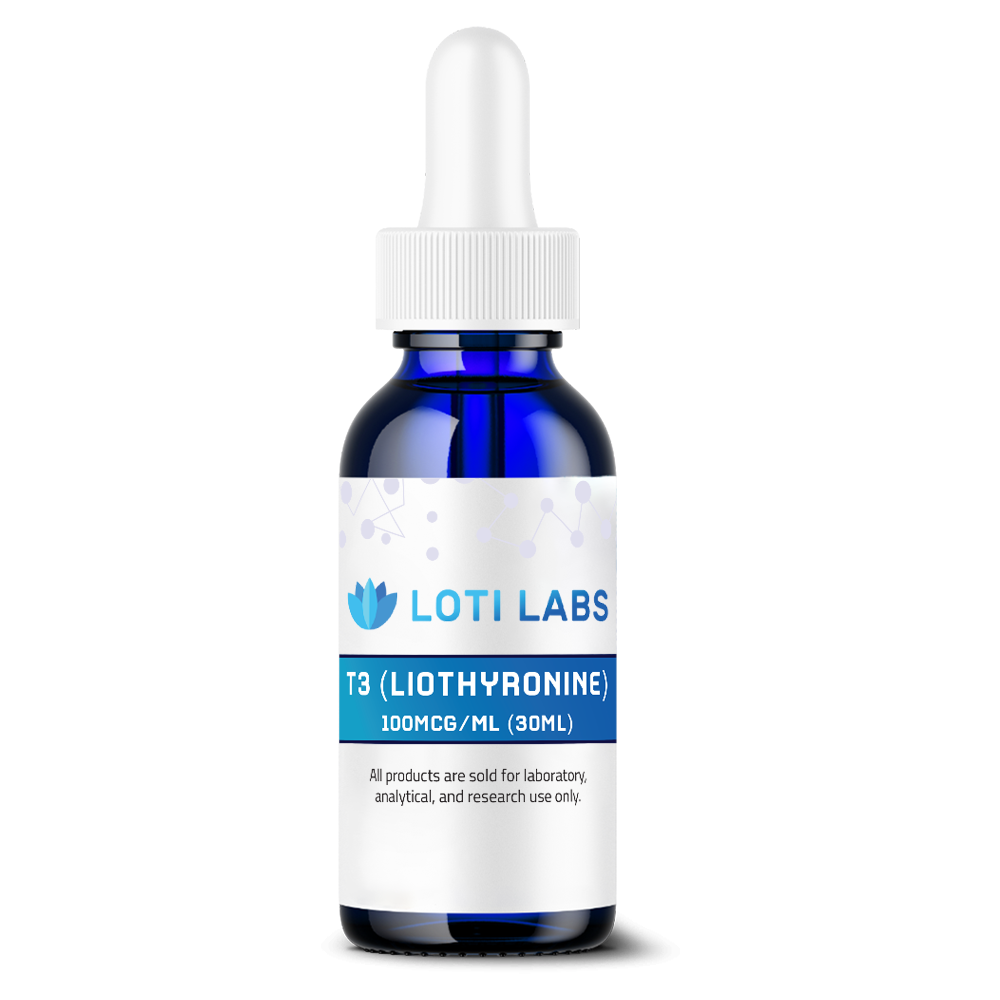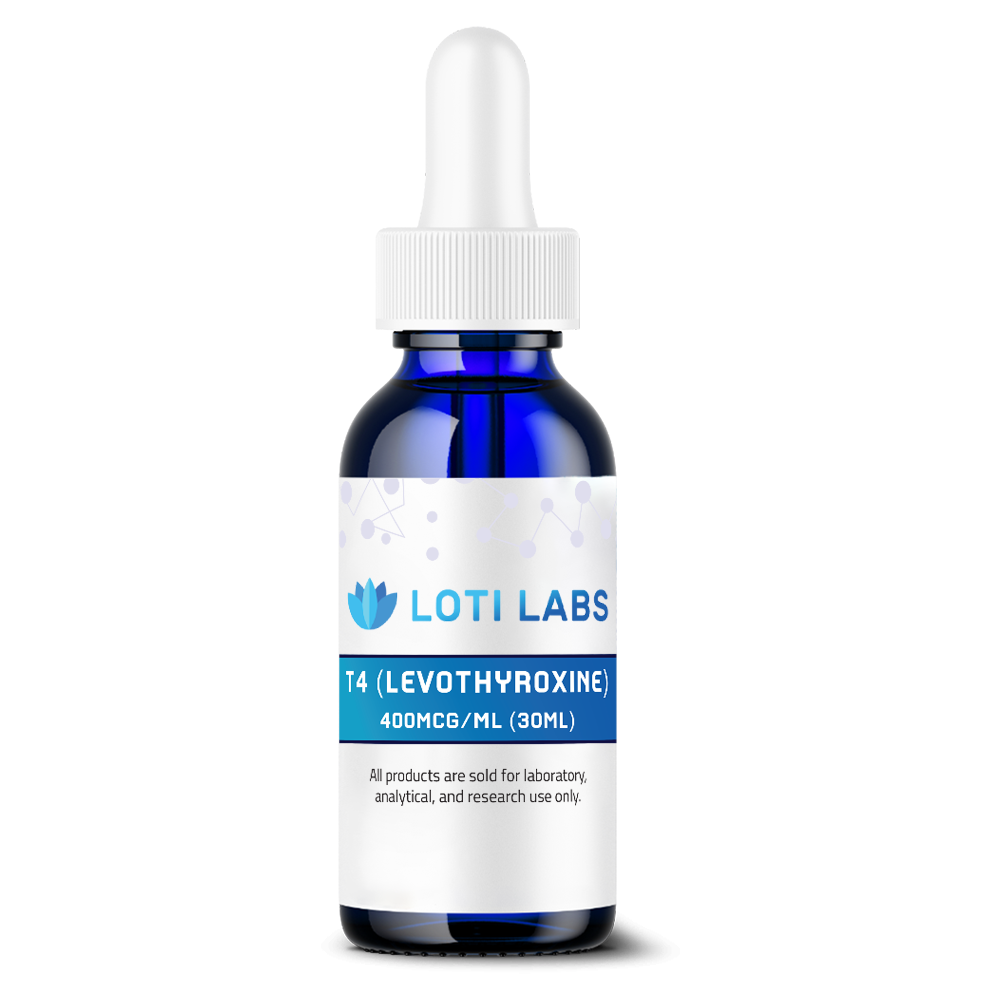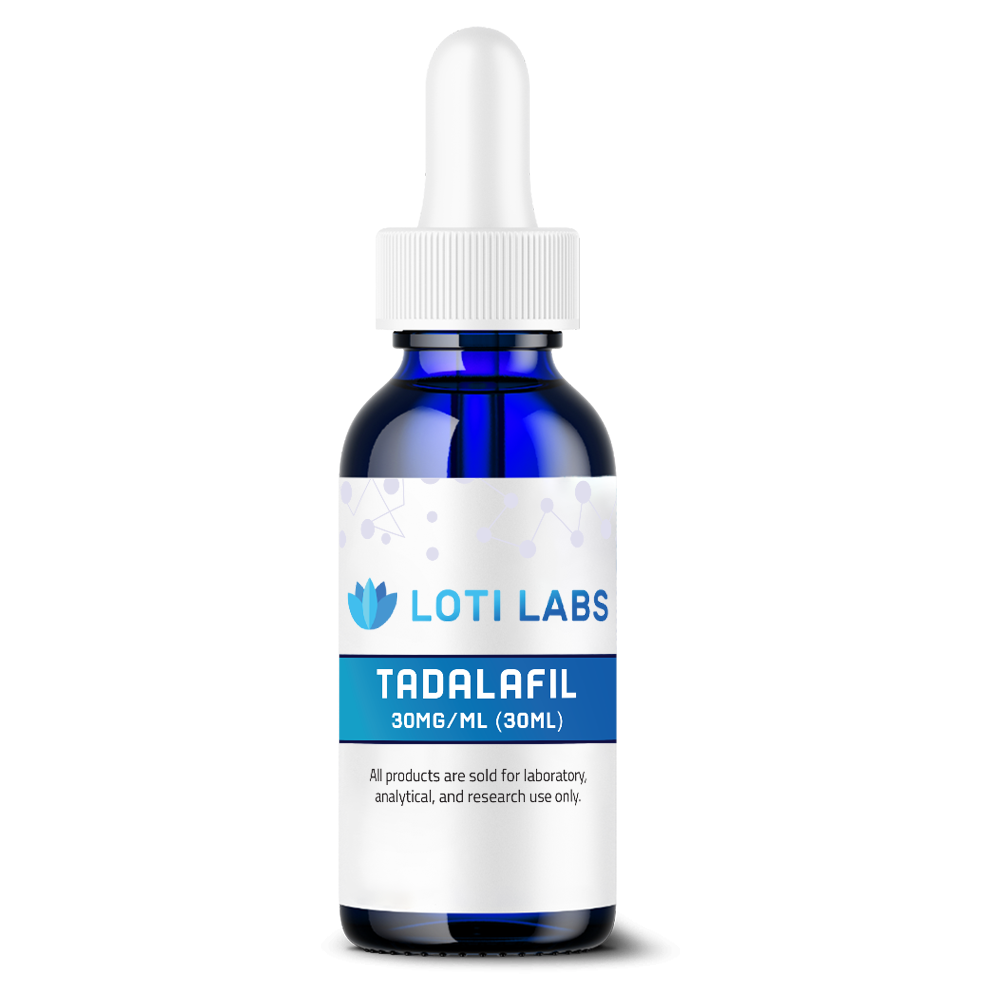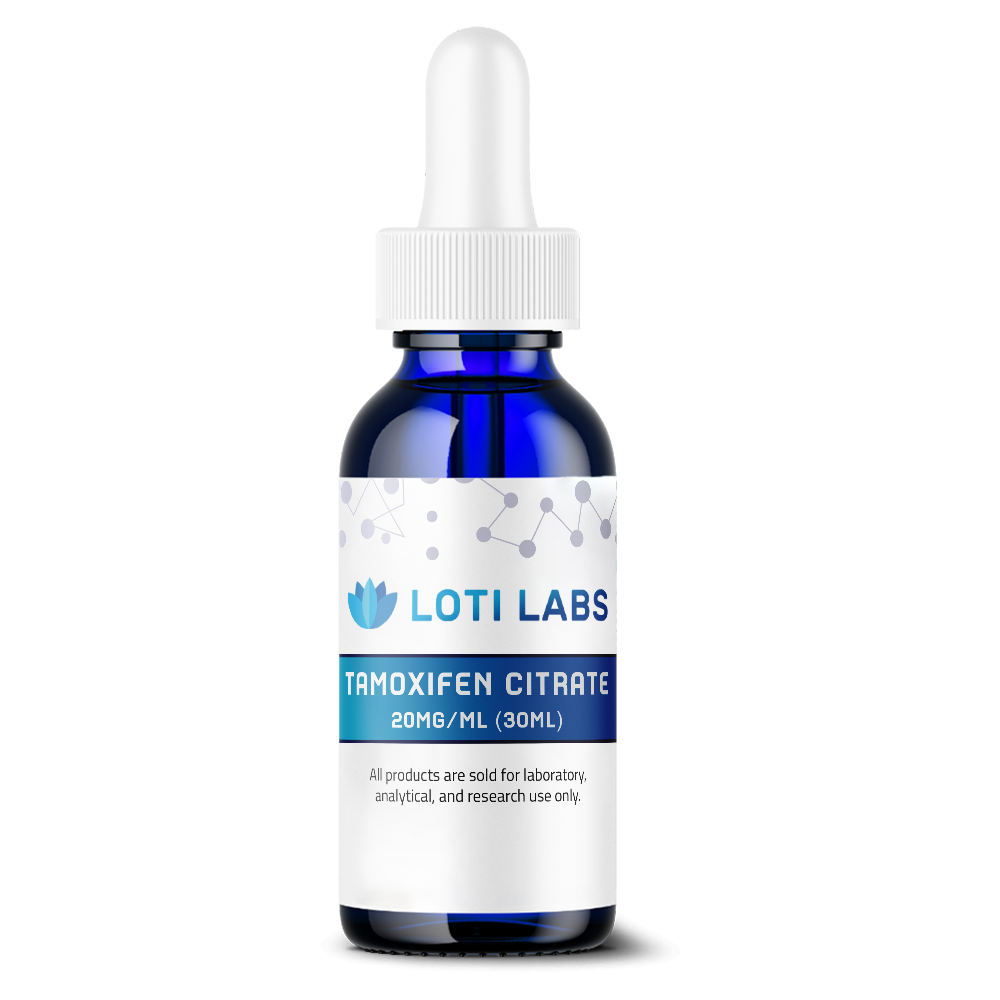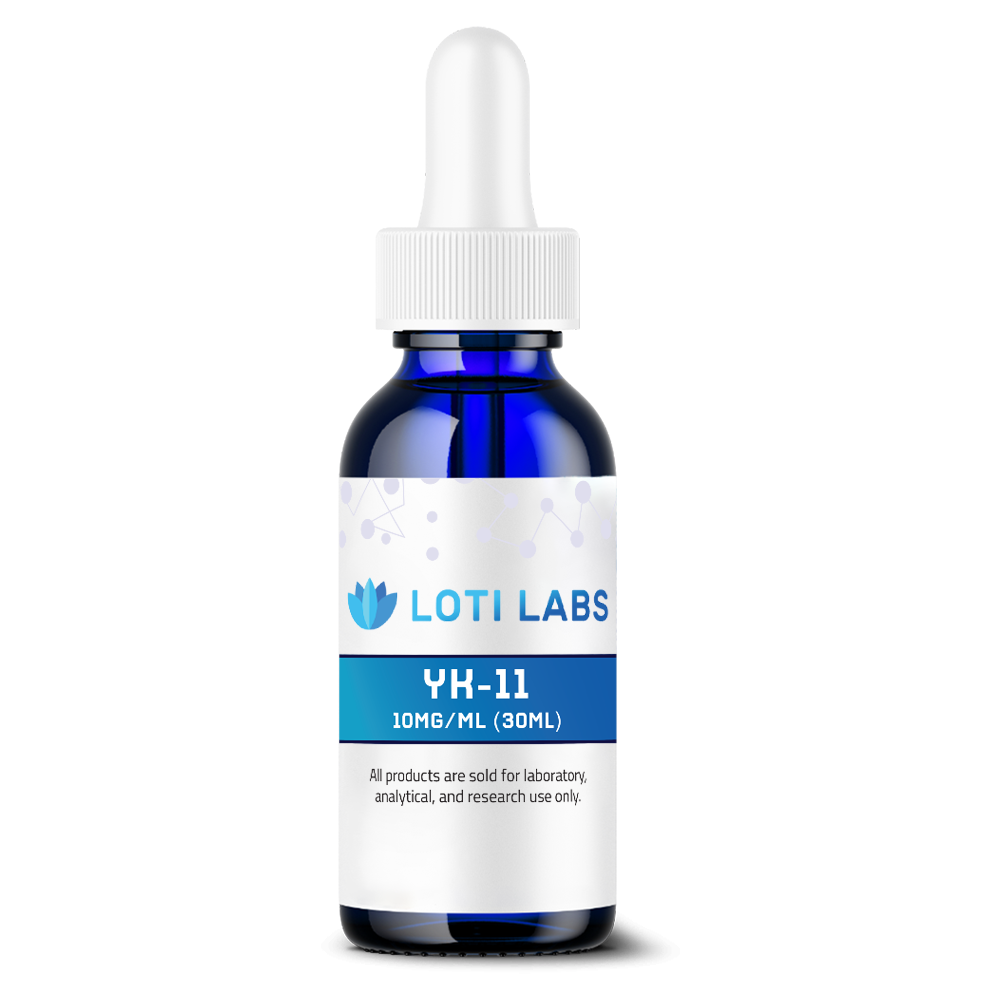-
×
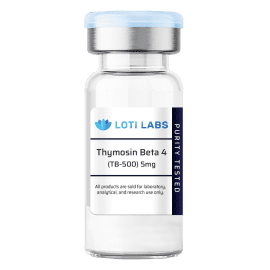 Thymosin Beta 4 (TB-500) 5mg
1 × $49.99
Thymosin Beta 4 (TB-500) 5mg
1 × $49.99
Fragment 176-191 2MG
$32.99
You save
This product is intended as a research chemical only. This designation allows the use of this chemical strictly for in-vitro laboratory testing and experimentation. Human or veterinary use is strictly forbidden. This product is not a drug, food or cosmetic and may not be misbranded, mislabeled or misused as such.
Description


Buy HGH Fragment 176-191 at Loti Labs
Researchers studying fat metabolism pathways and tissue regeneration mechanisms are increasingly looking at HGH Fragment 176-191, a synthetic peptide derived from the C-terminal region of human growth hormone. This specialized research compound allows for the study of lipolytic processes and metabolic pathways in a controlled lab environment. For scientists looking to buy hgh fragment 176 191 for their research protocols, understanding its molecular characteristics, mechanism of action and handling requirements is crucial for successful results.
The fragment 176 191 peptide is a carefully engineered portion of the natural growth hormone molecule, designed to target fat metabolism without the broader systemic effects of full length growth hormone. Research shows this targeted approach allows for more focused studies of adipose tissue function and lipid metabolism pathways, making it a valuable tool for metabolic research applications.
Molecular Structure of HGH Fragment 176-191
The hgh fragment 176 191 consists of a 16 amino acid sequence that corresponds to the C-terminal region of the full hgh molecule. The amino acid sequence is: Tyr-Leu-Arg-Ile-Val-Gln-Cys-Arg-Ser-Val-Glu-Gly-Ser-Cys-Gly-Phe, where the first amino acid, tyrosine, is a modification from the original serine found in natural growth hormone.
Key Molecular Characteristics:
| Property | Value |
|---|---|
| Amino Sequence | Tyr-Leu-Arg-Ile-Val-Gln-Cys-Arg-Ser-Val-Glu-Gly-Ser-Cys-Gly-Phe |
| Molecular Formula | C78H125N23O23S2 |
| Molecular Weight | 1815 g/mol |
| Pubchem CID | 9941957 |
| CAS Number | 221231-10-3 |
The molecular structure has two cysteine amino acids that form disulfide bonds, making the peptide more stable in research environments. This structural feature, combined with the N-terminus modification, makes the fragment more resistant to enzymatic degradation. The two cysteine amino acids create a more robust peptide structure than linear synthetic peptides, allowing for longer stability during experiments.Researchers have found that the substitution of tyrosine for serine at the n terminus greatly improves the peptide’s pharmacokinetic properties in experimental models. This is a major breakthrough in c terminal fragment design as it maintains the biological activity of the original human gh sequence while providing more stability for research use.
Mechanism of Action
HGH Fragment 176-191 has a very specific mechanism of action by interacting with beta-3 adrenergic receptors (β3-AR) found primarily in adipose tissue. Research shows this lipolytic fragment targets these receptors directly, initiating a cascade of cellular events that breaks down fat without affecting blood glucose levels or insulin sensitivity.
The fragment 176 191 peptide activates lipolytic signals by engaging β3-AR, resulting in increased production of secondary messengers within fat cells. This activation increases the expression of both mRNA and protein levels of β3-AR, amplifying the response to endogenous catecholamines. Studies on this mechanism show the peptide increases the sensitivity of adipose tissue to natural fat burning signals produced by the body.
Unlike full length growth hormone, this synthetic peptide does not trigger the hyperglycemic effect associated with human growth hormone administration. Research shows the fragment maintains its lipolytic effect without affecting blood sugar regulation, making it ideal for studying isolated fat metabolism pathways without confounding metabolic variables.
The specificity of this mechanism allows researchers to study lipid metabolism independently of other growth hormone mediated effects. Experimental models show the peptide maintained consistent activity over extended research periods, suggesting stable receptor binding and cellular response throughout chronic treatment protocols.
Research Studies
Extensive research in murine models has provided valuable information on the effects of HGH Fragment 176-191 on metabolic processes and tissue repair mechanisms. Studies in obese mice showed significant changes in adipose tissue function after 3 weeks of treatment with this research compound.
Metabolic Research Findings
In obese mice models, researchers saw up to 50% weight gain reduction compared to control groups that received saline injections. The studies showed higher β3-AR expression in treated animals, comparable to lean subjects. Importantly, when the same protocol was applied to lean mice, minimal weight change was observed, suggesting the peptide’s effect may be more pronounced in subjects with higher baseline adipose tissue.Research shows the fragment 176 191 peptide increases energy expenditure through fat breakdown without affecting muscle tissue metabolism. The number of activated lipolytic pathways in treated subjects correlated with improved metabolic health markers, but researchers noted these effects were more pronounced in animals with pre-existing metabolic challenges.
Summers RJ and colleagues found the peptide’s effect on endogenous catecholamine sensitivity resulted in sustained fat metabolism improvement. Their research showed chronic treatment protocols maintained effectiveness without receptor tolerance, a finding that supports the compound’s use for extended research.
Cartilage Regeneration Studies
Beyond metabolic research, studies on cartilage regeneration have shown interesting applications for HGH Fragment 176-191 in tissue repair research. Research using a rabbit osteoarthritis model showed promising results when the peptide was injected intra articularly, especially when combined with hyaluronic acid.
In these studies, researchers induced knee osteoarthritis using type ii collagenase and then treated subjects with various formulations. Groups receiving HGH Fragment 176-191 with hyaluronic acid had lower cartilage damage scores compared to controls. Gross morphological examination showed better cartilage integrity, with histopathological scores indicating less tissue degradation.
The lameness period in treated subjects was shorter compared to control groups, indicating faster recovery. Ogru E and colleagues found that animals receiving the peptide treatment had lower inflammatory markers and enhanced tissue repair mechanisms throughout the study.
These findings suggest potential applications for the peptide in cartilage biology research, but researchers noted translation to clinical use would require further investigation. The combination with hyaluronic acid seemed to enhance the peptide’s tissue repair effect, possibly through synergistic mechanisms affecting cellular regeneration pathways.
Storage and Safety
Proper handling and storage of HGH Fragment 176-191 requires following specific protocols to maintain peptide integrity and research validity. The compound is usually supplied in lyophilized powder form which provides optimal stability for long term storage and shipping.
Storage Requirements
- Lyophilized powder: Store at -20°C for long term stability
- Reconstituted solution: Store at 2-8°C immediately after preparation
- Stability period: Reconstituted peptide is stable for approximately 30 days when stored properly
- Reconstitution medium: Use bacteriostatic water for best results
Laboratory Protocols
Standard protocols use concentrations of 250-500 mcg per injection, but specific experimental designs may require protocol modifications based on research goals. All handling should be done with sterile technique to prevent contamination and ensure experimental validity.
Researchers should prepare working solutions immediately before use if possible, as repeated freeze-thaw cycles can damage the peptide. When working with this research compound, maintain proper laboratory safety equipment and protocols throughout all experimental procedures.
The peptide is stable for various experimental timelines, allowing researchers to design both acute and chronic treatment studies. However, consistent storage conditions are critical for reproducible results.
Why Buy from Loti Labs
When researchers need to buy hgh fragment 176 191 for their research, Loti Labs offers research-grade compounds that meet the high standards required for scientific use. We guarantee that each vial contains precisely characterized material for rigorous research protocols.
Quality Standards
Loti Labs manufactures HGH Fragment 176-191 to 99% purity, verified through rigorous testing protocols. Each production batch is tested in controlled manufacturing environments to minimize contamination and ensure product consistency.
Our synthetic peptides are available in 5mg and 10mg vials, so researchers can choose the right quantity for their experiments. Each vial comes with detailed Certificates of Analysis (COA) that show molecular weight, purity, and amino acid sequence.
Manufacturing
The production process uses advanced peptide synthesis techniques and purification methods to remove impurities and truncated sequences. This attention to detail ensures researchers receive compounds with consistent biological activity across different production lots.
Quality control includes verification of the complete amino acid sequence, confirmation of proper disulfide bond formation between cysteine residues, and overall structural integrity. These testing protocols give researchers confidence in their experimental materials.
Research Support
We know researchers need product information for their studies, so we provide extensive documentation for each HGH Fragment 176-191 batch. This includes analytical data, storage recommendations, and handling guidelines for research use.
Our technical support team understands the unique needs of peptide research and can help with storage, handling, and experimental considerations. This support ensures researchers can get the most out of their research materials while maintaining experimental integrity.
Products from Loti Labs are for Research Use Only
All HGH Fragment 176-191 products sold by Loti Labs are for in-vitro laboratory research use only. This classification ensures compliance with regulations while allowing legitimate scientific research into metabolic pathways and tissue repair mechanisms.
The research-only designation means these products are for laboratory testing and experimentation only under controlled conditions. Human or veterinary use is strictly prohibited and researchers must maintain records of their research protocols and applications.
This classification allows researchers to get high quality materials for their research while being in compliance with regulations. The product cannot be repurposed as a therapeutic agent, nutritional supplement or cosmetic ingredient under any circumstances.
Researchers using these materials must maintain proper safety protocols and ensure all personnel handling the products understand the research-only limitations. Proper laboratory practices including waste disposal and contamination prevention are essential for safe and compliant research.
Loti Labs Shipping Policy
Loti Labs offers expedited shipping to meet the time sensitive needs of research laboratories. Orders placed before 1pm EST Monday through Friday are shipped same day. Orders placed after 1pm EST or on weekend are shipped next business day. This consistent shipping schedule allows researchers to plan their experiments with confidence.
All shipments use proper packaging to maintain product integrity during transport. Temperature sensitive products receive special handling to ensure storage requirements are met during shipping.
30 Day Satisfaction Guarantee
We understand the importance of reliable research materials so we offer a 30 day satisfaction guarantee on all products. Researchers can return unopened products within this timeframe for a full refund of the purchase price.
This guarantee reflects our confidence in product quality and our commitment to your research success. The policy gives researchers peace of mind when ordering materials for critical experiments.
Returns must be in original packaging and storage conditions to ensure product integrity. Our customer service team can provide instructions on return procedures and requirements for different product types.
Third Party Testing of Every Batch
Every batch of HGH Fragment 176-191 is third party tested using HPLC and mass spectrometry. This independent verification confirms amino acid sequence, purity and structural integrity before product release.
The testing verifies each batch meets purity specifications and has the correct molecular structure. These analytical methods can detect impurities, truncated sequences and other quality issues that could impact research results.Researchers get access to the analytical data for their specific product batch so they can have transparency and documentation for their research records. This independent verification ensures scientists can rely on consistent high quality materials for their research.
The HPLC analysis confirms the 16-amino acid sequence and detects any byproducts or degradation products. Mass spectrometry verification confirms molecular weight and peptide identity.
Summary
HGH Fragment 176-191 is a research tool to study fat metabolism, lipid breakdown pathways and tissue repair mechanisms in controlled laboratory settings. The peptide targets β3-adrenergic receptors in adipose tissue and has enhanced stability making it suitable for metabolic research.
Research from multiple models shows the compound can advance our understanding of lipolytic processes and cartilage regeneration pathways. The fragment promotes fat breakdown without affecting blood glucose and is a tool to study isolated metabolic processes.
For scientists looking to buy hgh fragment 176 191 for their research protocols Loti Labs offers research grade materials that meet the high standards required for reproducible scientific research. Our quality, testing and regulatory compliance ensures researchers get the materials they need for their research.
The combination of quality control, testing protocols and research focused customer support makes Loti Labs the go to source for HGH Fragment 176-191 and other research peptides. Whether studying metabolic pathways, tissue repair mechanisms or new nutraceutical ingredient development researchers can rely on our products to support their research.
To order HGH Fragment 176-191 for your research visit Loti Labs today and see the difference quality research materials can make in your results.
For more information on AOD9604 Fragment 176-191 please visit Pubmed.
| Weight | 0.0099 lbs |
| Appearance | Fine White Lyophilized Powder |
| Residue Sequence | Tyr-Leu-Arg-Ile-Val-Gln-Cys-Arg-Ser-Val-Glu-Gly-Ser-Cys-Gly-Phe |
| Solubility | 100 µg/mL sterile diluent (distilled de-ionized water) |
| Source | Biosynthetic production |
| Stability | Lyophilized protein is to be stored at -20°C. It is recommended to divide the remaining reconstituted peptide into multiple vials so as to avoid a cycle of freezing and thawing. Reconstituted protein can be stored at 4°C. |
| Molar Mass | 1815.08 g/mol |
| CAS Number | 221231-10-3 |
| PubChem | CID 71300630 |
| Molecular Formula | C78H123N23O23S2 |
| MG | 2mg |
| Terms | This product is sold for research/laboratory usage only. No other uses are permited. |
Additional information
| Weight | 0.03125 lbs |
|---|
